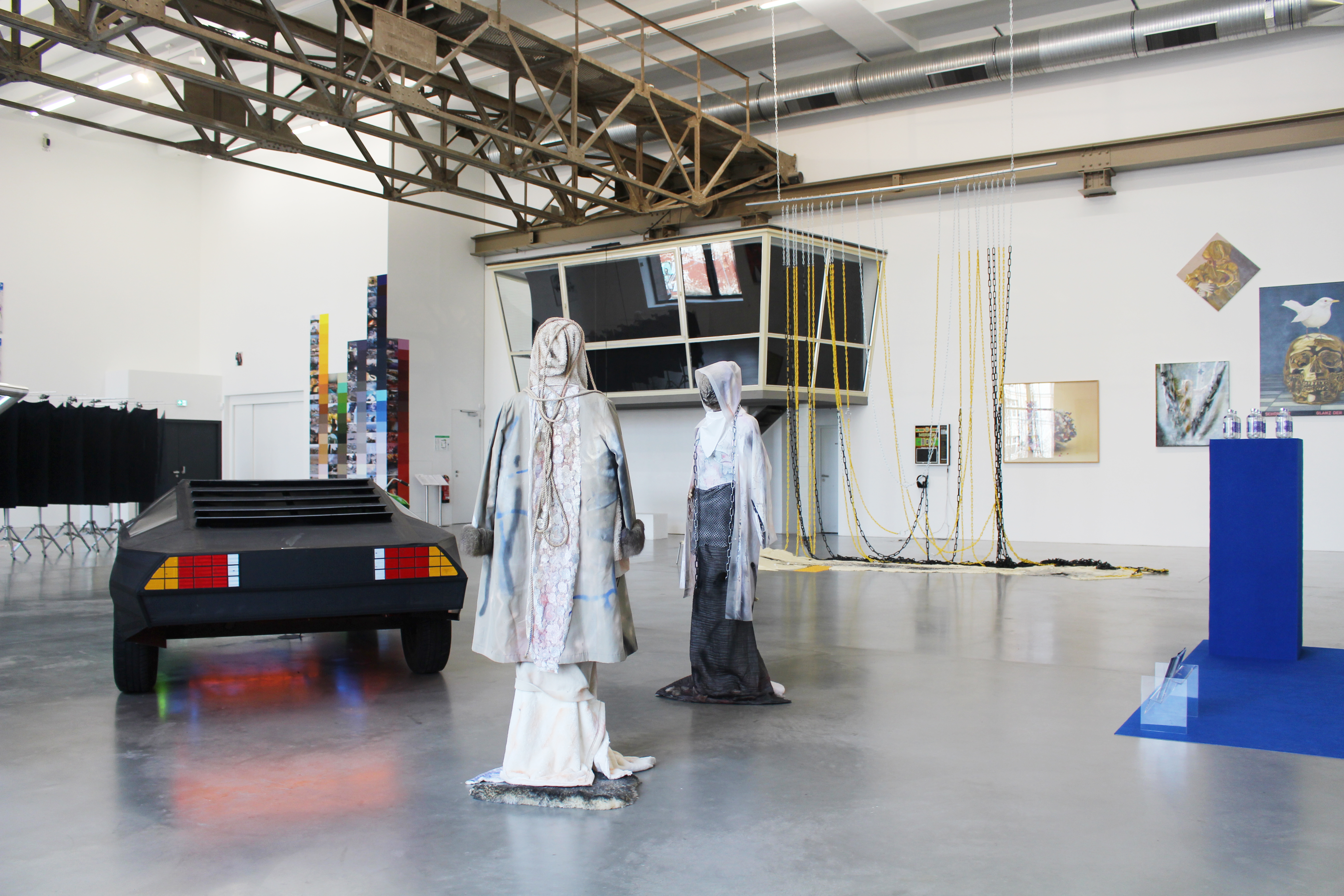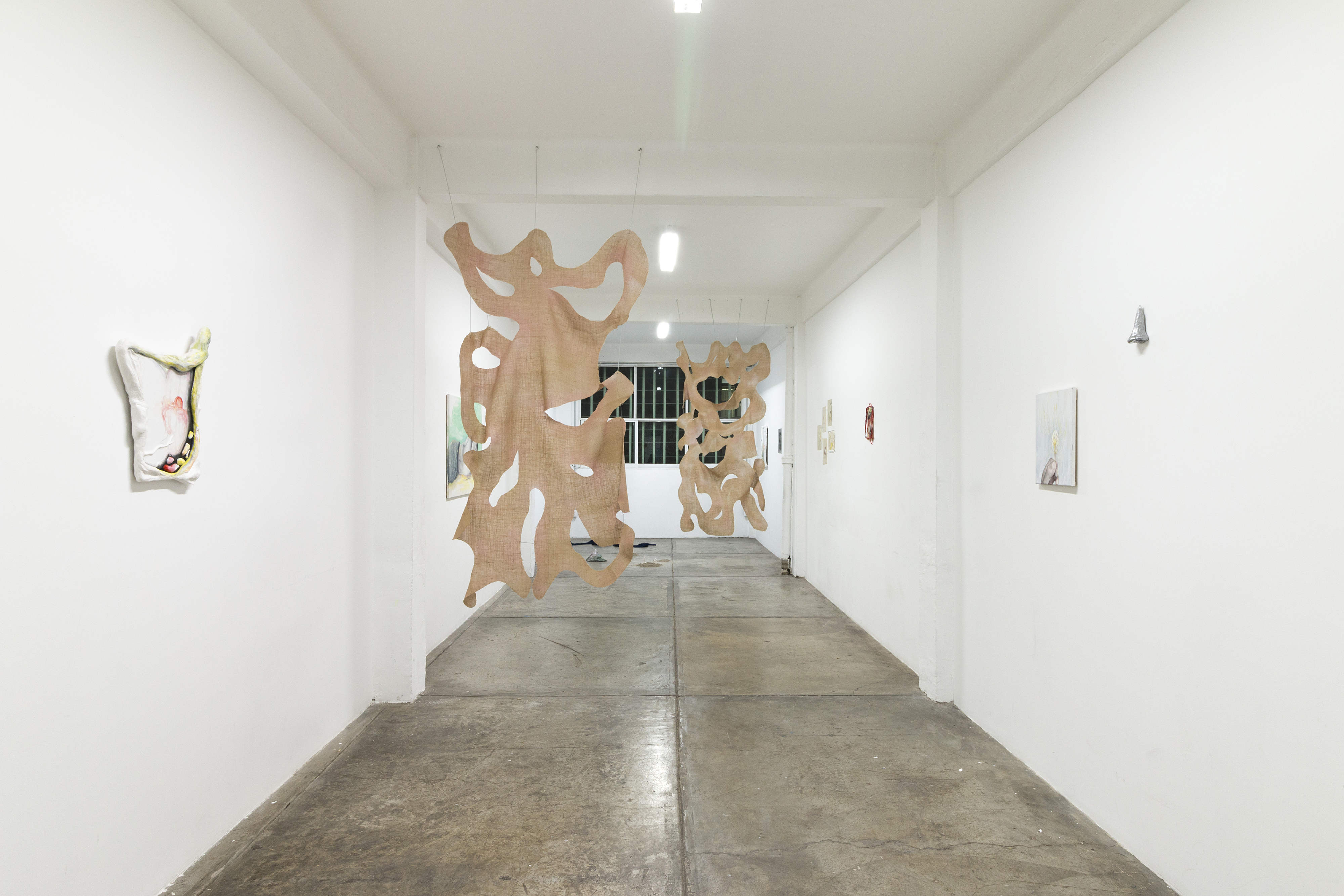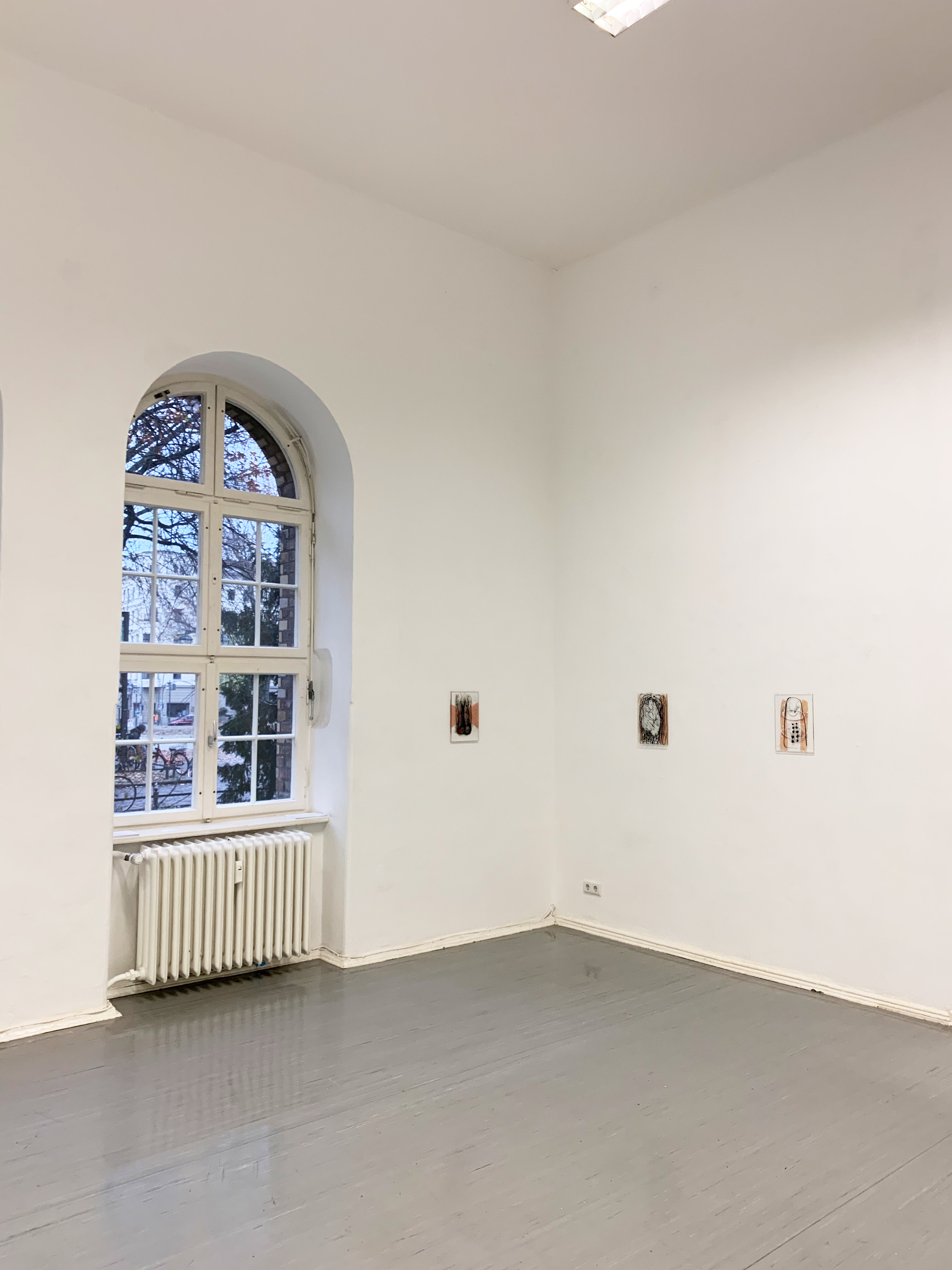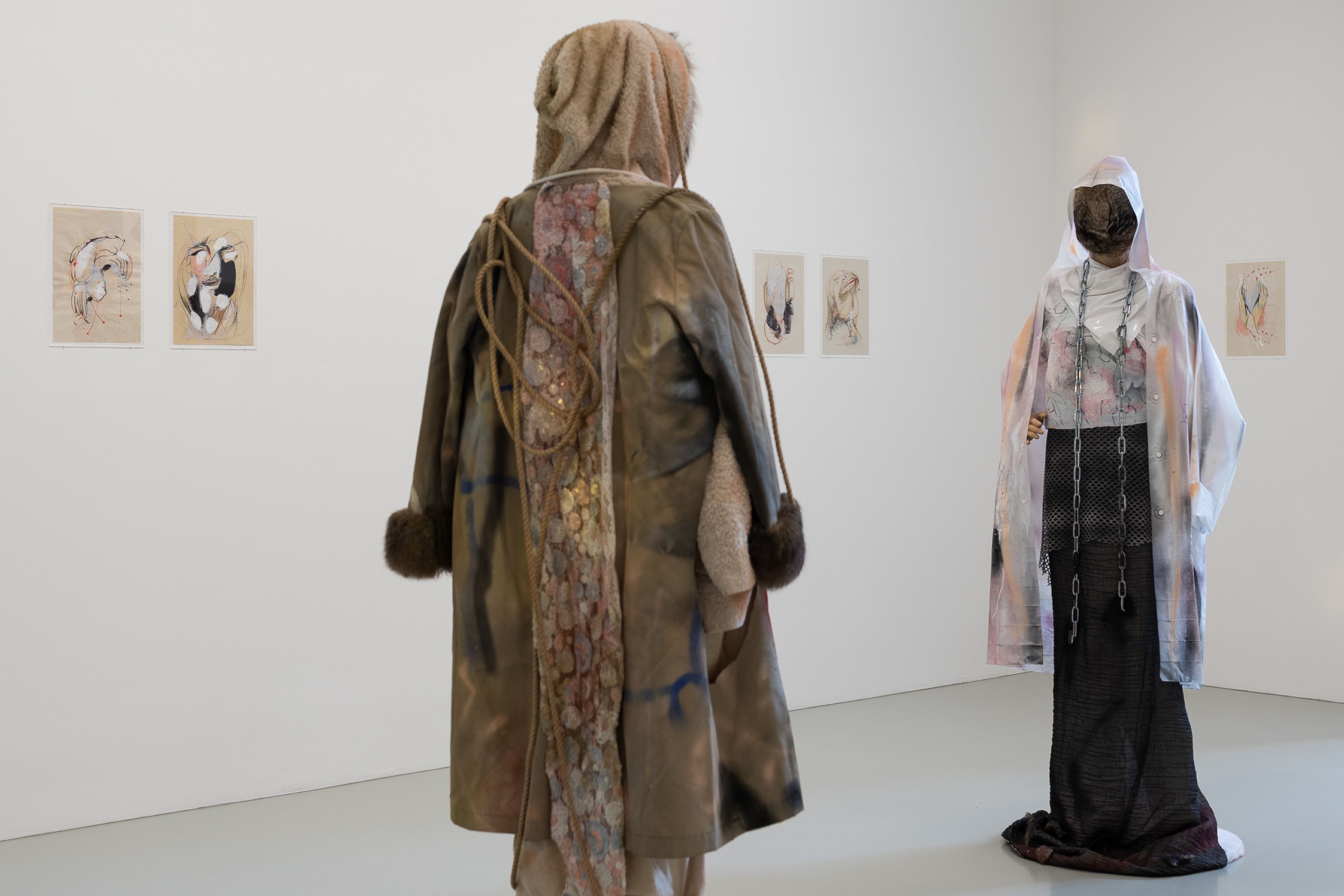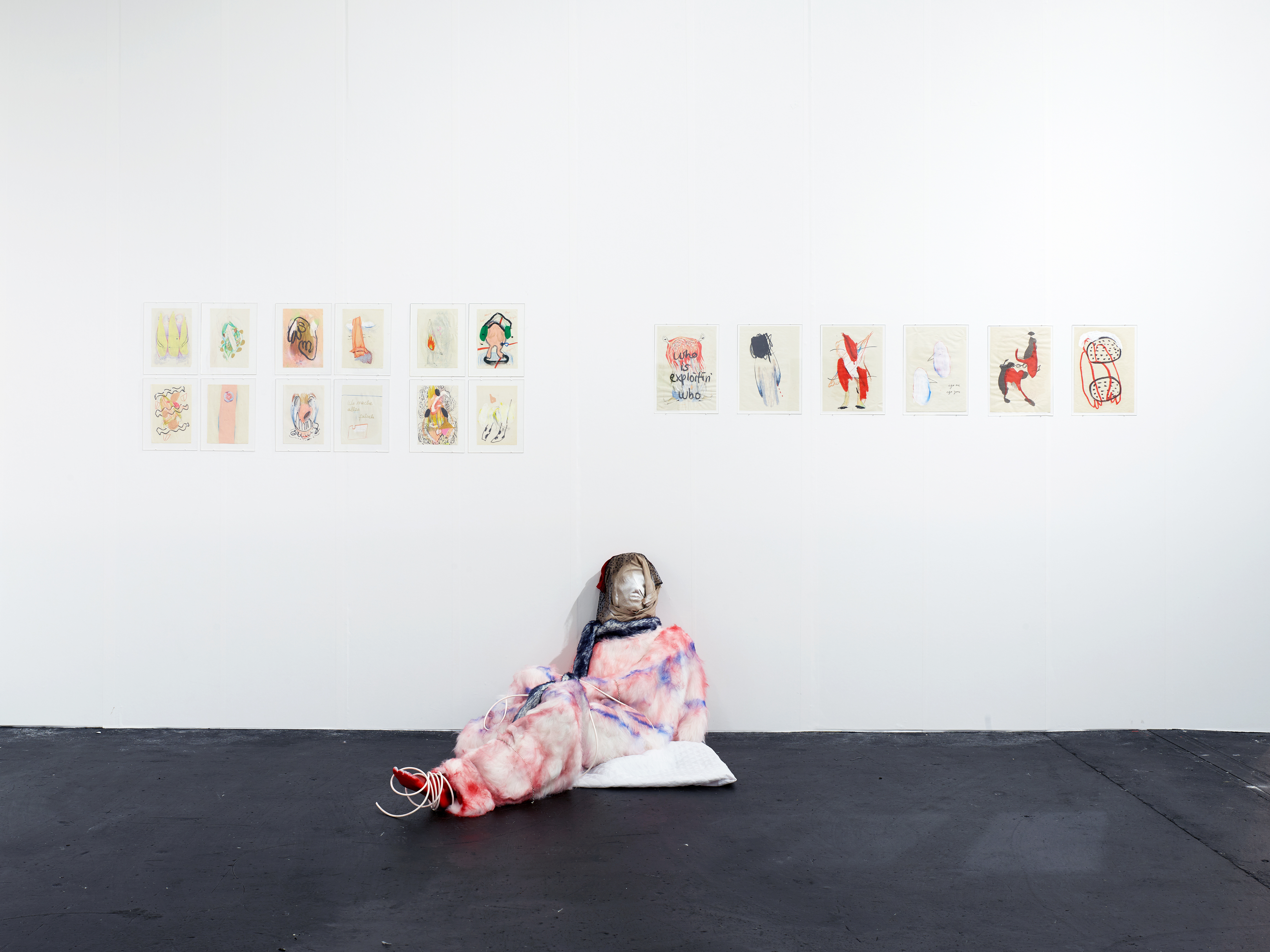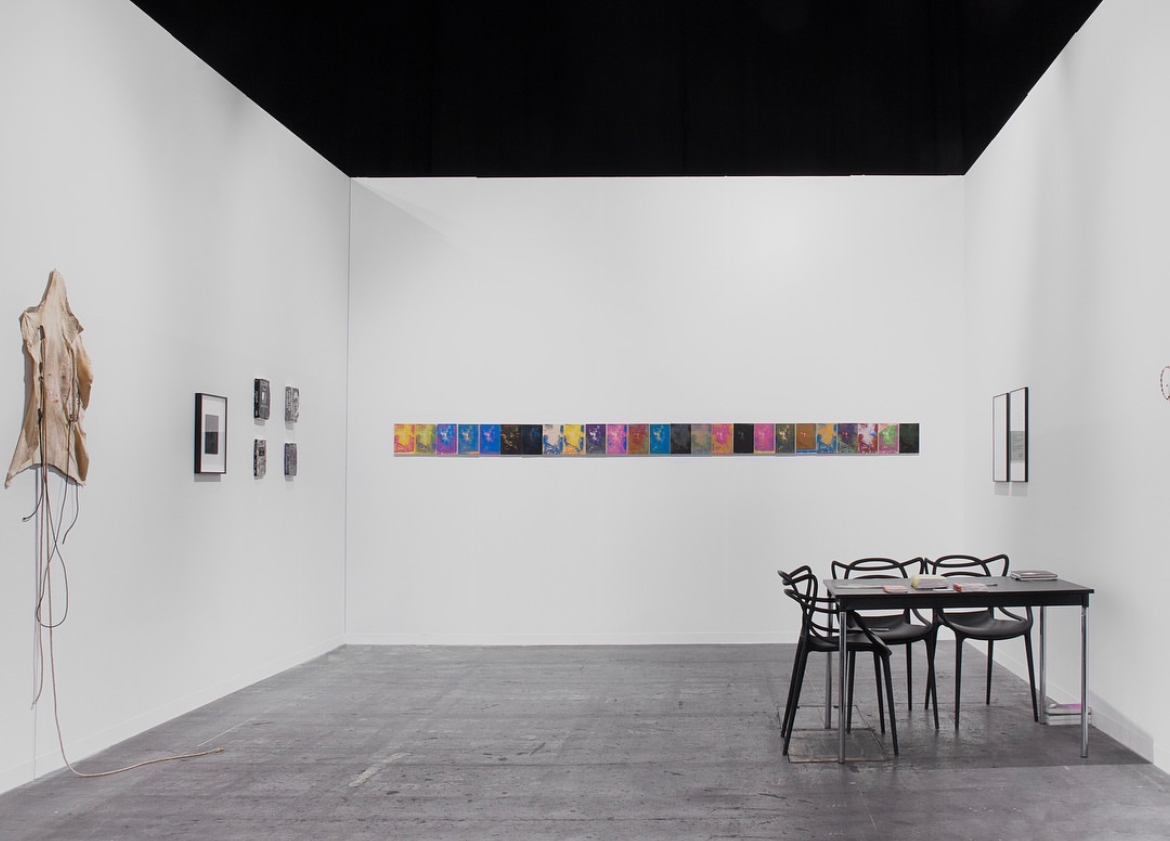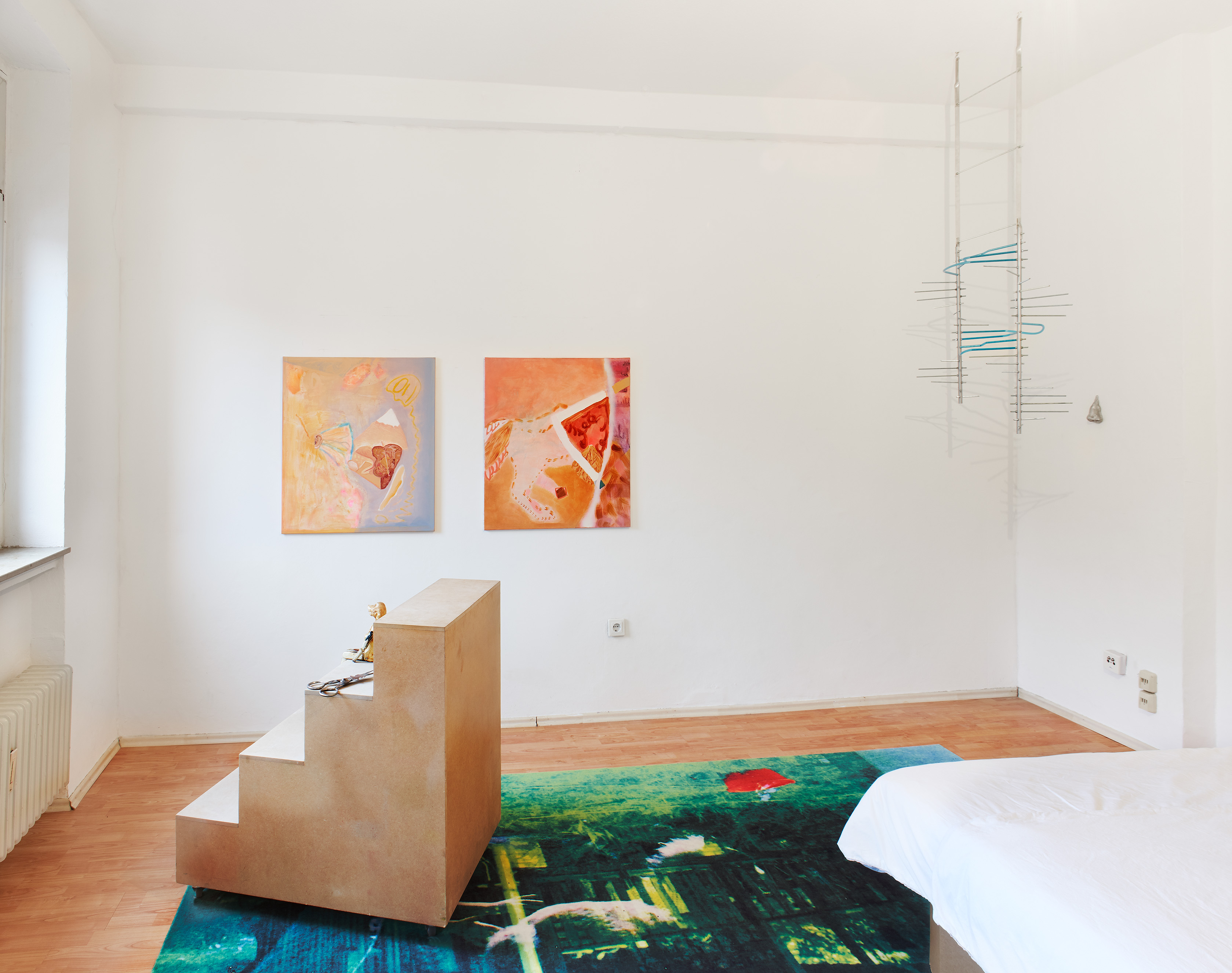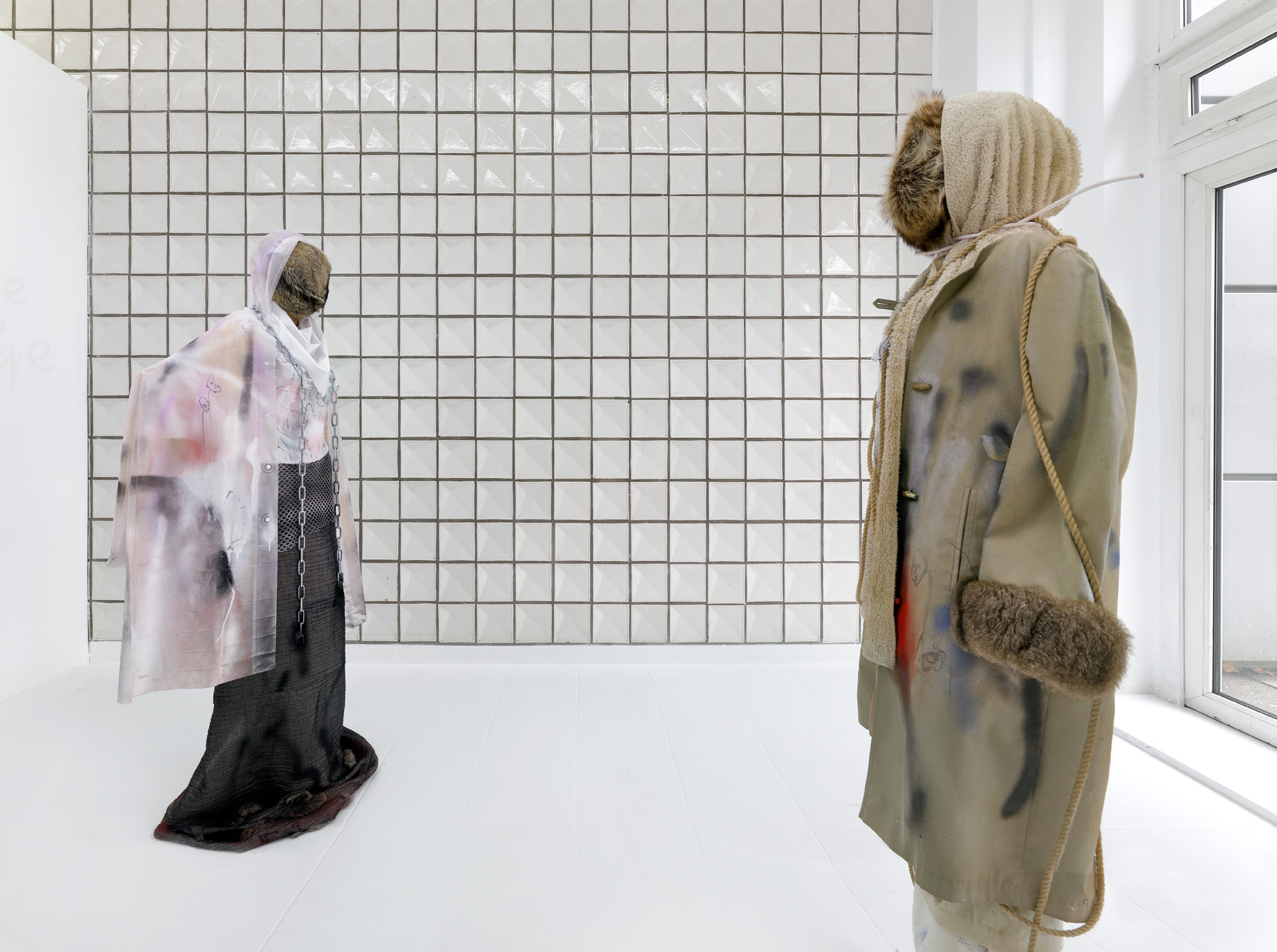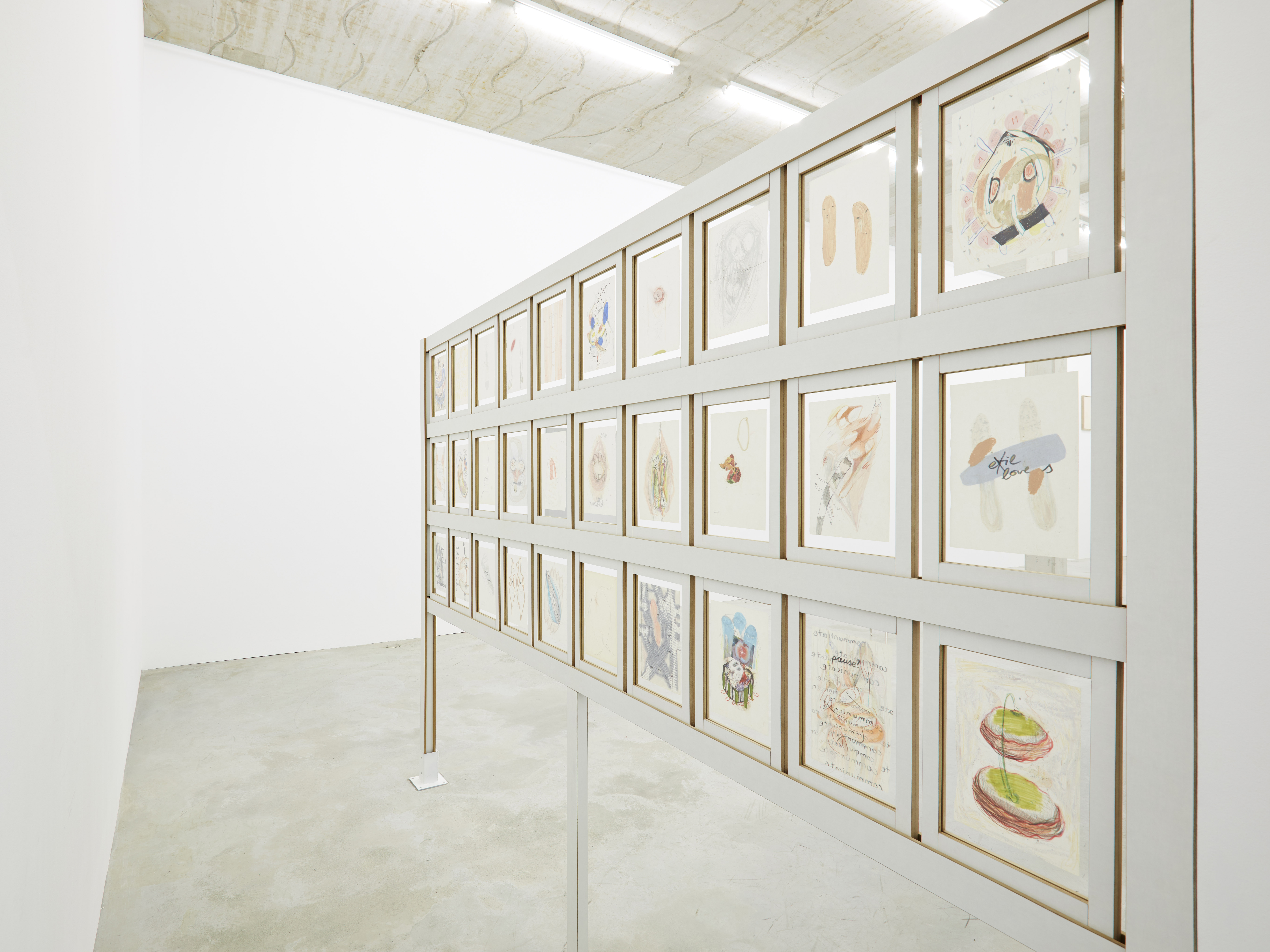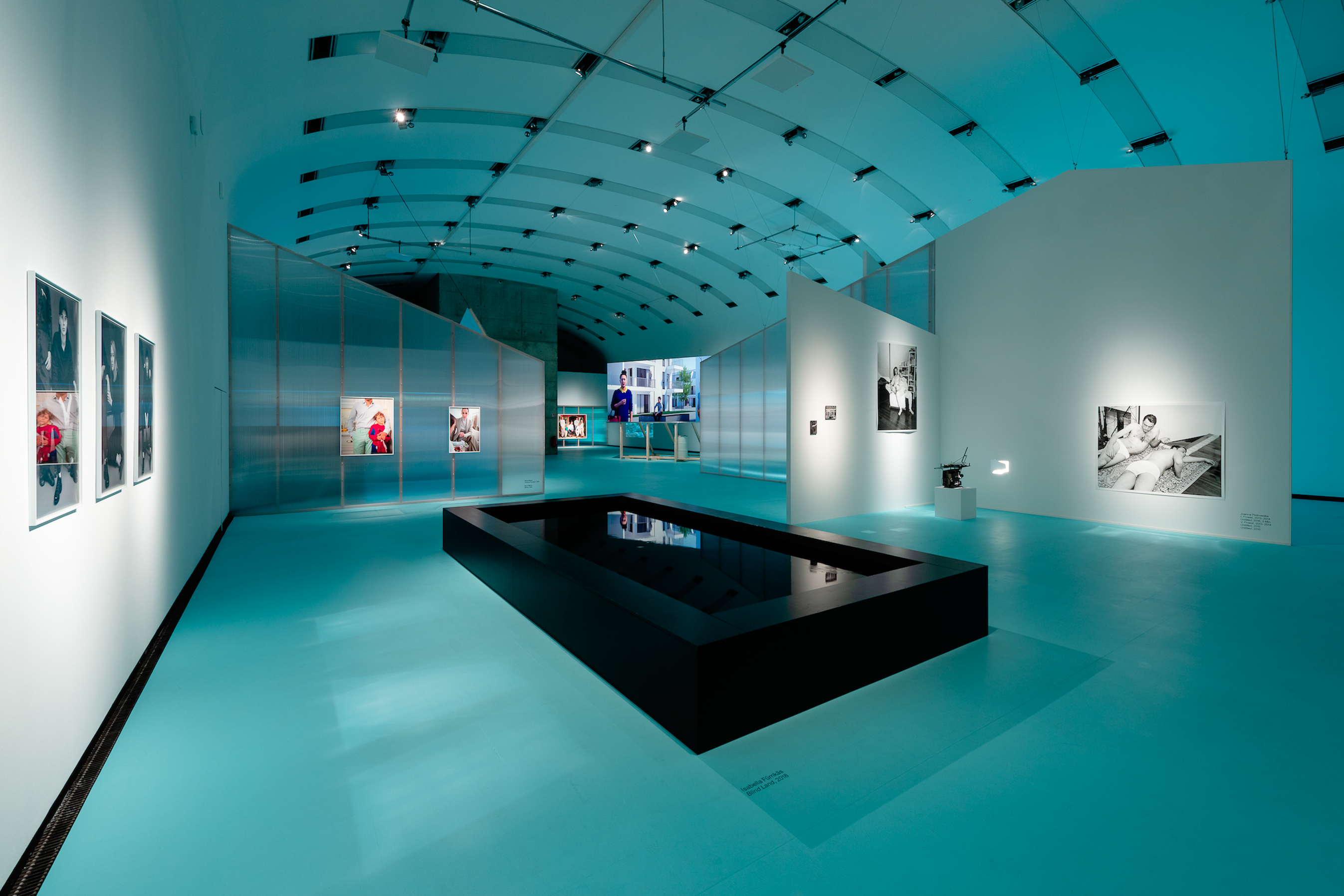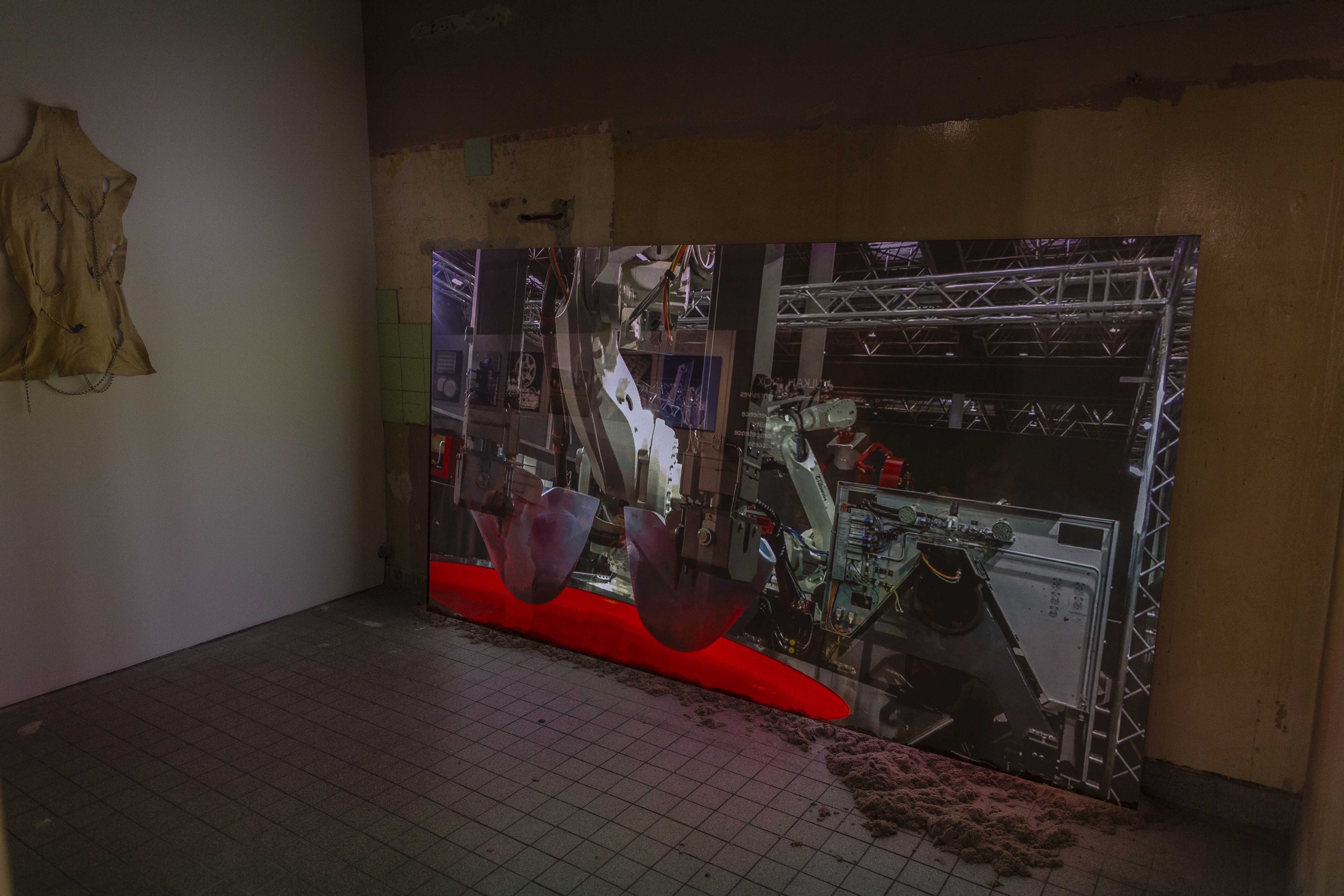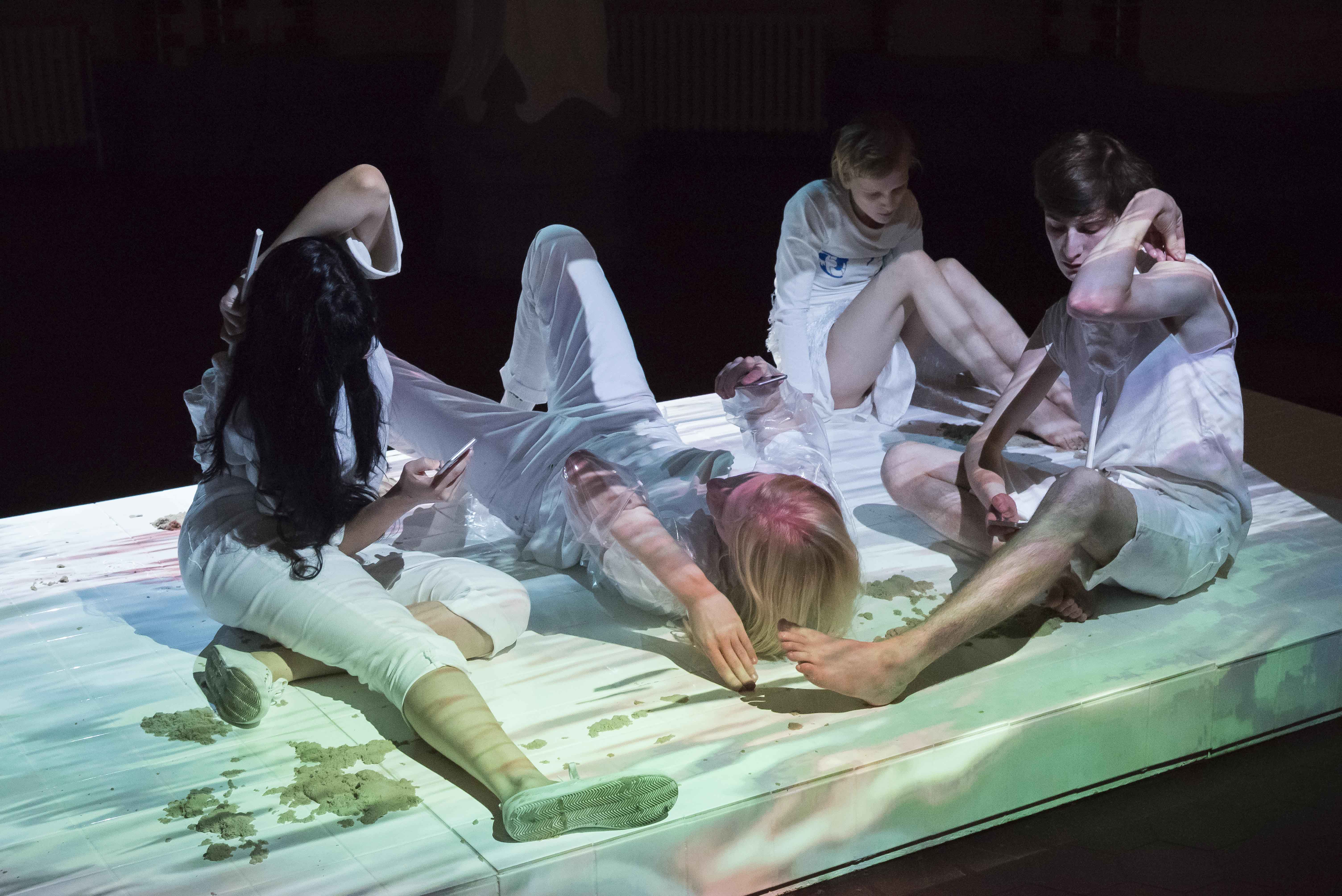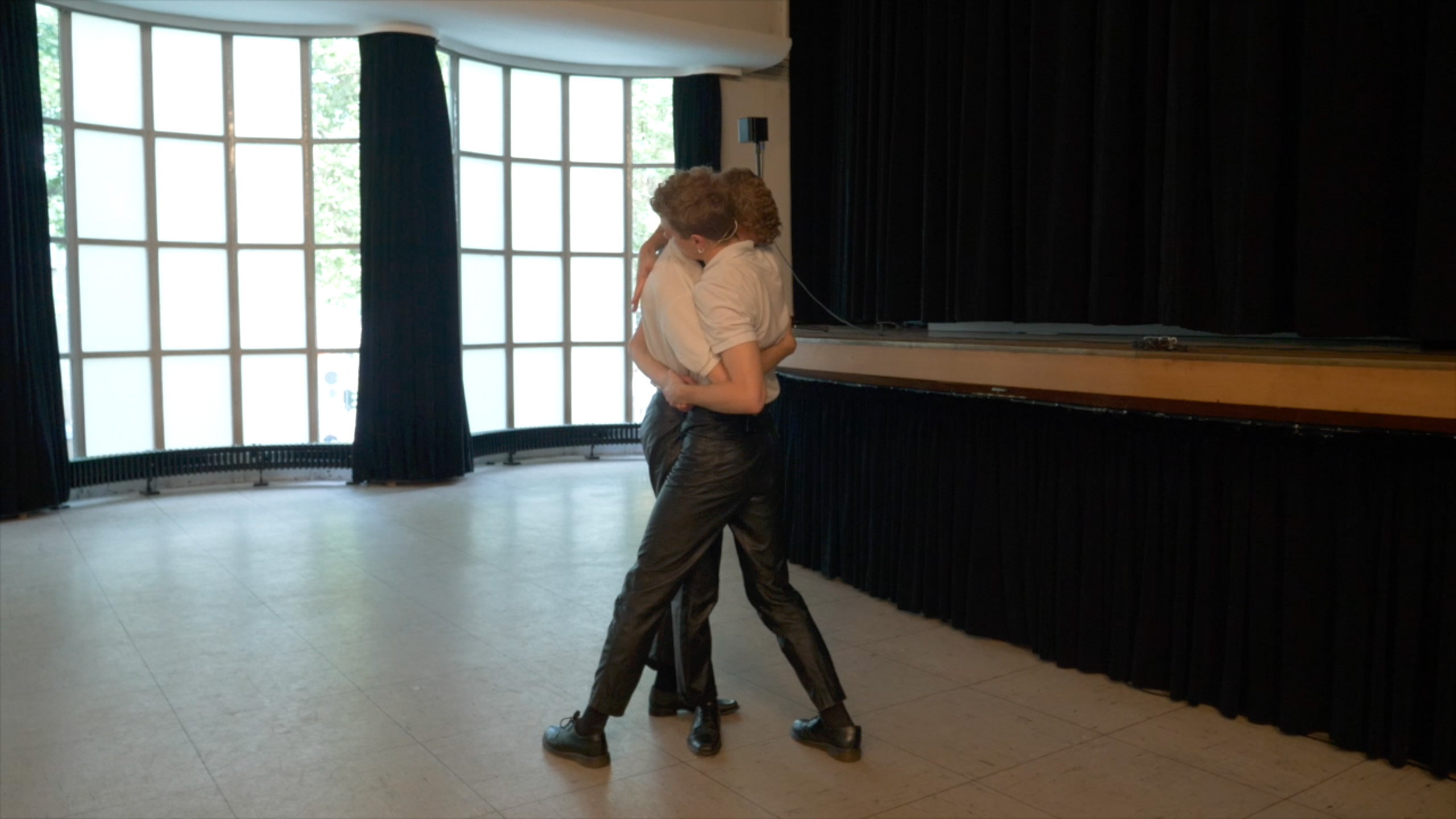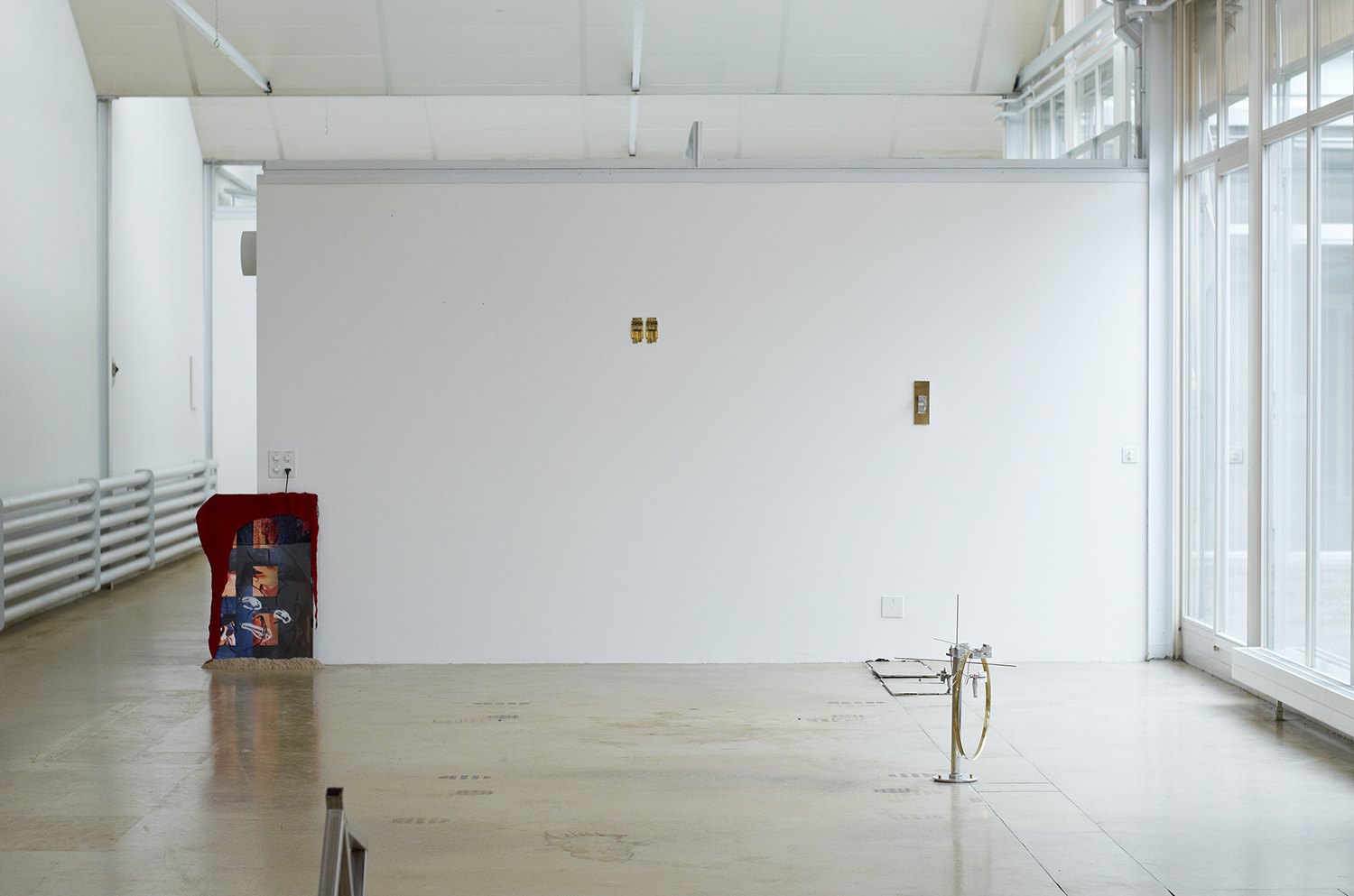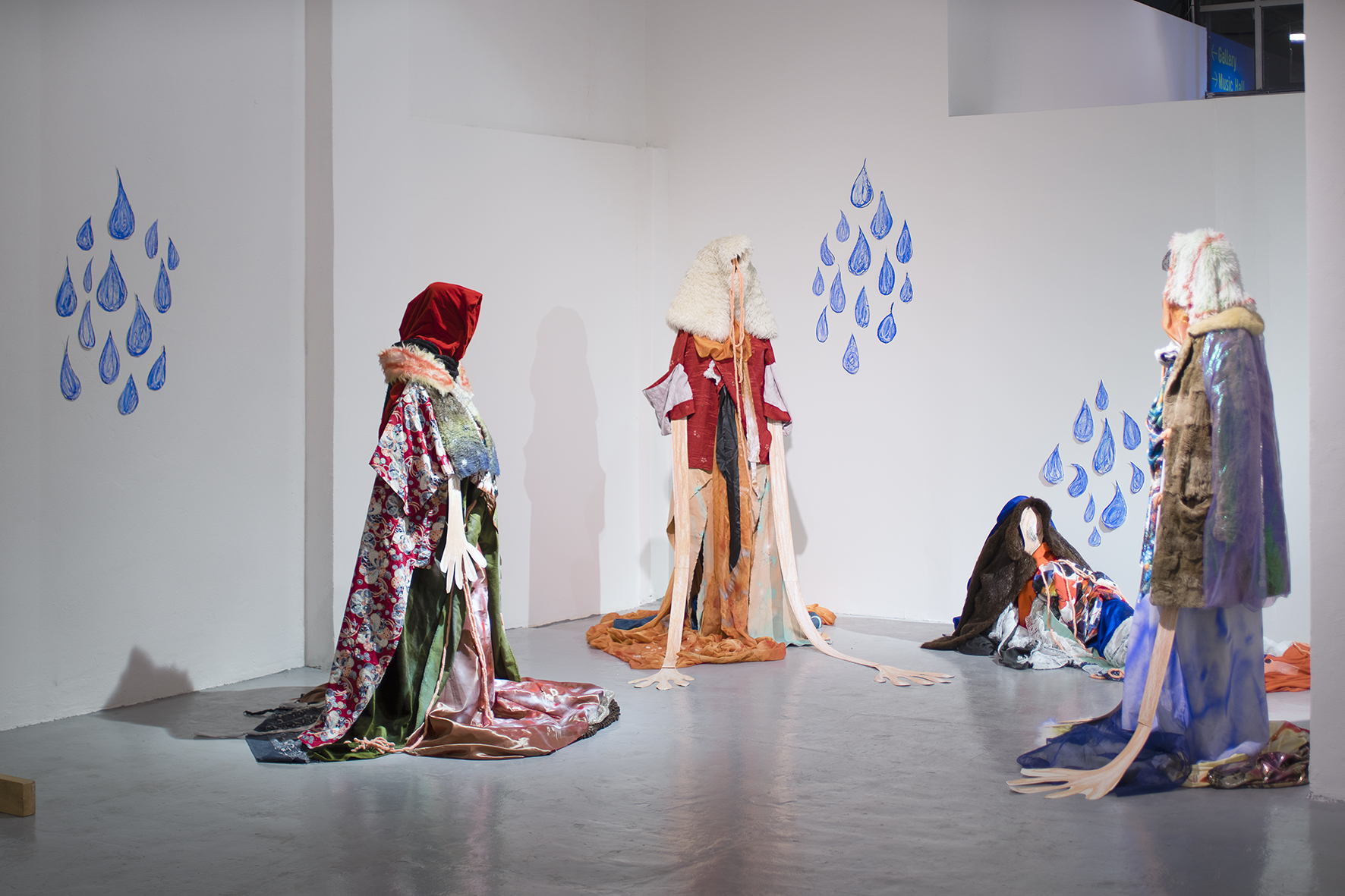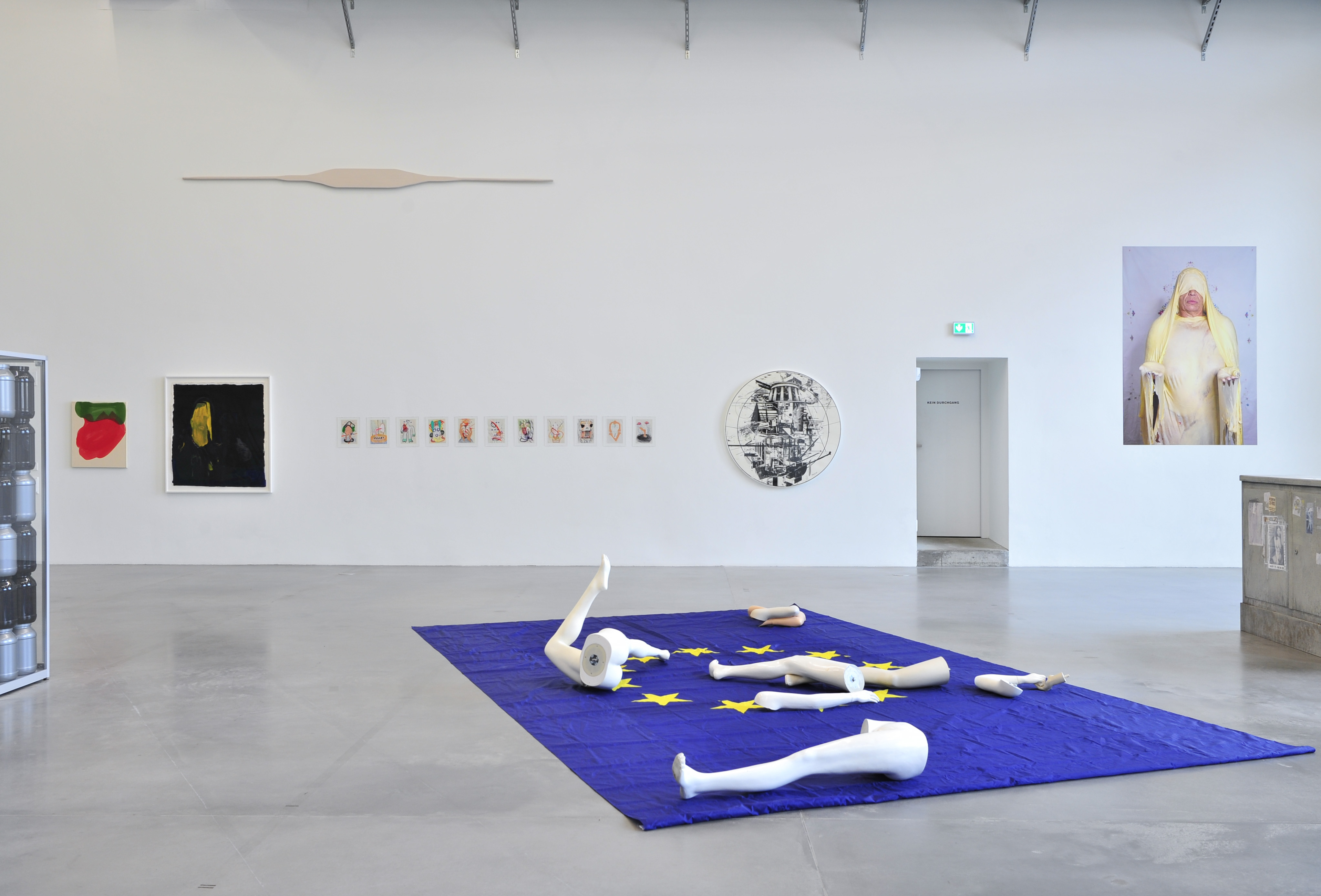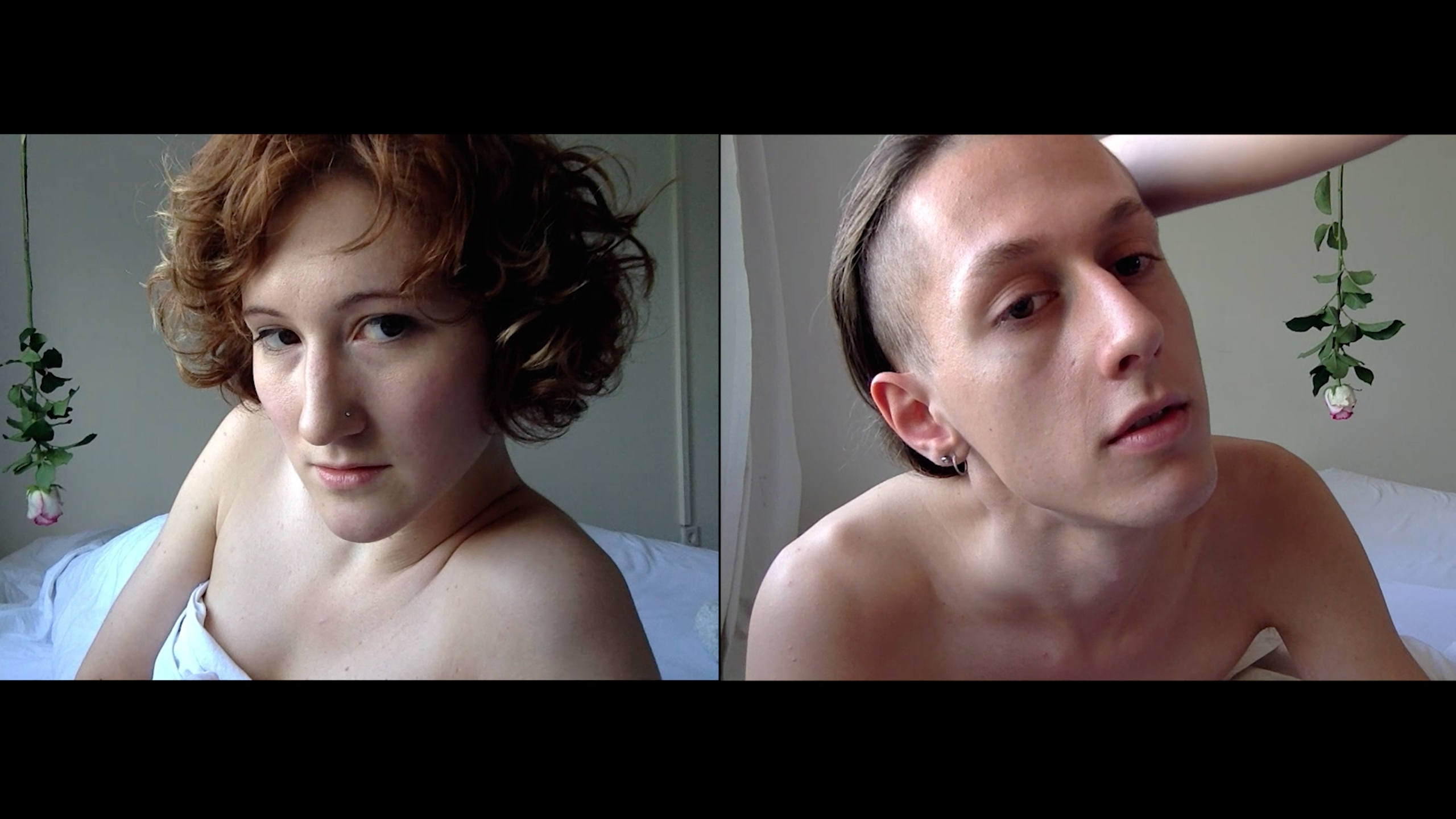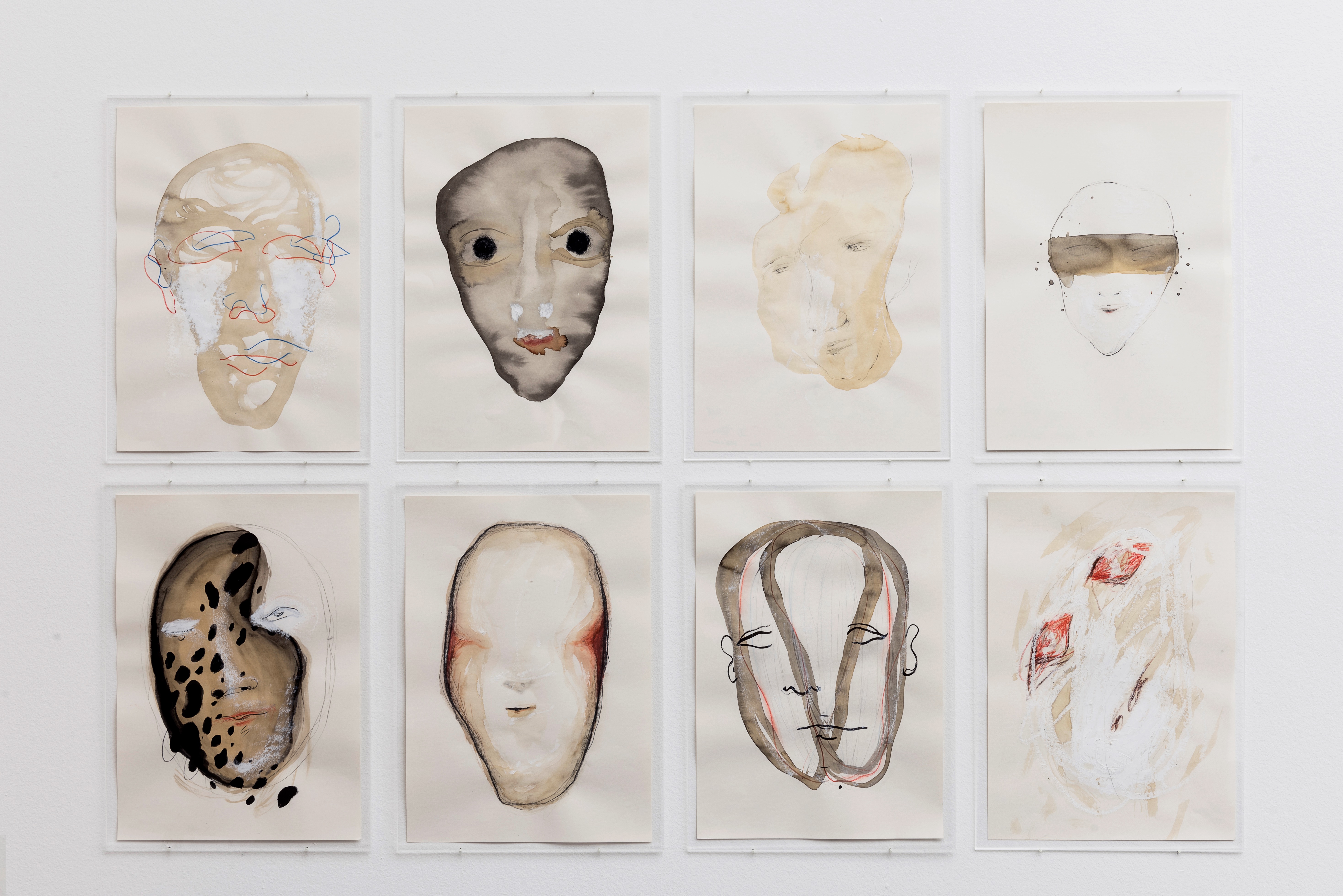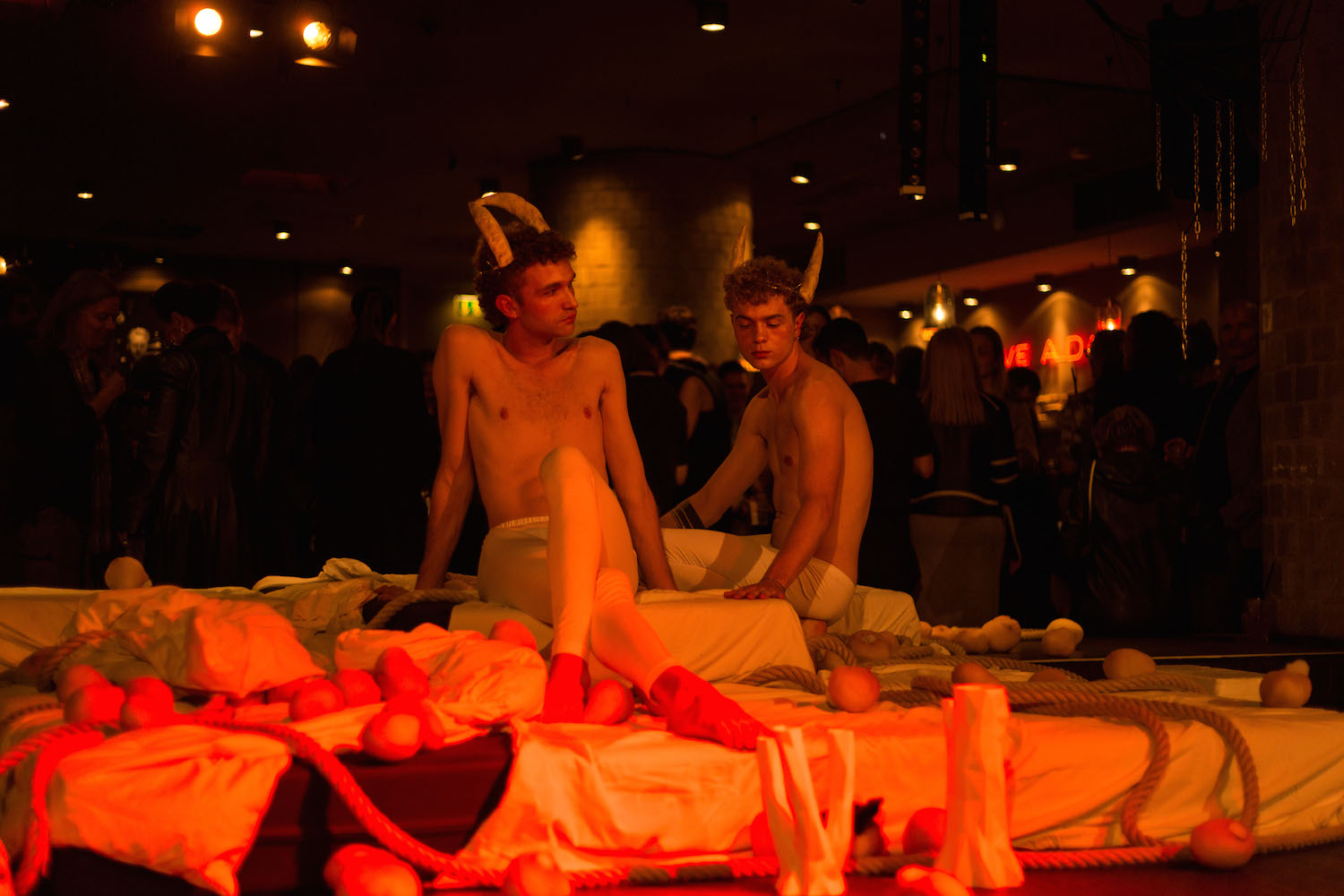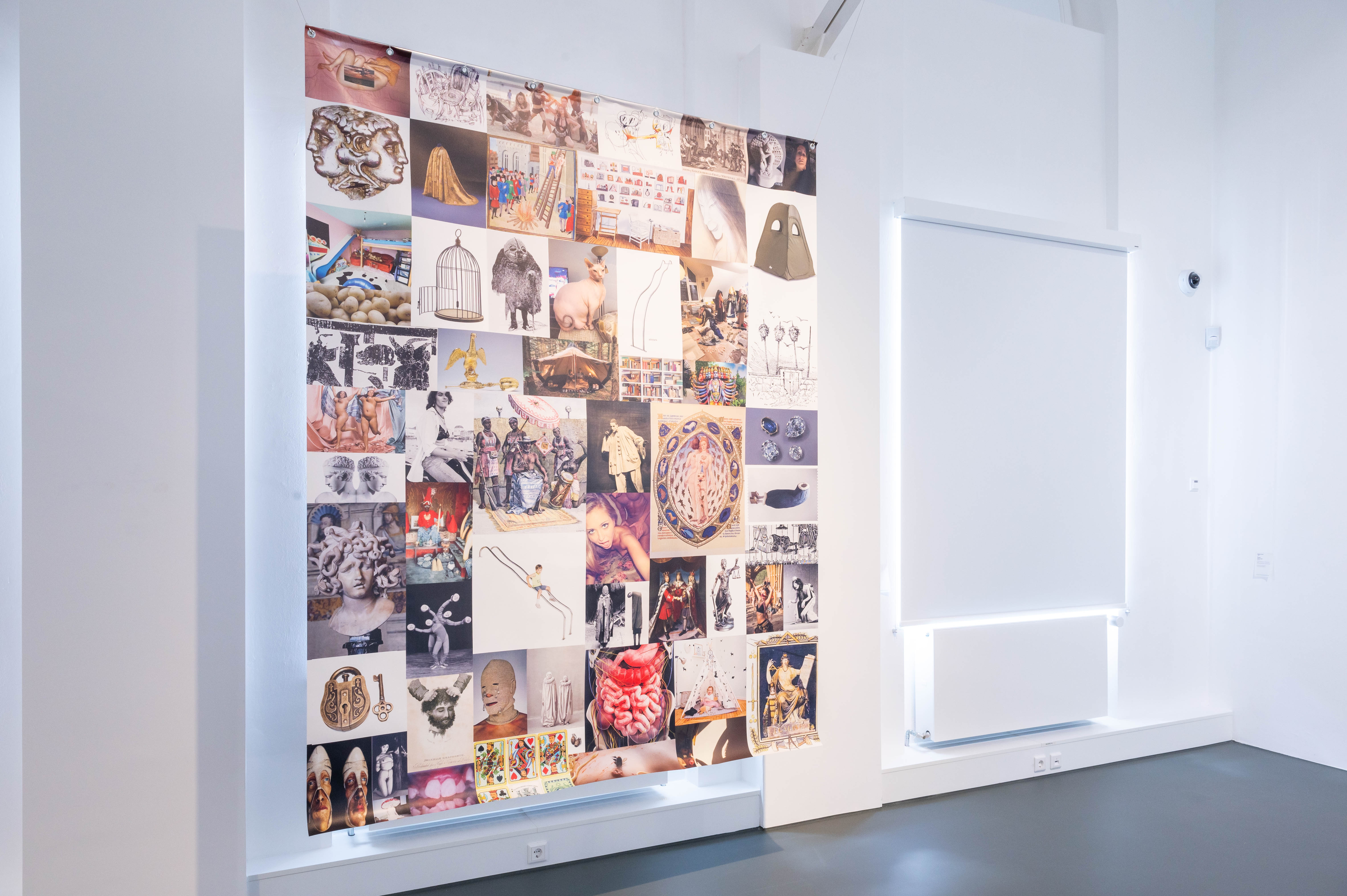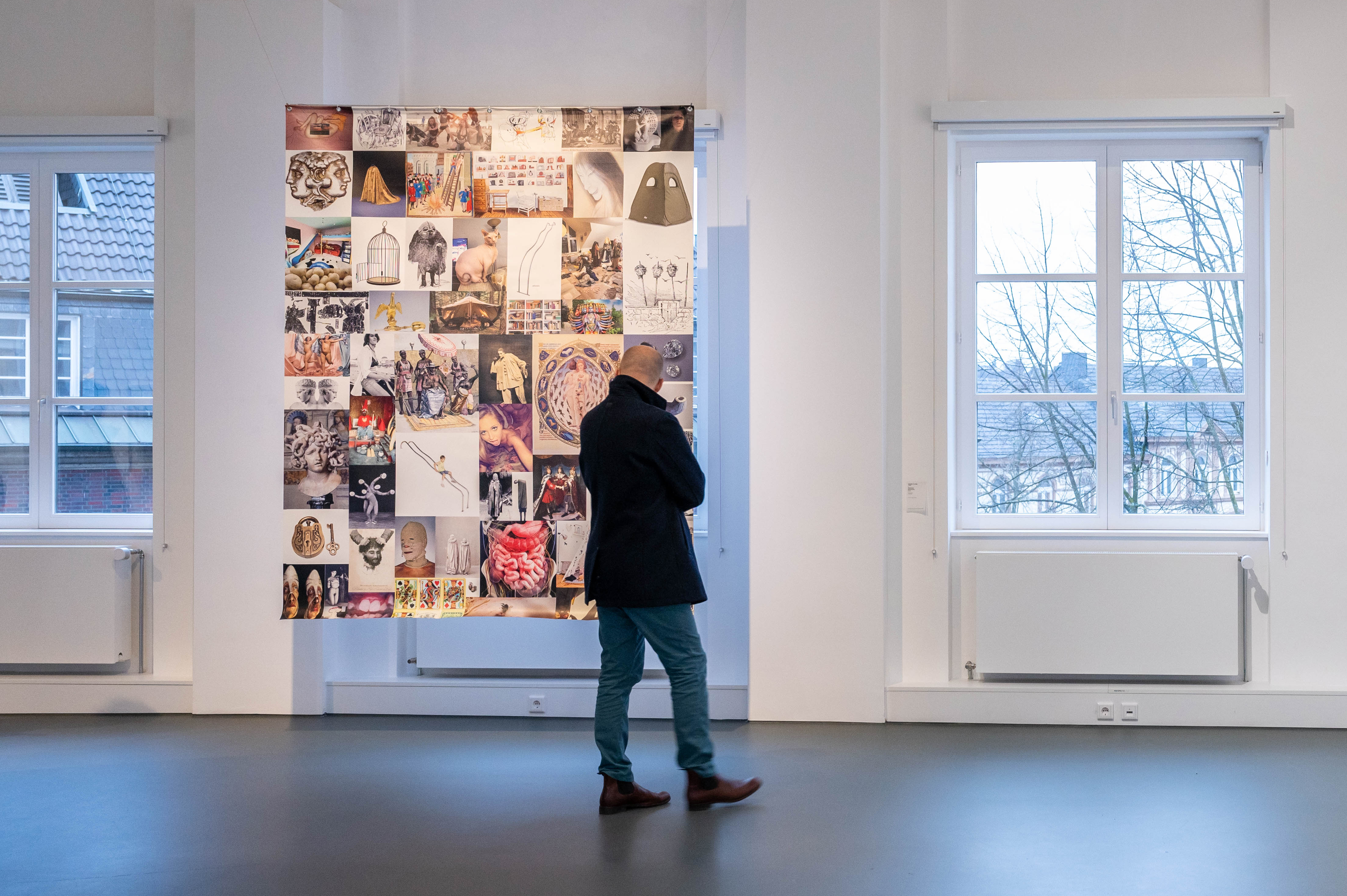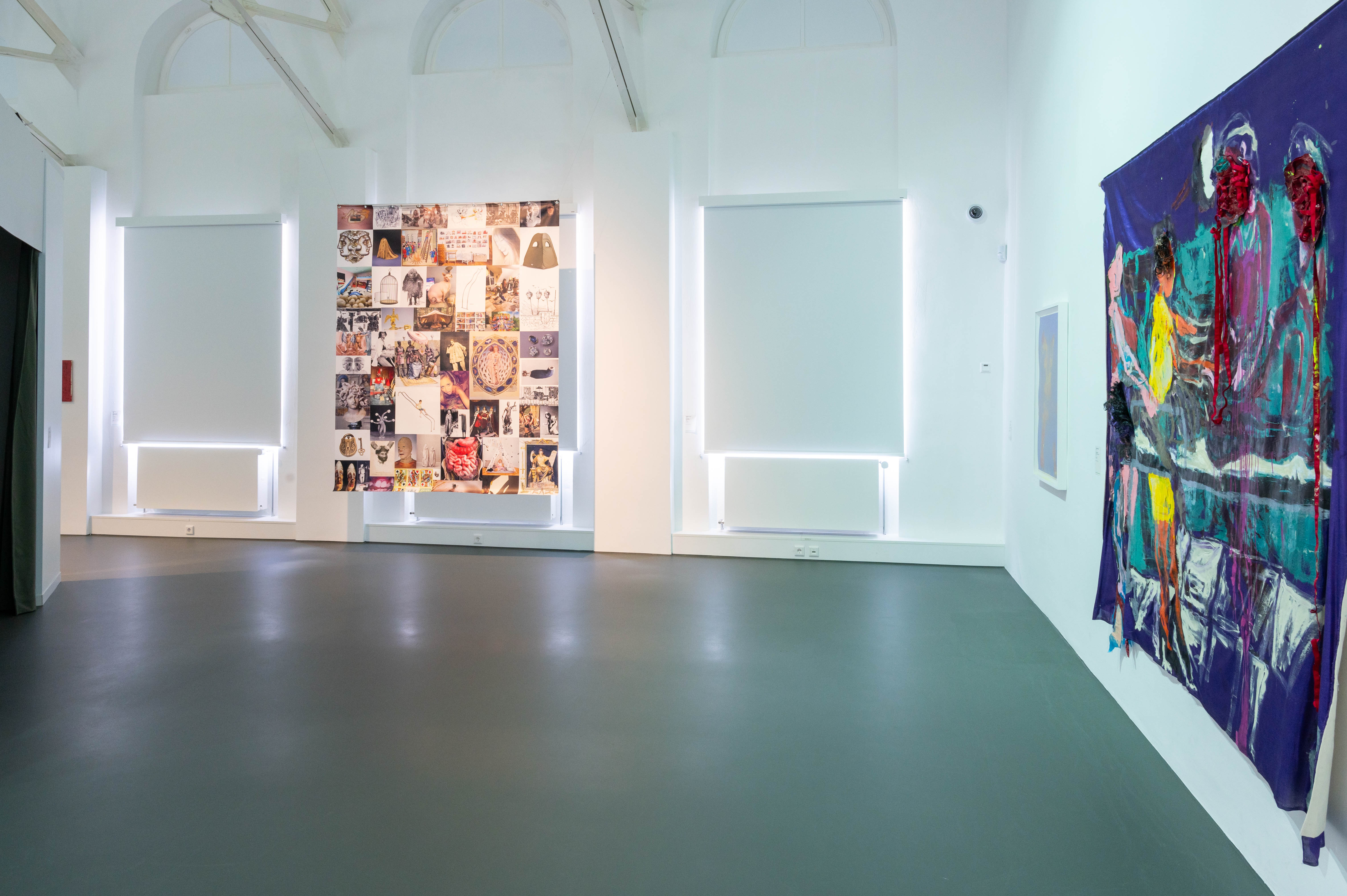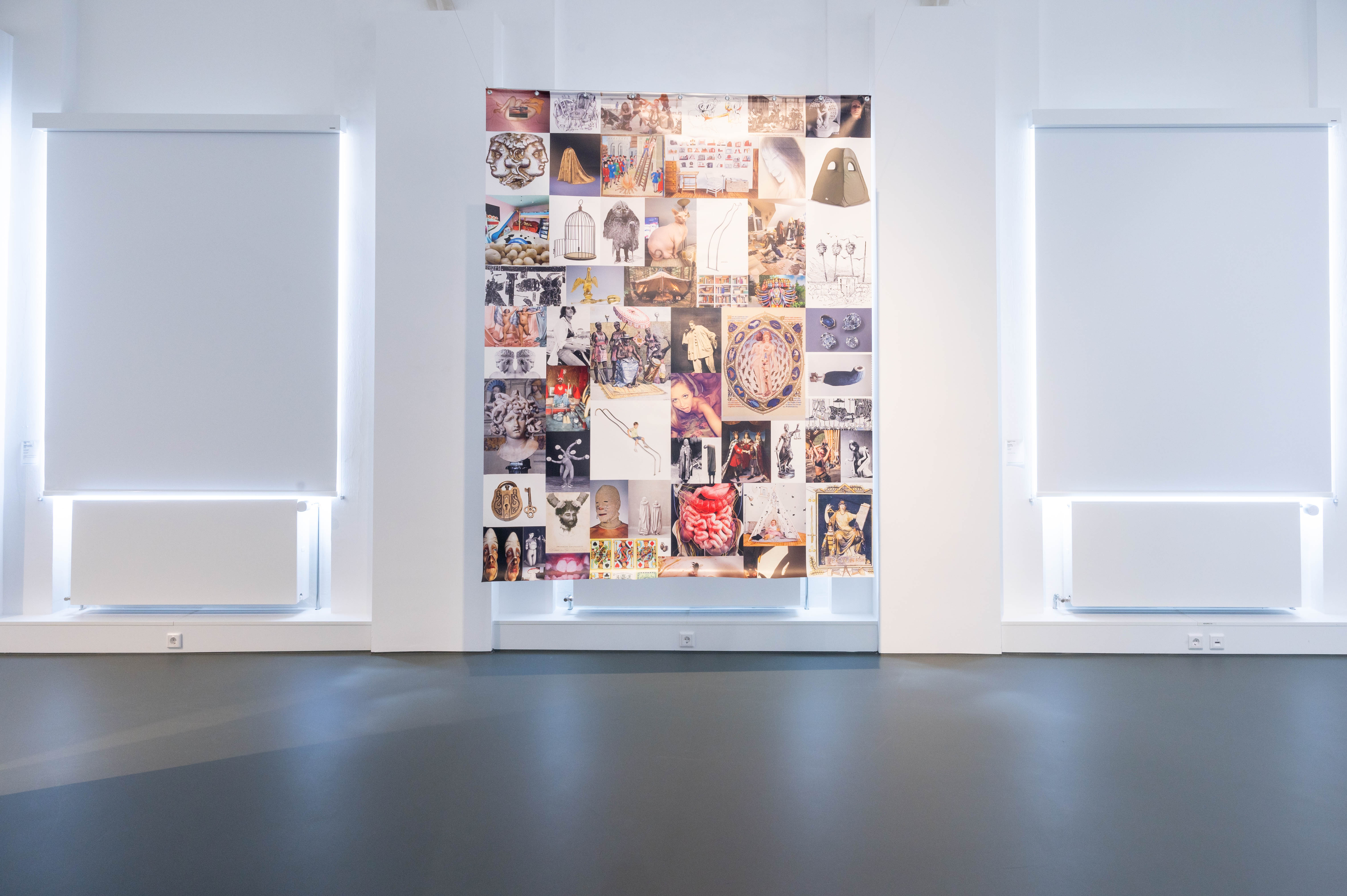Shows
WE. Der Körper als Zeichen
Place: Kunstmuseum Mülheim an der Ruhr
Date: -
Artists: Jagoda Bednarsky, Rebekka Benzenberg, Alexandra Bircken, Gregory Bojorquez, Victor Bonato, Monica Bonvicini, Andrea Bowers, Georges Braque, Gernot Bubenik, Louisa Clement, Cameron Clayborn, Achim Duchow, Anna Ehrenstein, Bea Emsbach, Keltie Ferris, Magdalena Frauenberg, Katharina Fritsch, Isabella Fürnkäs, Robert Gober, Dorothee Golz, Melissa Gordon, Vivian Greven, Uwe Henneken, Erika Hock, Cathrin Hoffmann, Nadira Husain, Anne-Mie van Kerckhoven, Käthe Kollwitz, Konrad Klapheck, Barbara Kruger, Vera Lossau, Maren Maurer, Kresiah Mukwazhi, Loredana Nemes, Katja Novitskova, Ilse Otten, Arnulf Rainer, Ralf Raßloff, Anys Reimann, Julian Reiser, Christian Rohlfs, Thomas Ruff, Silke Schatz, Grete Schick, Oskar Schlemmer, Thomas Schütte, Ruben Benjamin Smulczynski, Annegret Soltau, Lucia Sotnikova, Ferdinand Spindel, Pia Stadtbäumer, Monika Stricker, Iiu Susiraja, Sophia Süßmilch, Emma Talbot, Christian Theiss, Cony Theis, Rosemarie Trockel, Anna Uddenberg, Aria Watson, Ambera Wellmann, Manabu Yamanaka
Curated by: Anja Bauer-Kersken & Stefanie Kreuzer
Works: Mnemonic
The exhibition ‘WE. Der Körper als Zeichen’ at the Kunstmuseum Mülheim an der Ruhr focuses attention on the image of man, his physicality and his body. Both the individual body and the body as a political moment bear cultural and social signs and traces. At the same time, the exhibition also explores the question of what connects us as human beings - the ‘WE’ that seems to be disappearing more and more. The visual examination of the human body is therefore always also a reflection on being human as such.
The exhibition presents more than 70 artists with over 90 works of art from the 1920s to the present day. Based on the collection of the Kunstmuseum Mülheim an der Ruhr, the artistic representation of the body and thus also the image of man in dialogue with contemporary positions forms the central theme of the exhibition.
Isabella Fürnkäs engages with the media flood of images in the 21st century through performative, installation-based, and time-based techniques. She explores the influences of digitalization on personal identity and interpersonal relationships. Consumed media, text messages, headlines, and visual stimuli not only shape our viewpoints and communication patterns, but they also have the power to transform societal structures. In her works, Fürnkäs reflects the fragility and vulnerability of the self and of togetherness by combining seemingly unrelated images and shifting contexts.
This media-reflective approach is also evident in her work Mnemonic/Gedächtniskunst (2021), a collage of around sixty images filtered by the artist through search histories from the infinite expanses of the internet and printed on PVC tarpaulin. On the large-format tapestry, representations of ancient sculptures, Medusa heads, Janus faces, and historical motifs are juxtaposed with photos of naked cats, fetish masks, and pornographic scenes. The abundance of images from different temporal and cultural contexts inevitably leads to an overwhelming and disorienting perception, confronting us directly with both the beautiful and the abyssal aspects from the digital image memory of our collective past and present.
- Text by Anja Bauer-Kersken
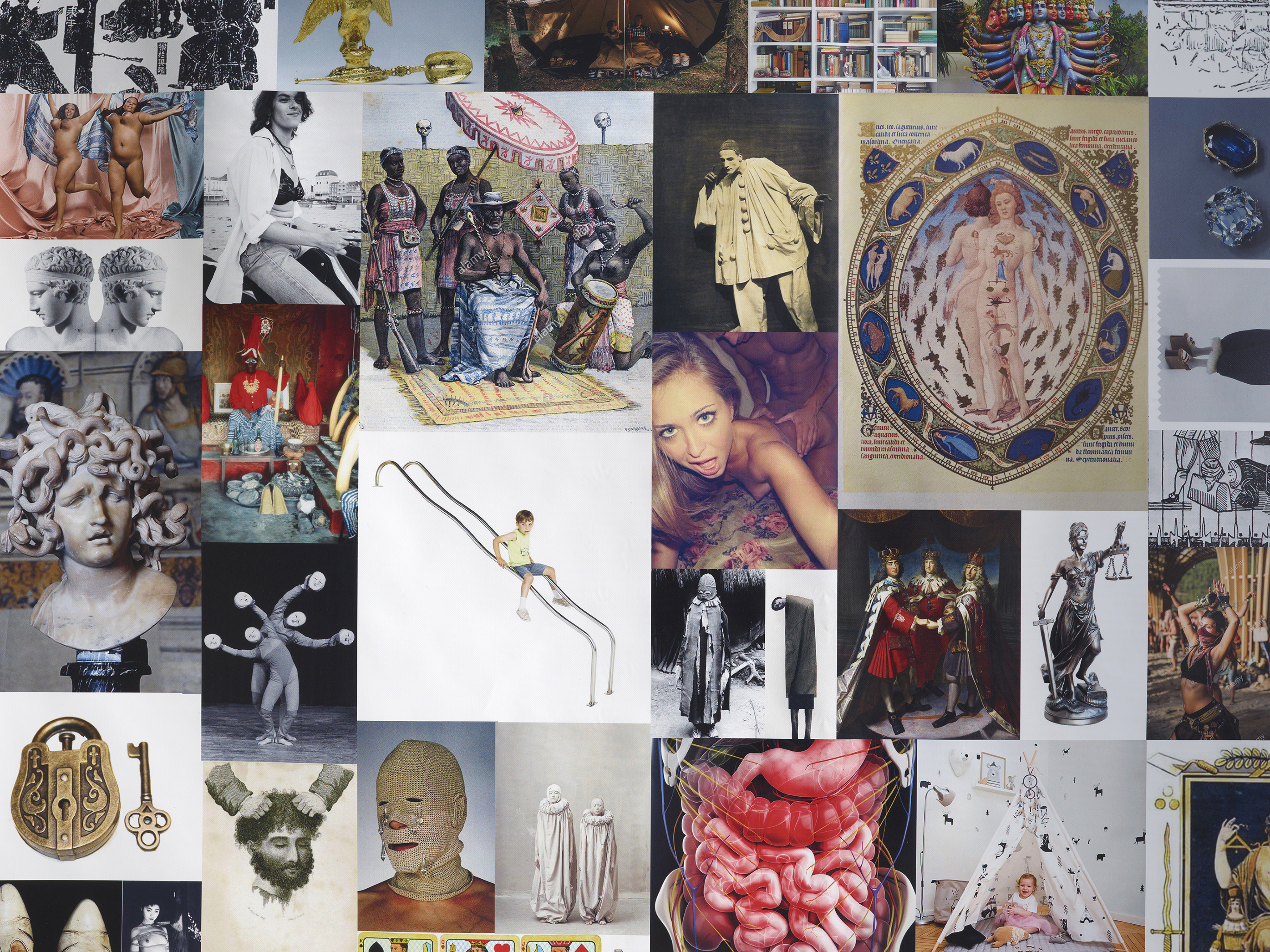

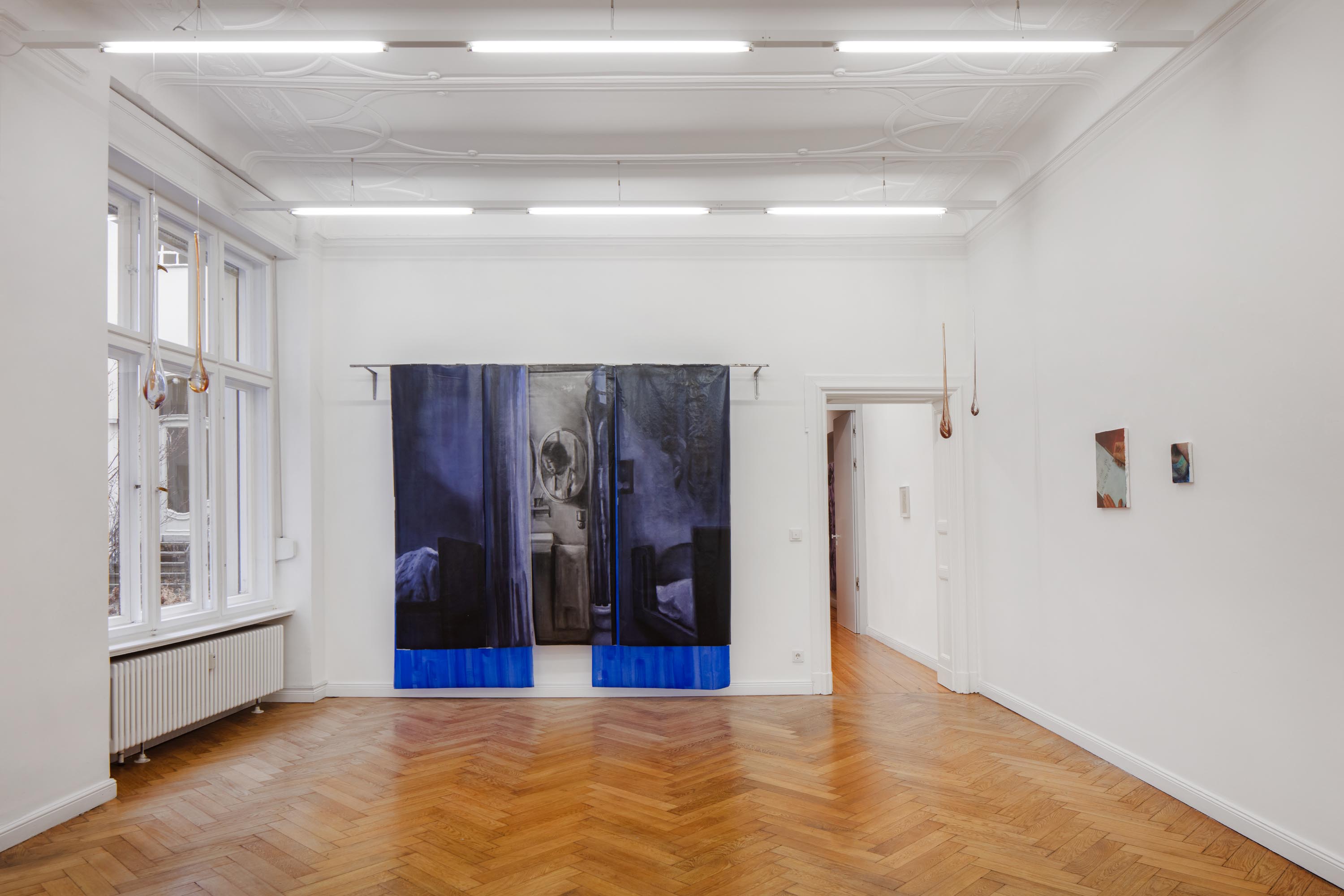

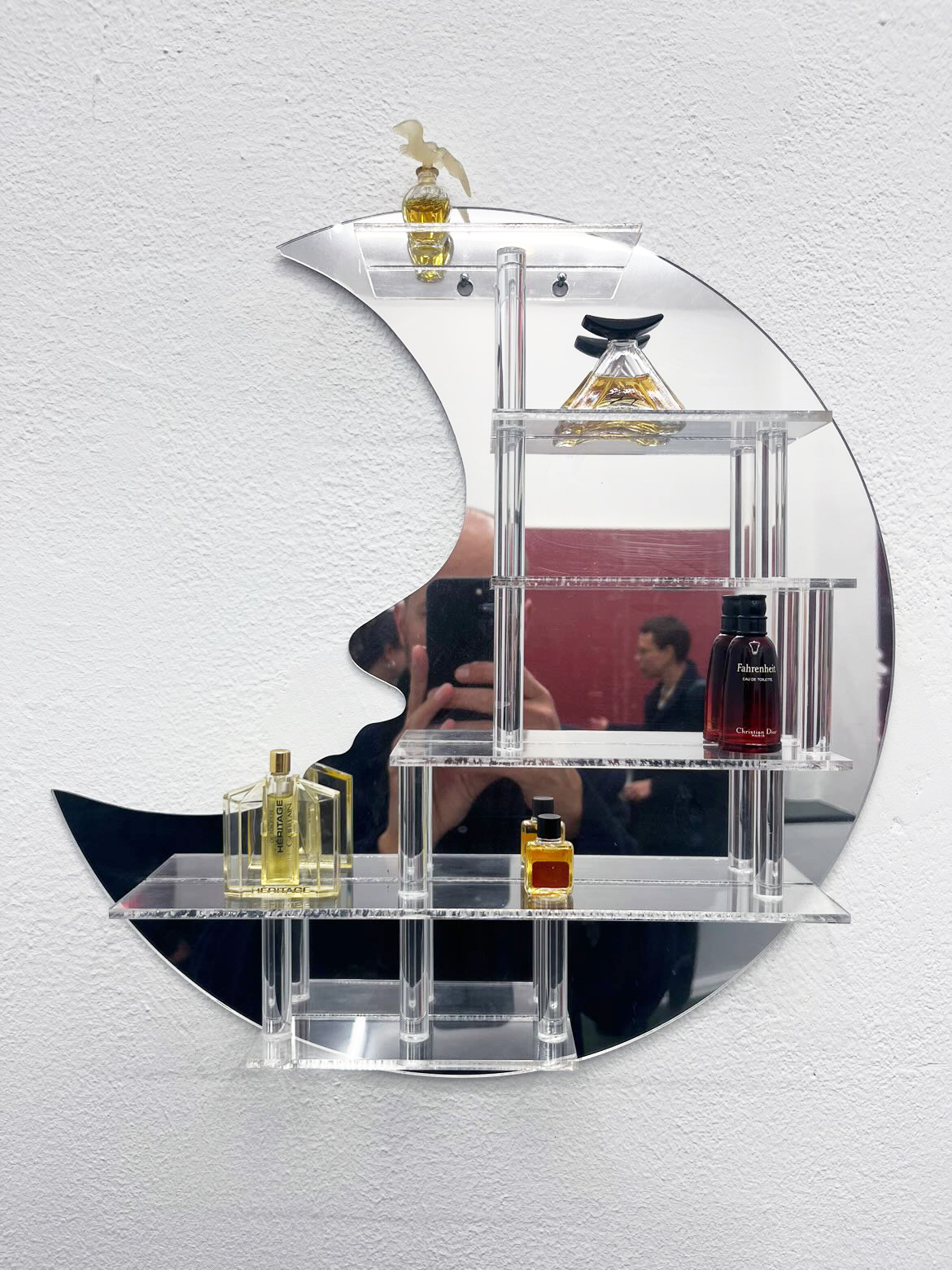
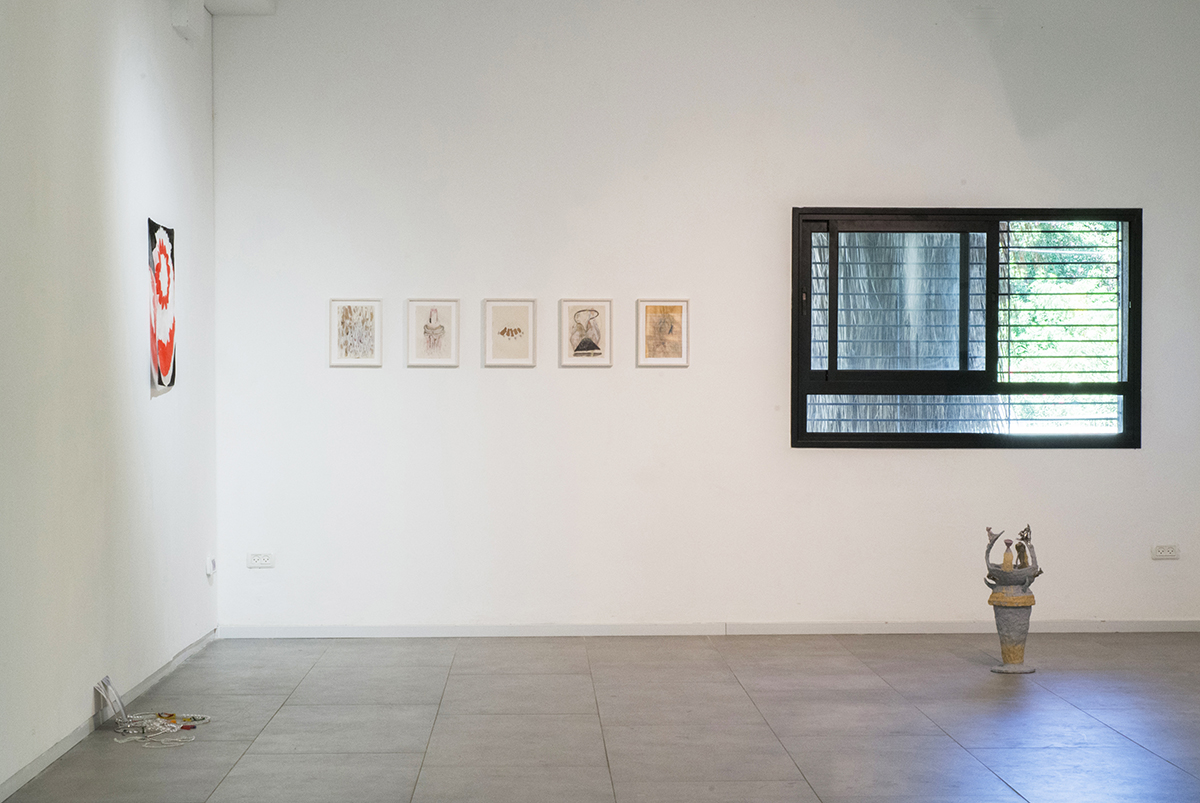
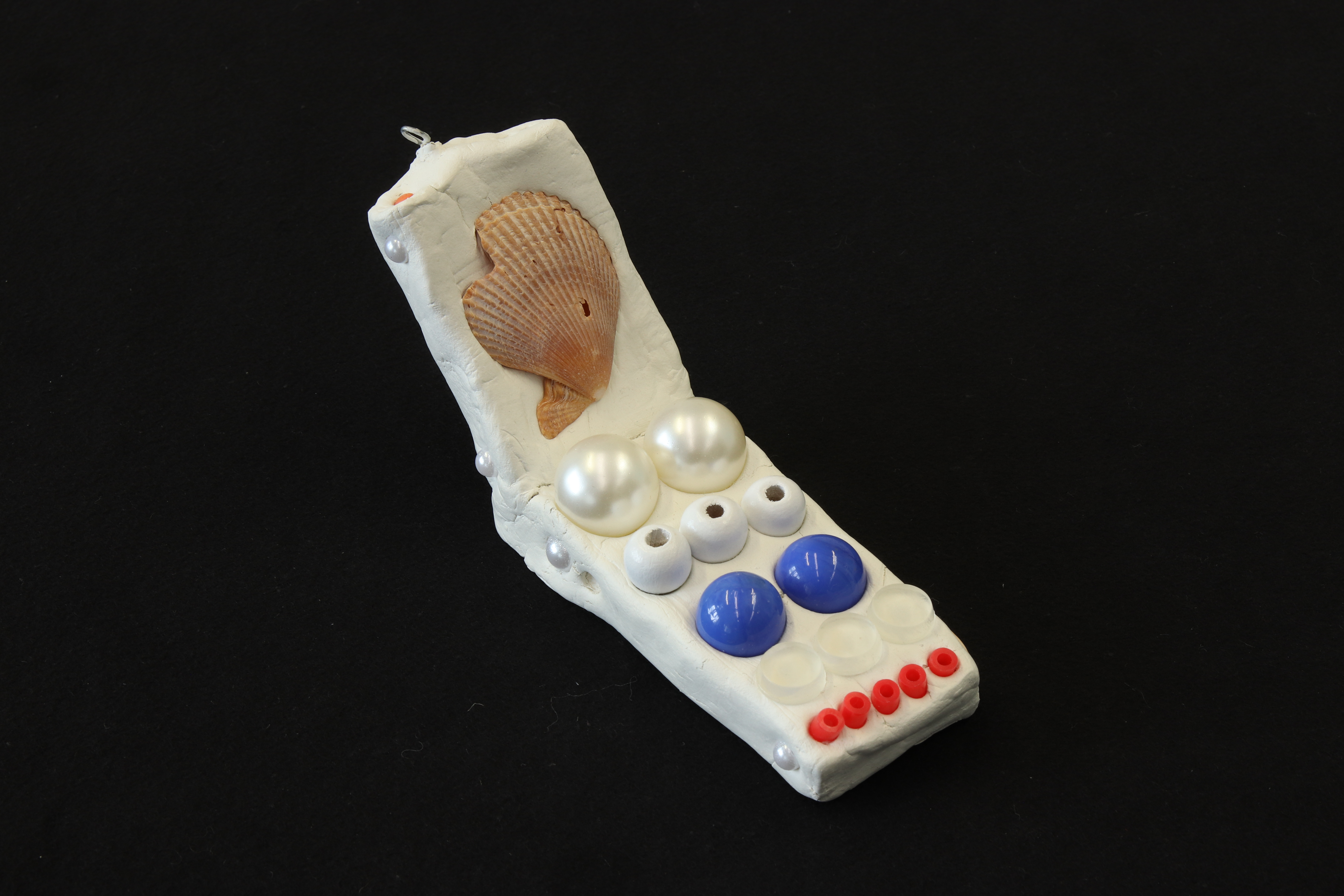
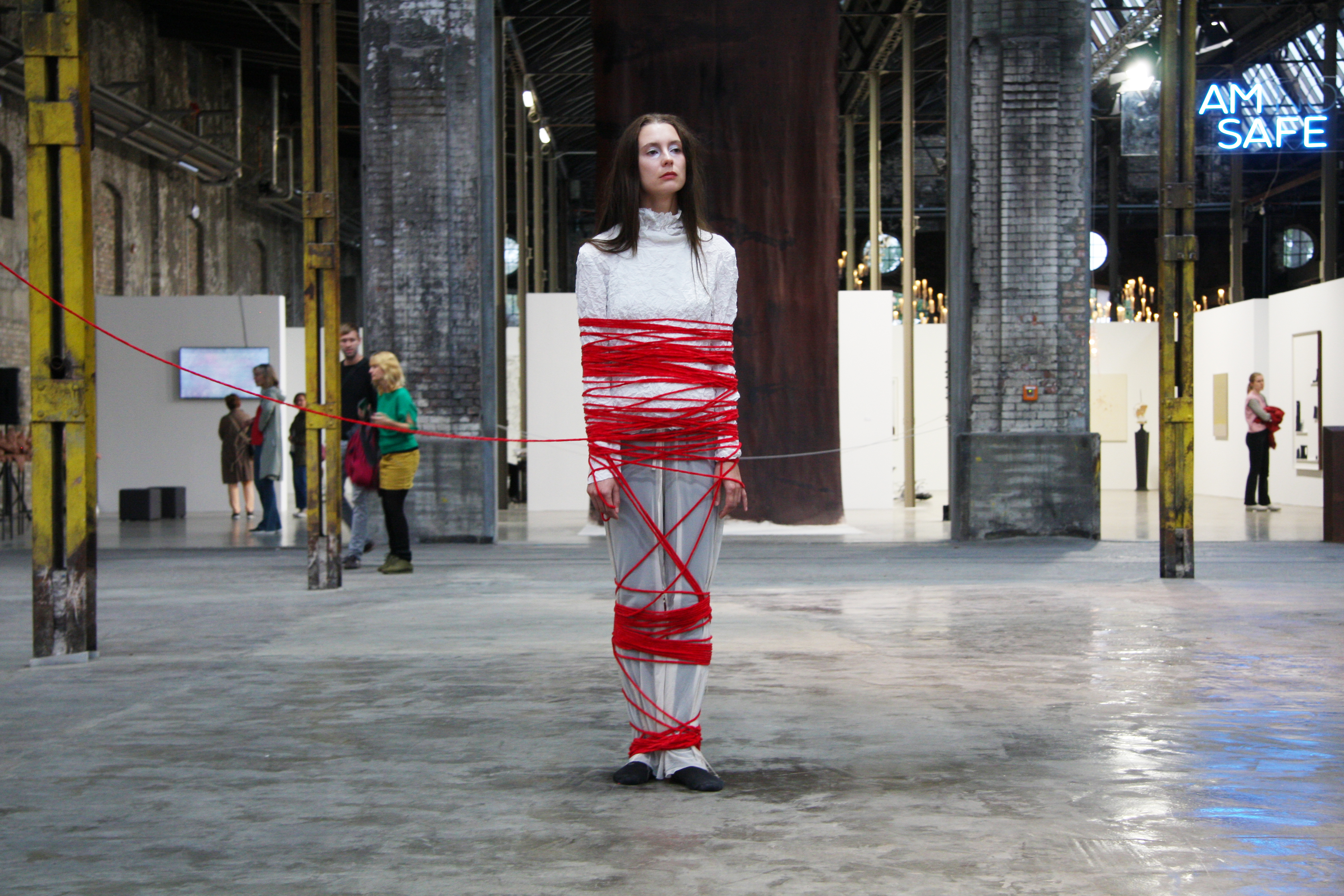
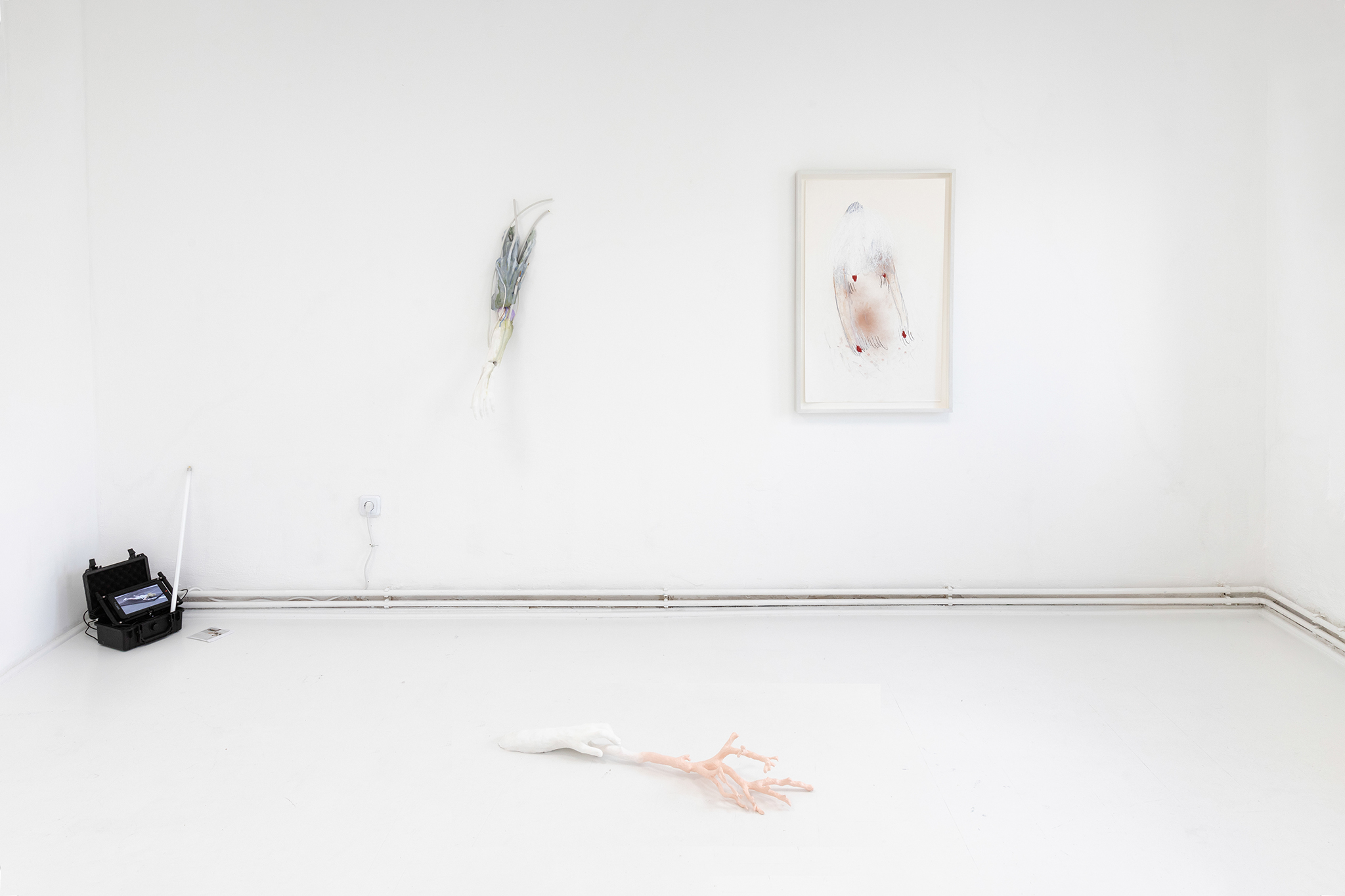
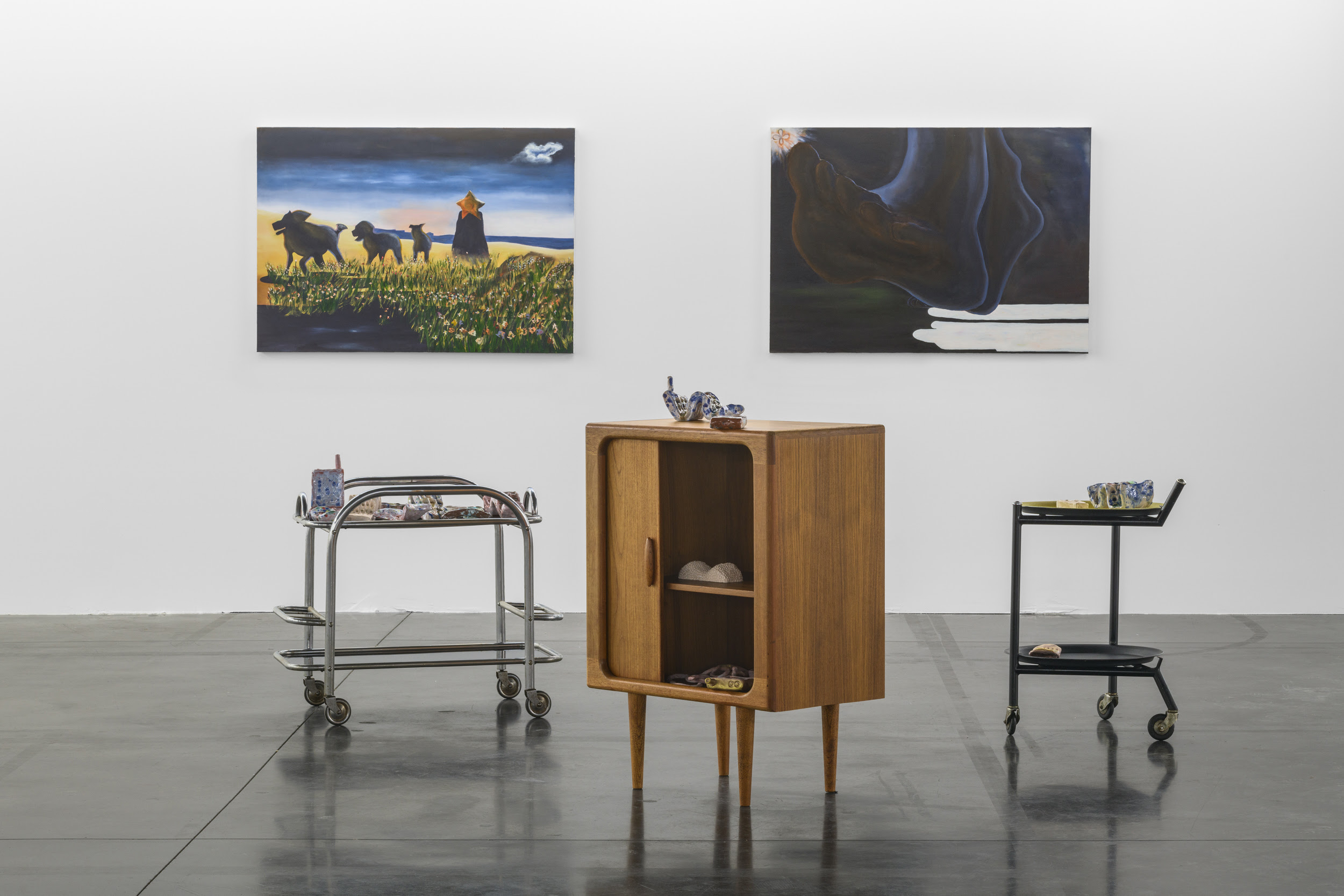
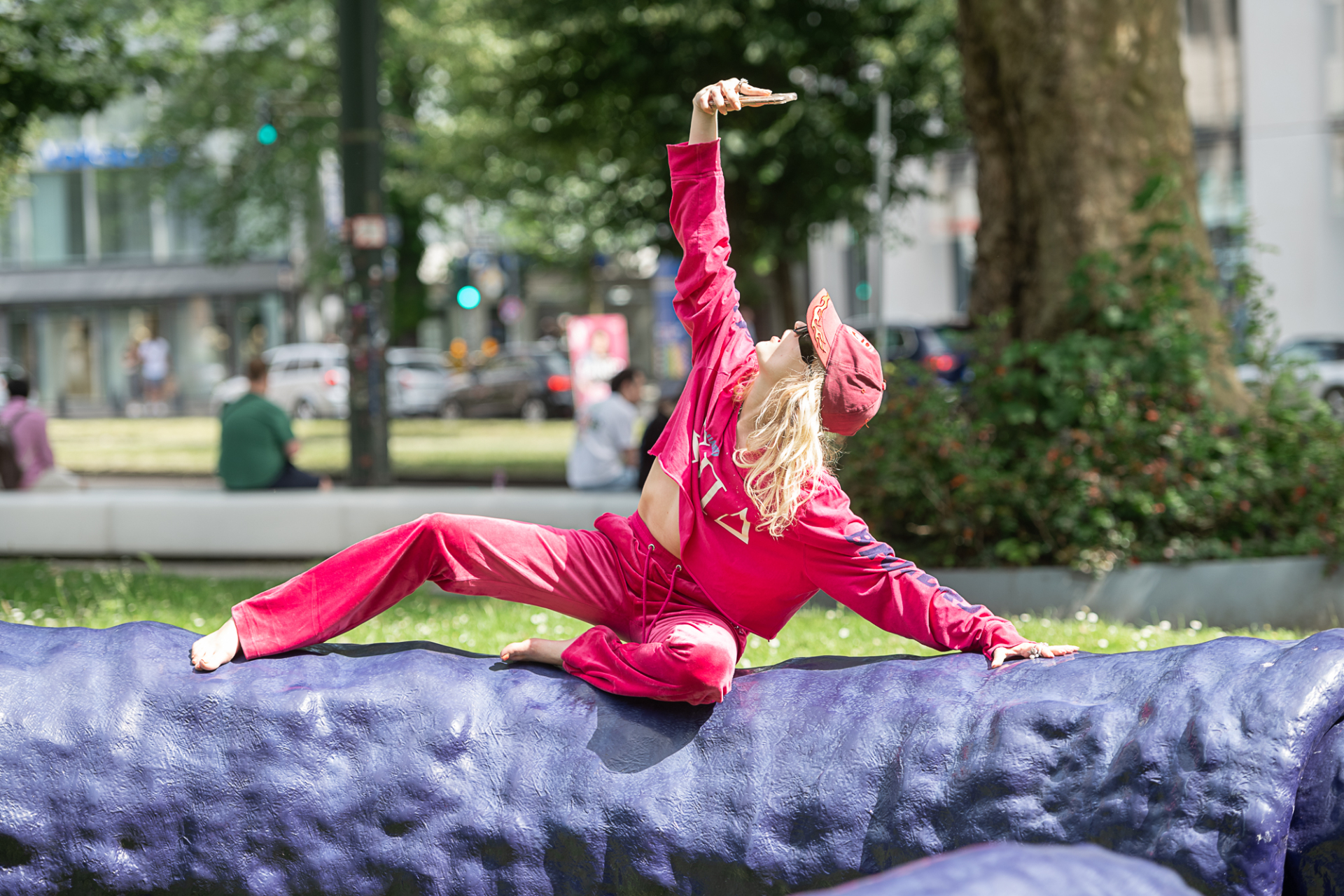
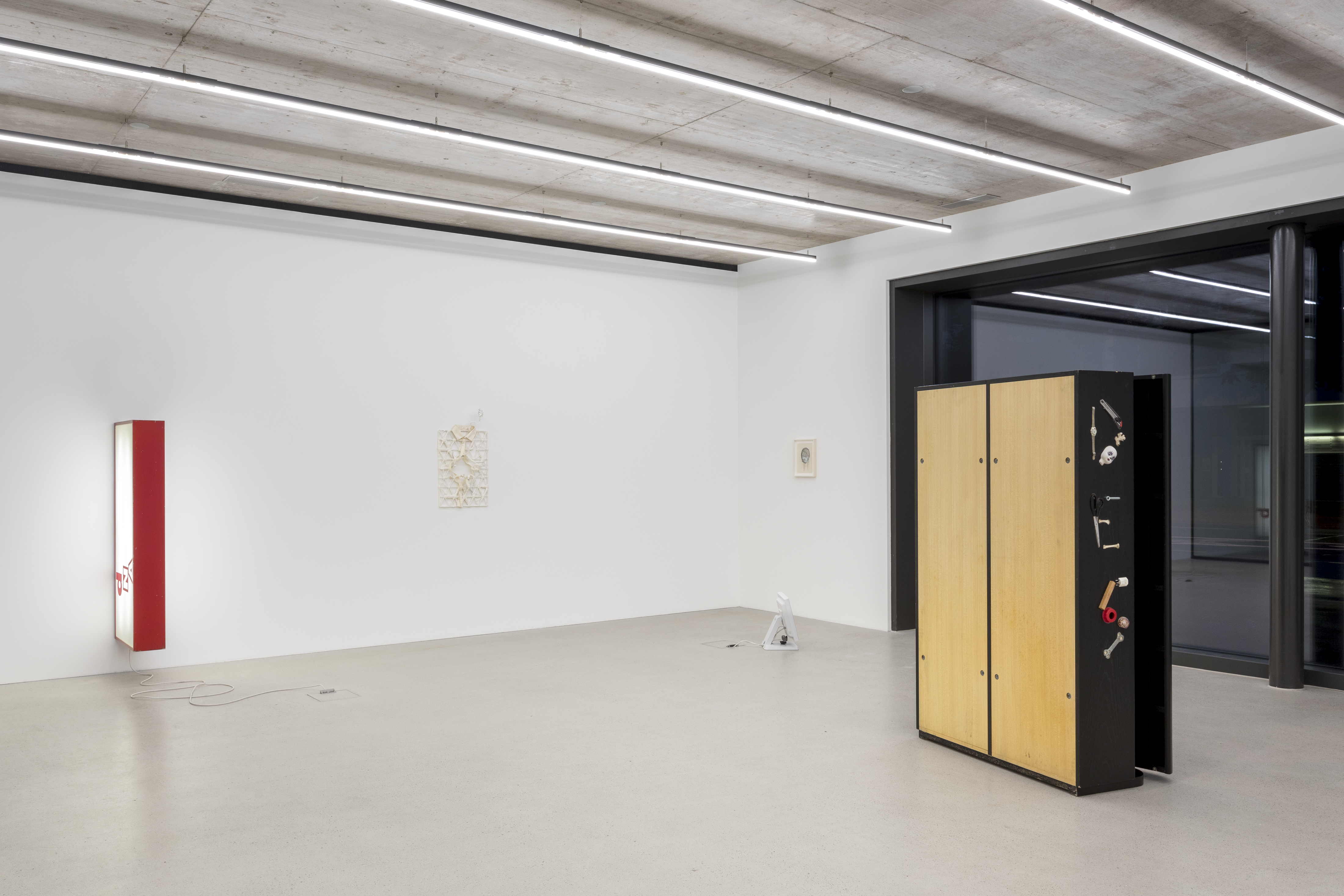
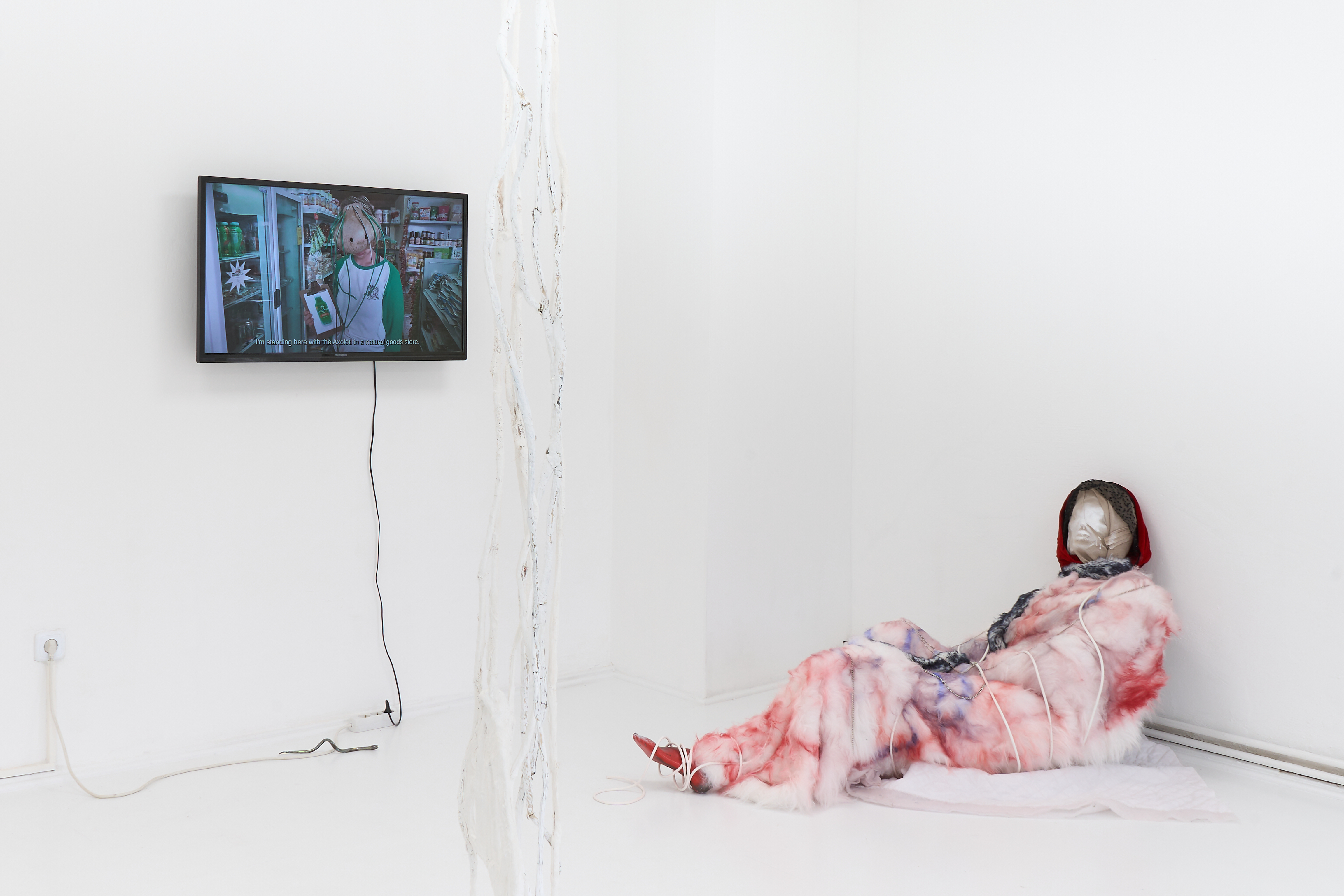
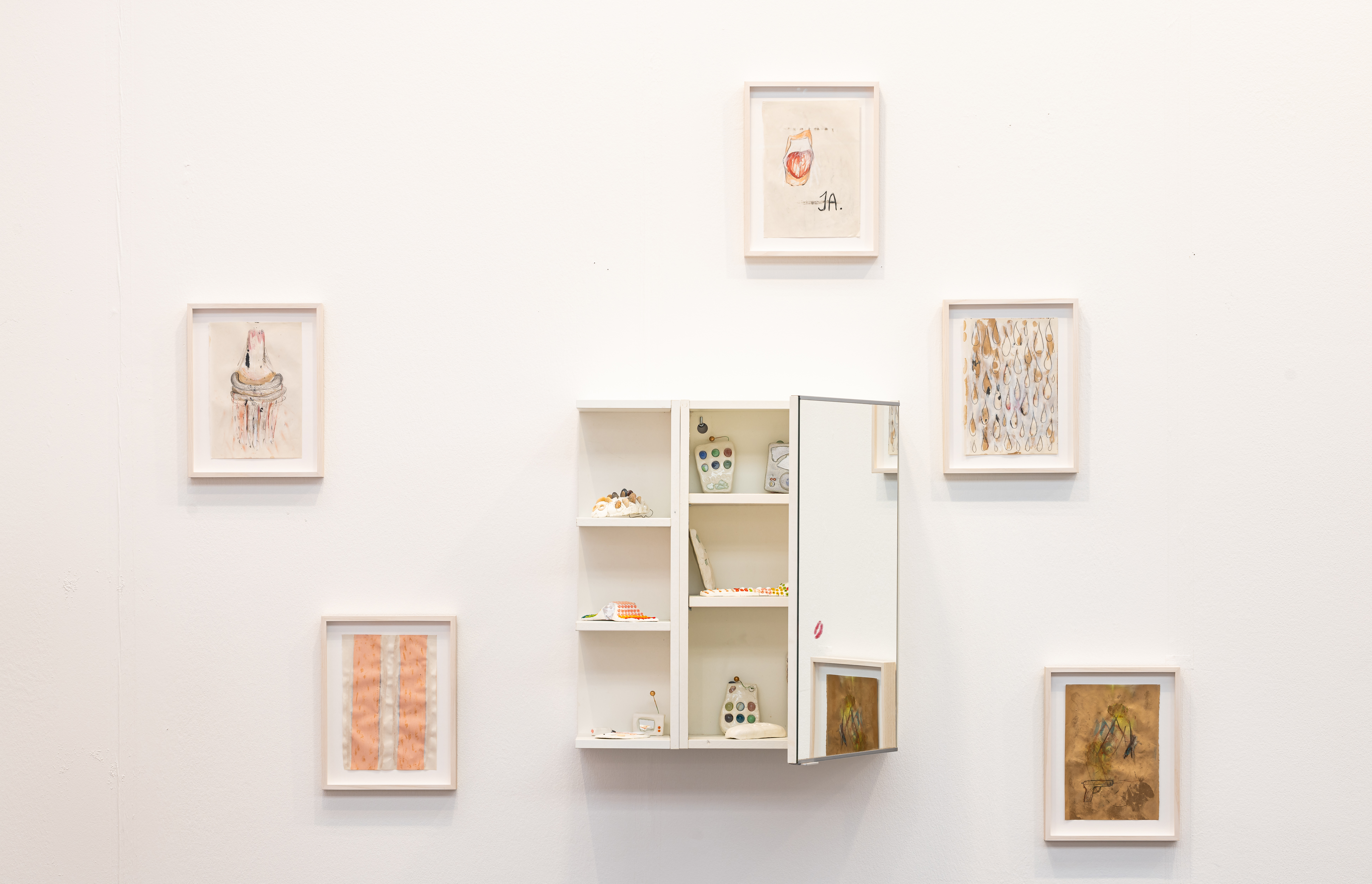
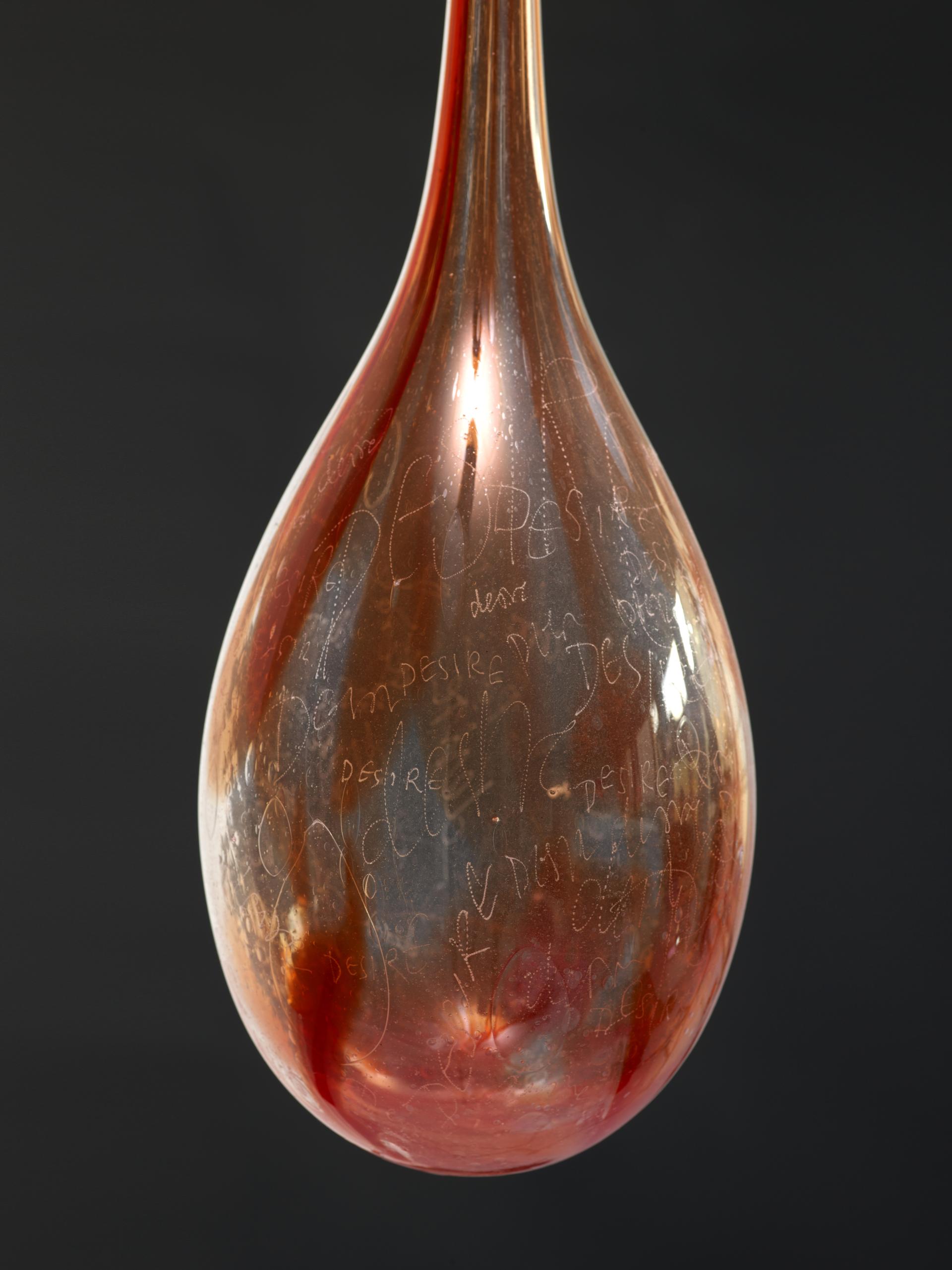
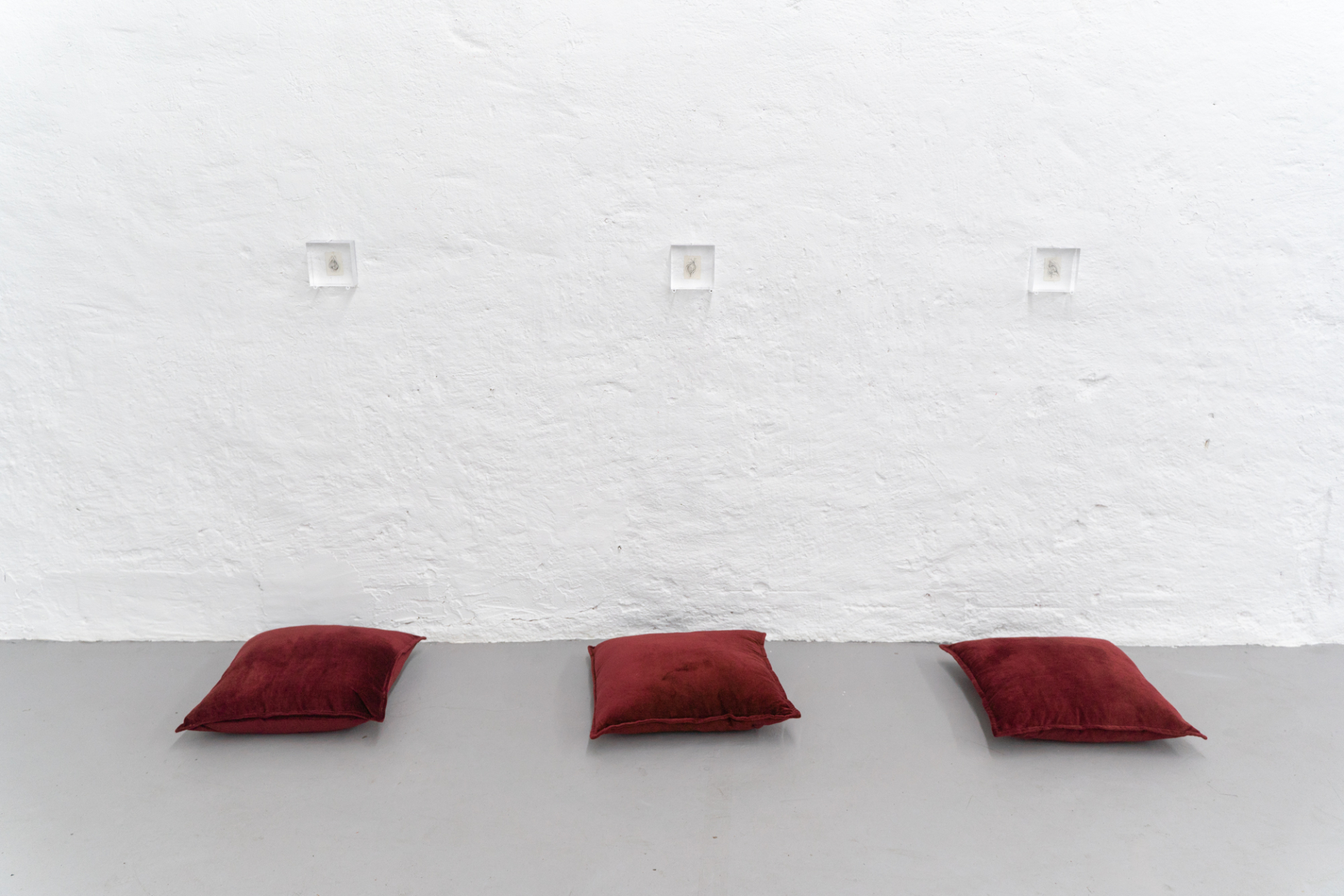
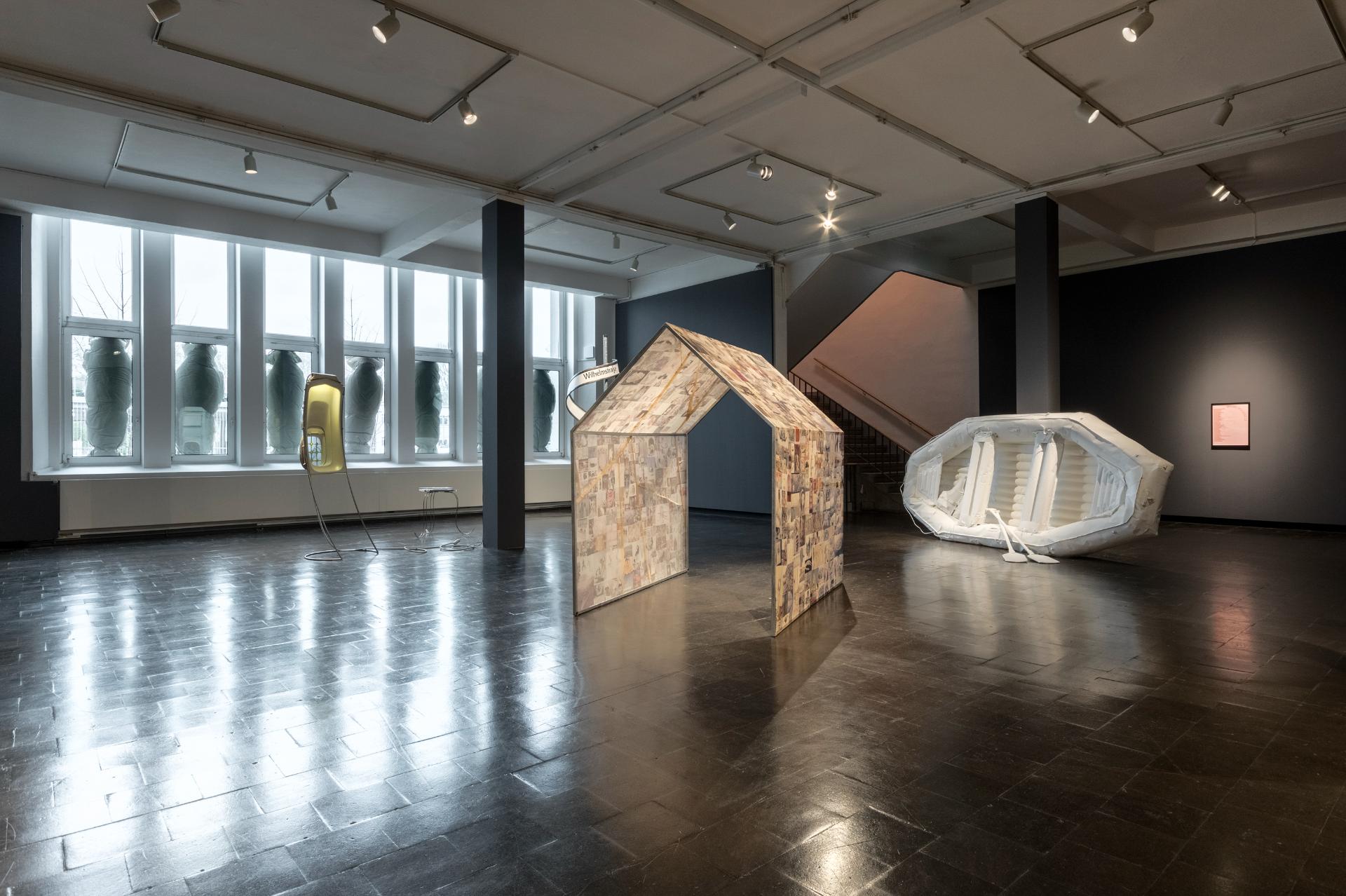
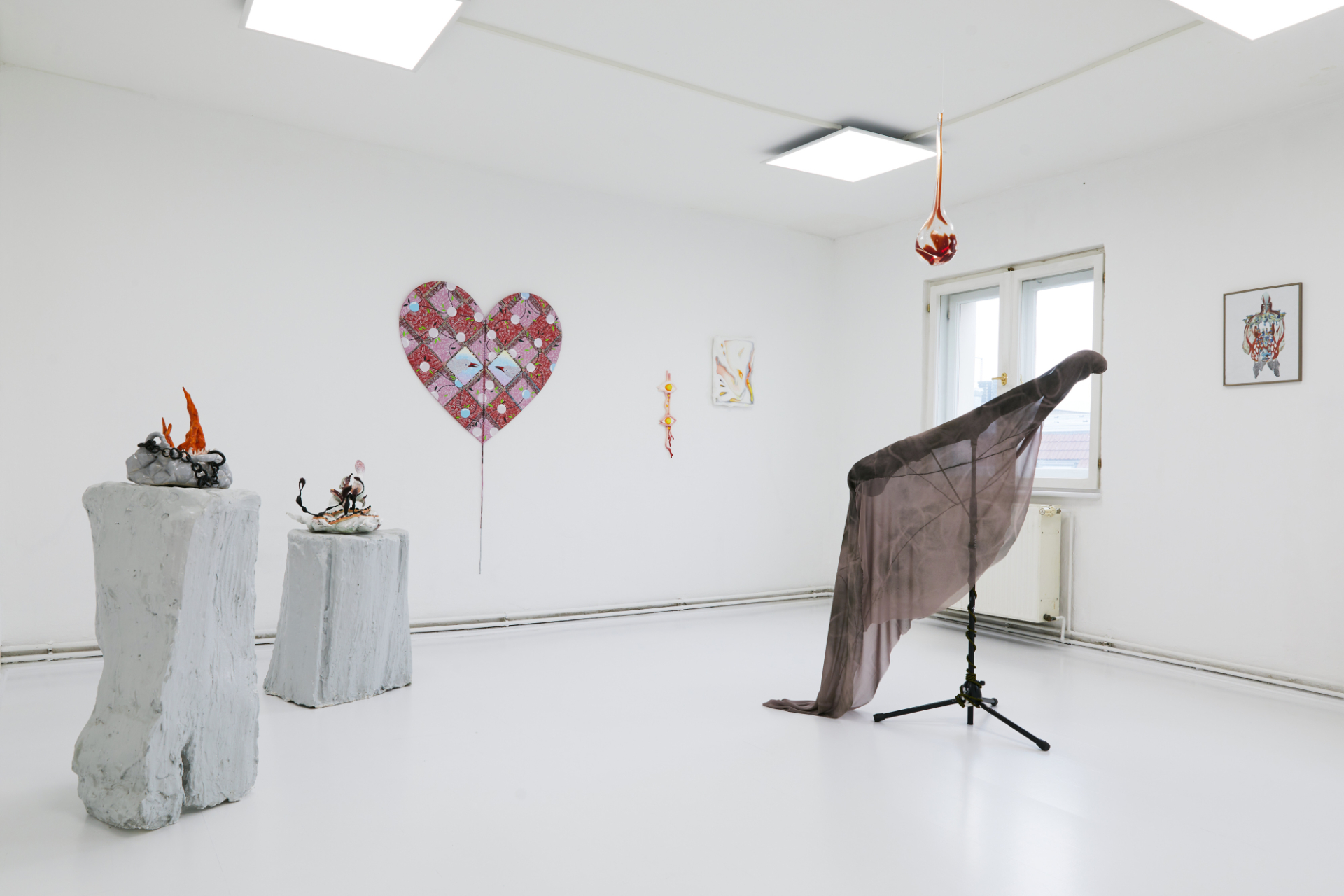
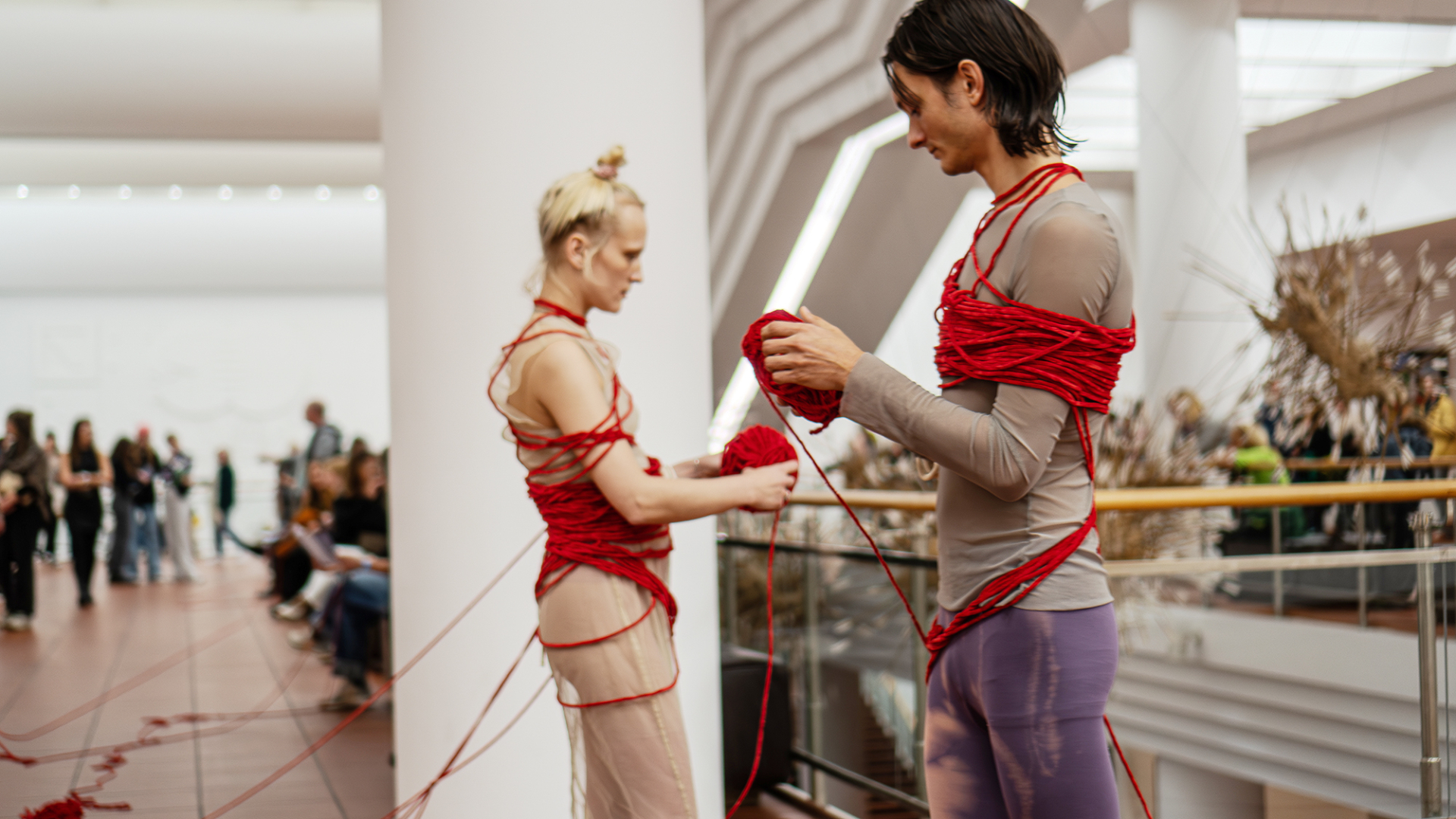
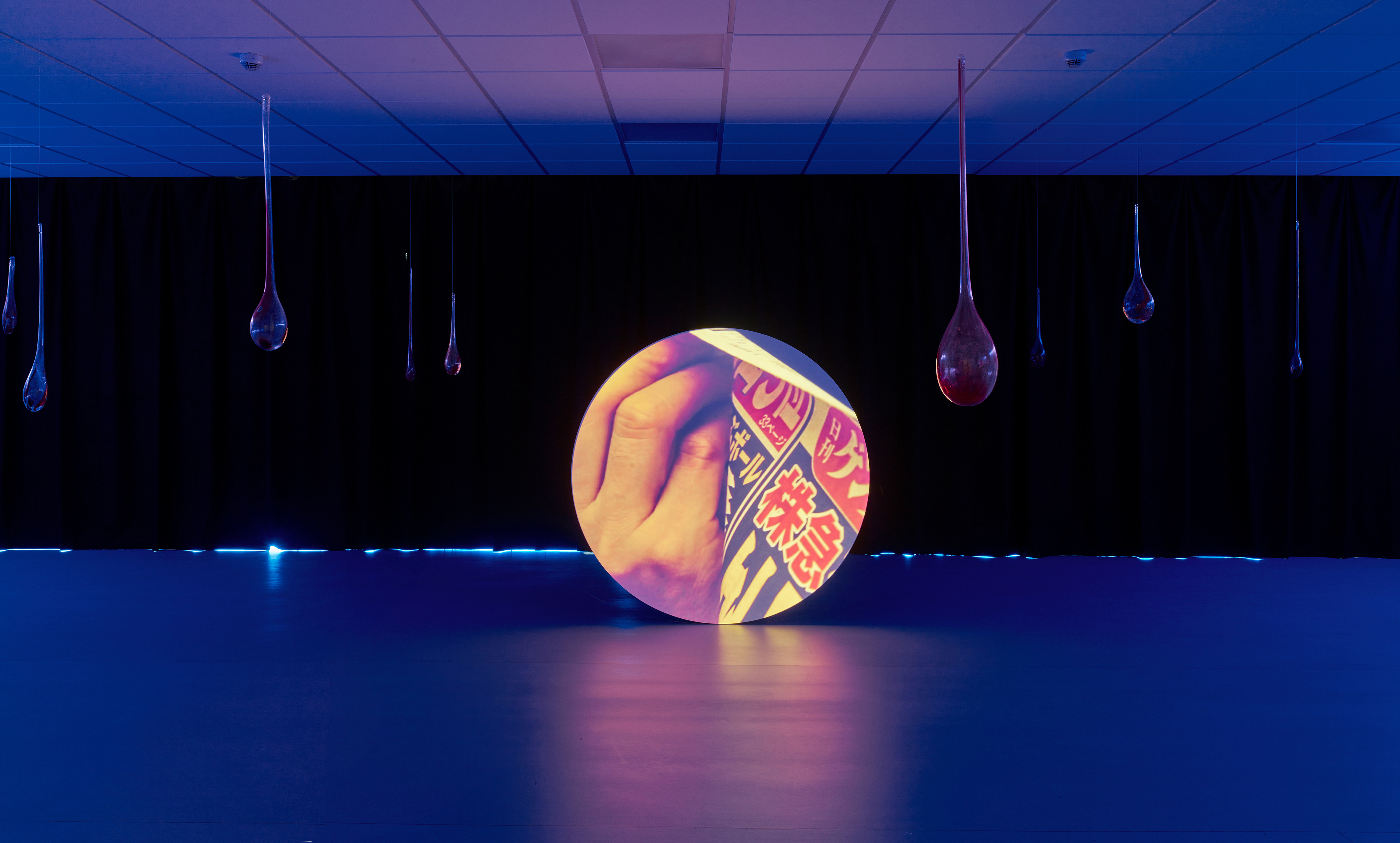
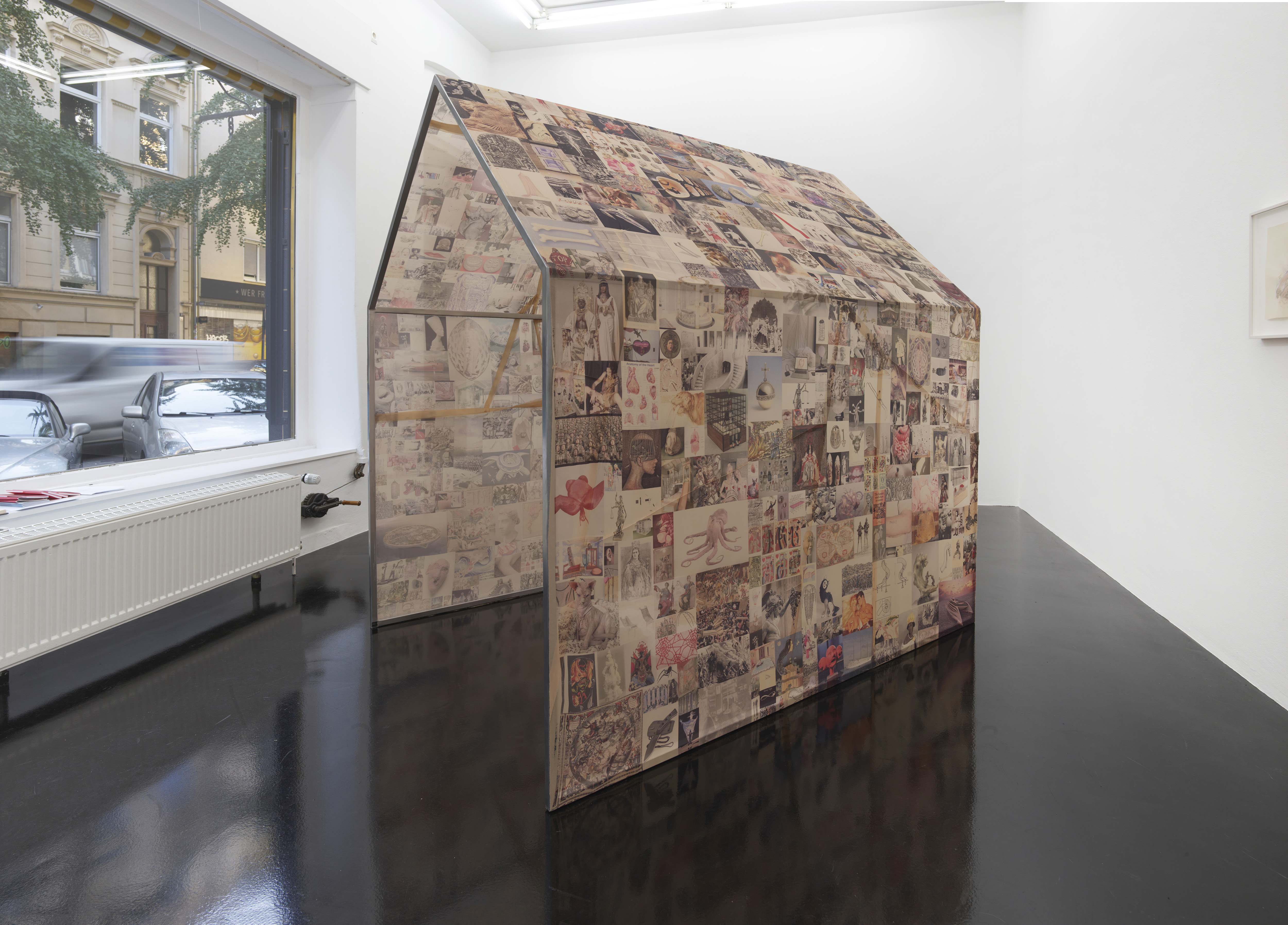

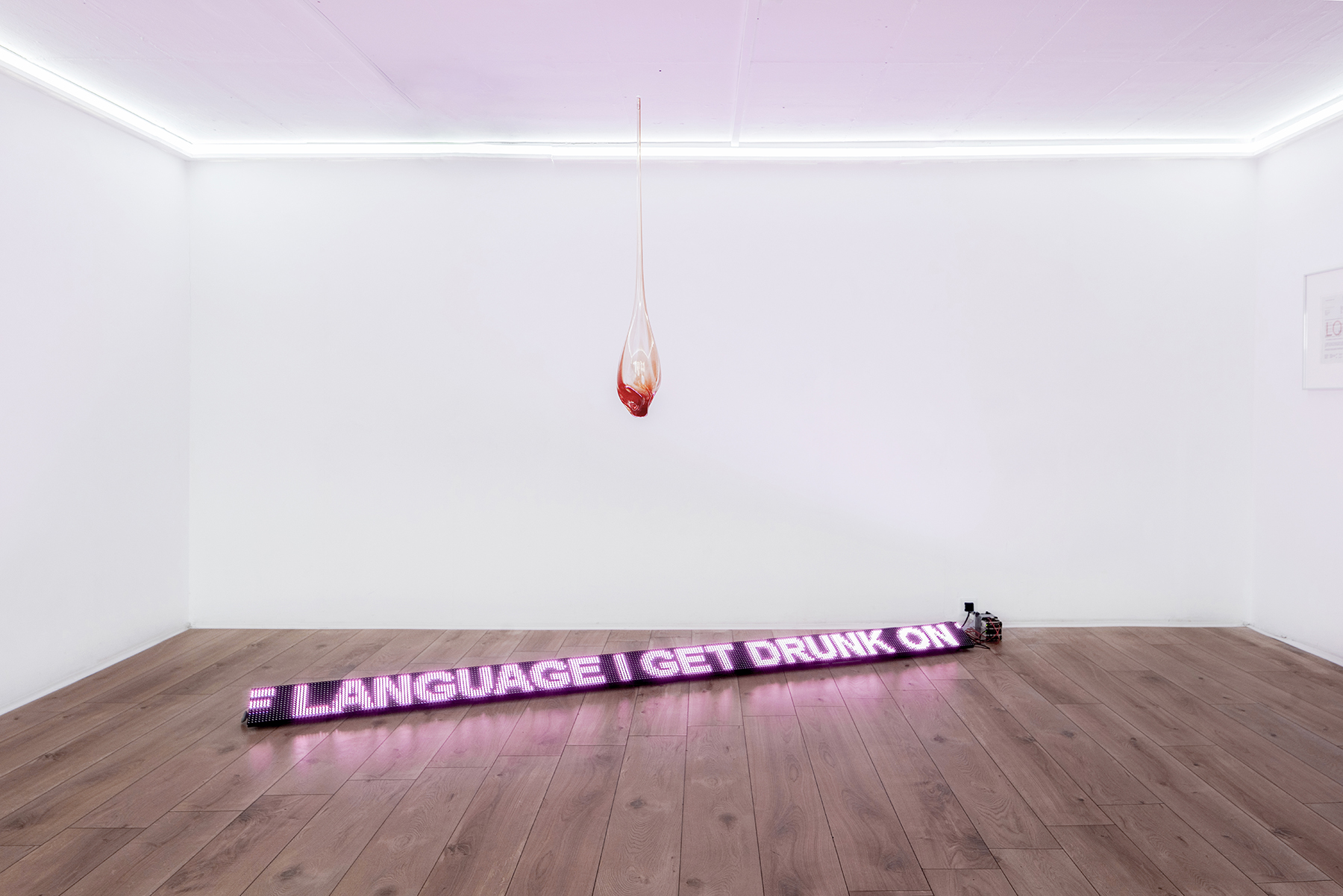
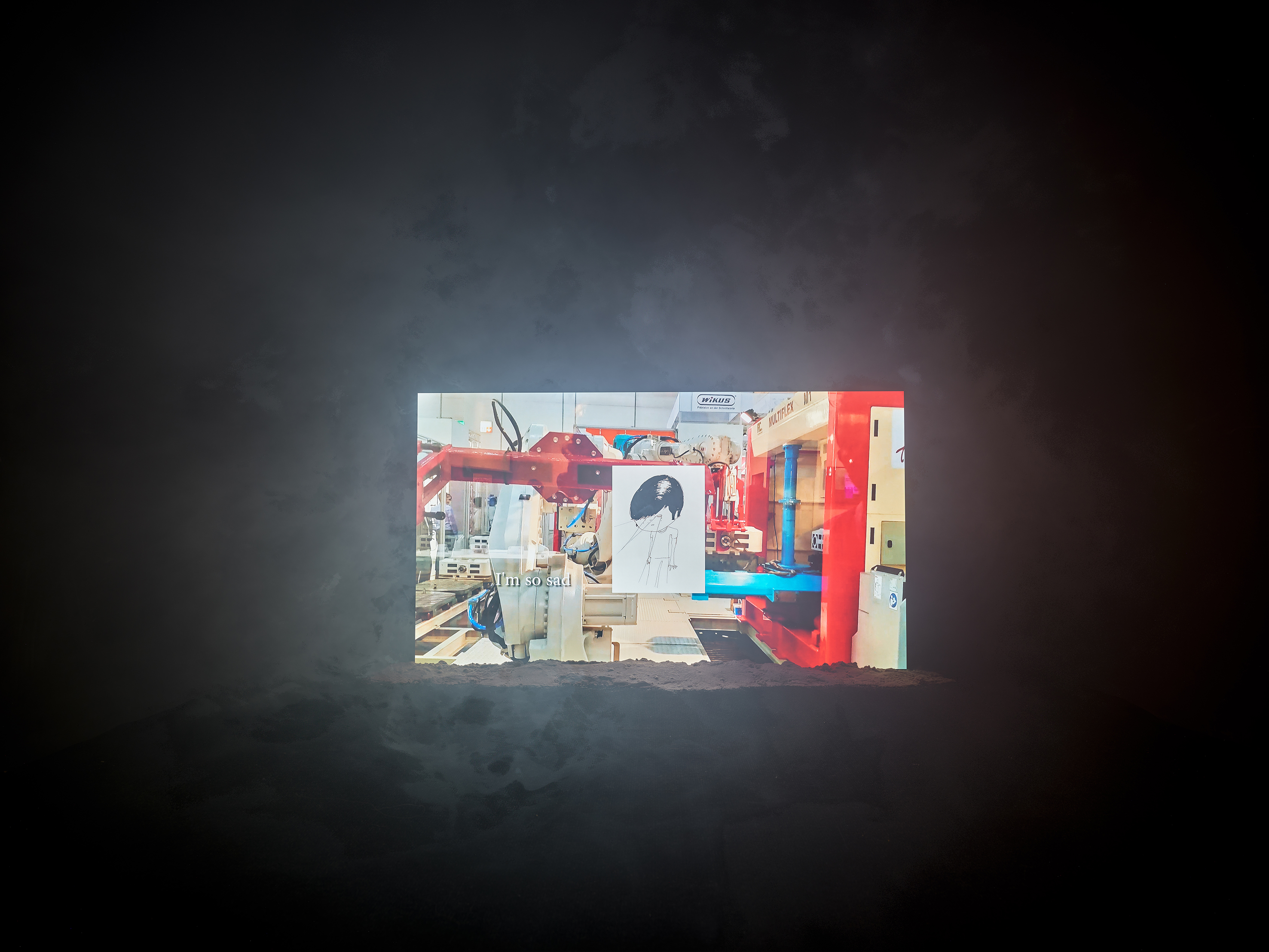


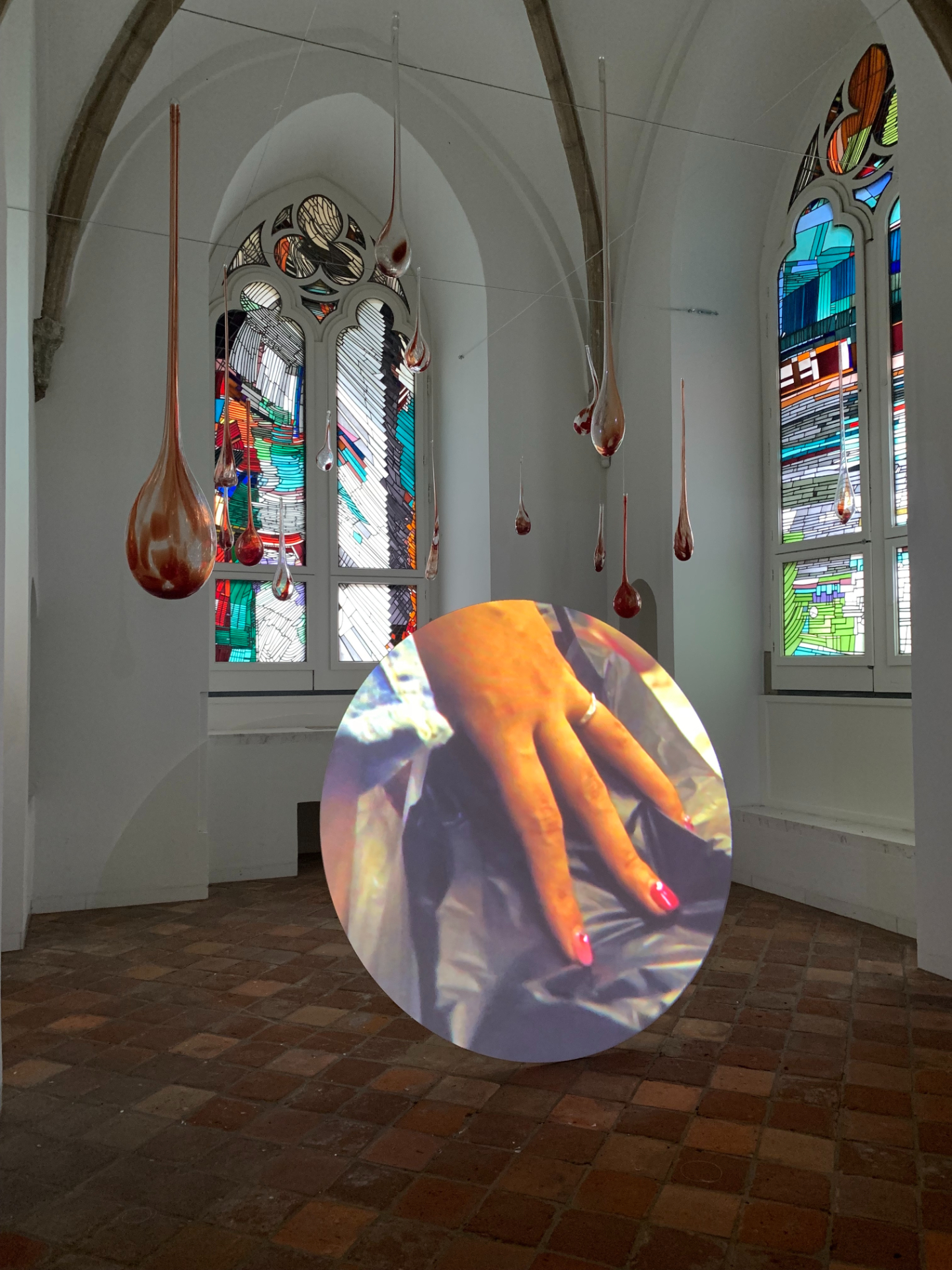
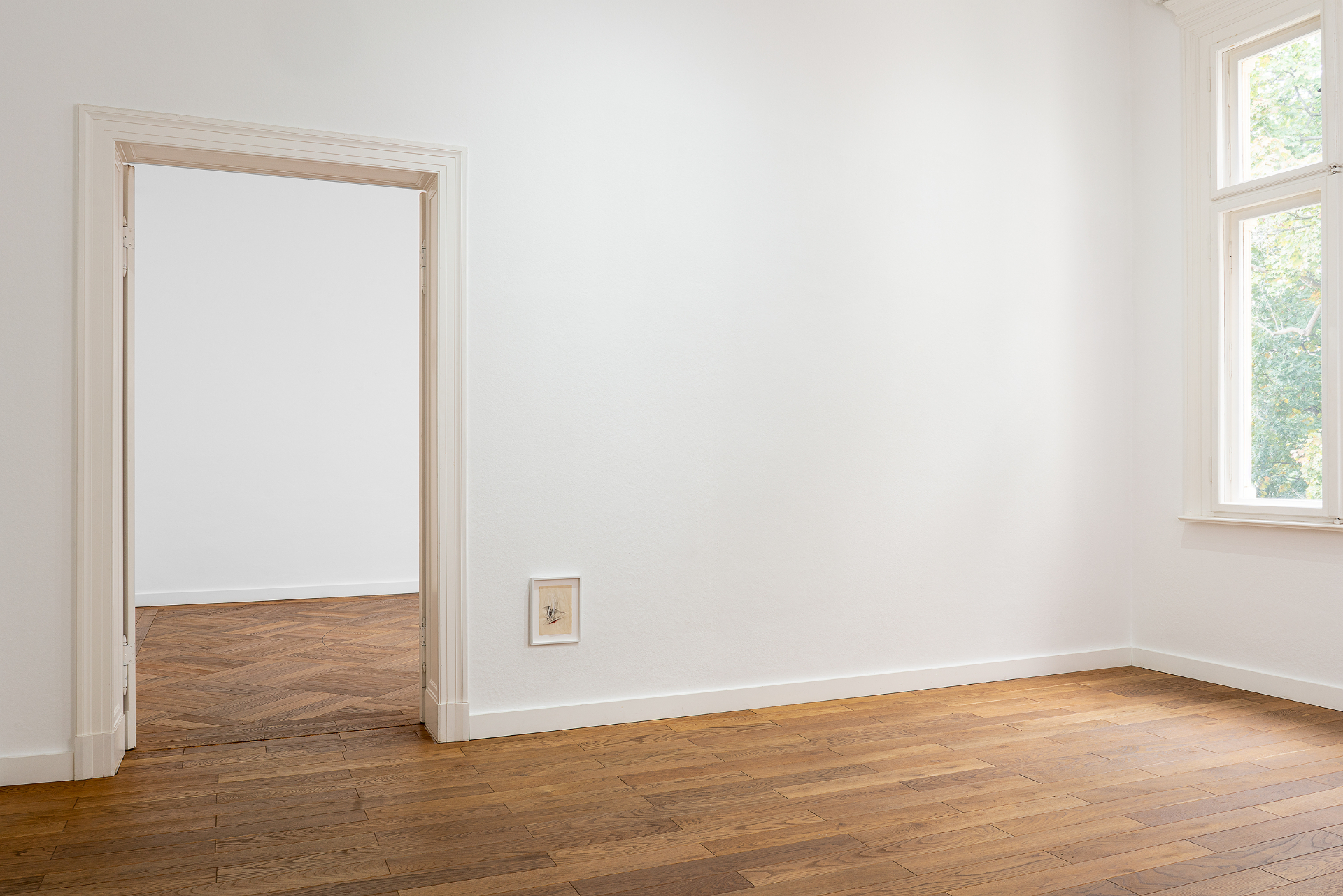
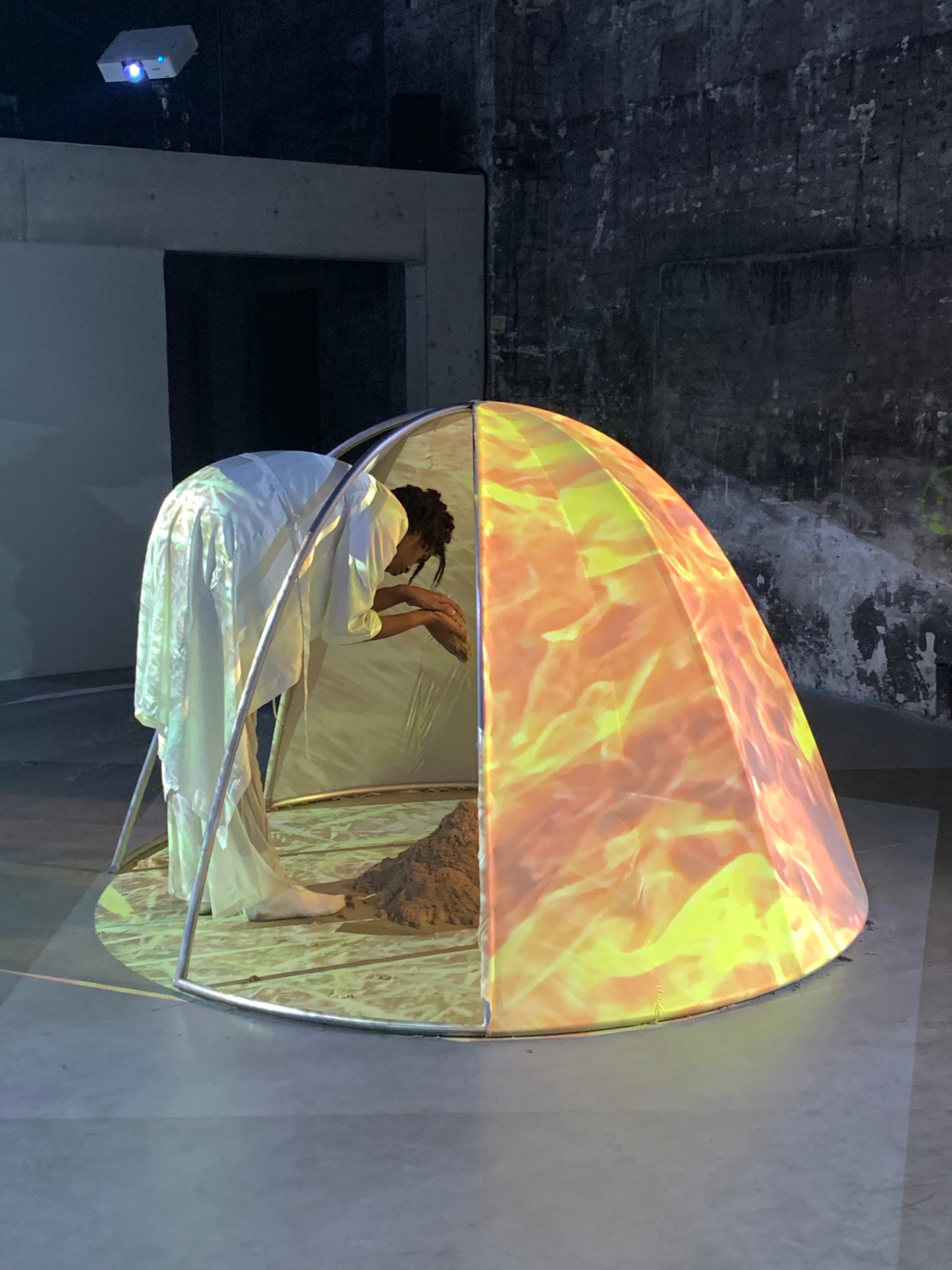

![Metamorphoses of Control [Catalogue launch]](https://media.isabellafuernkaes.com/Isabella_Fuernkaes_Mouches_Volantes_Metamorphoses_of_Control_2022_00001.jpg)
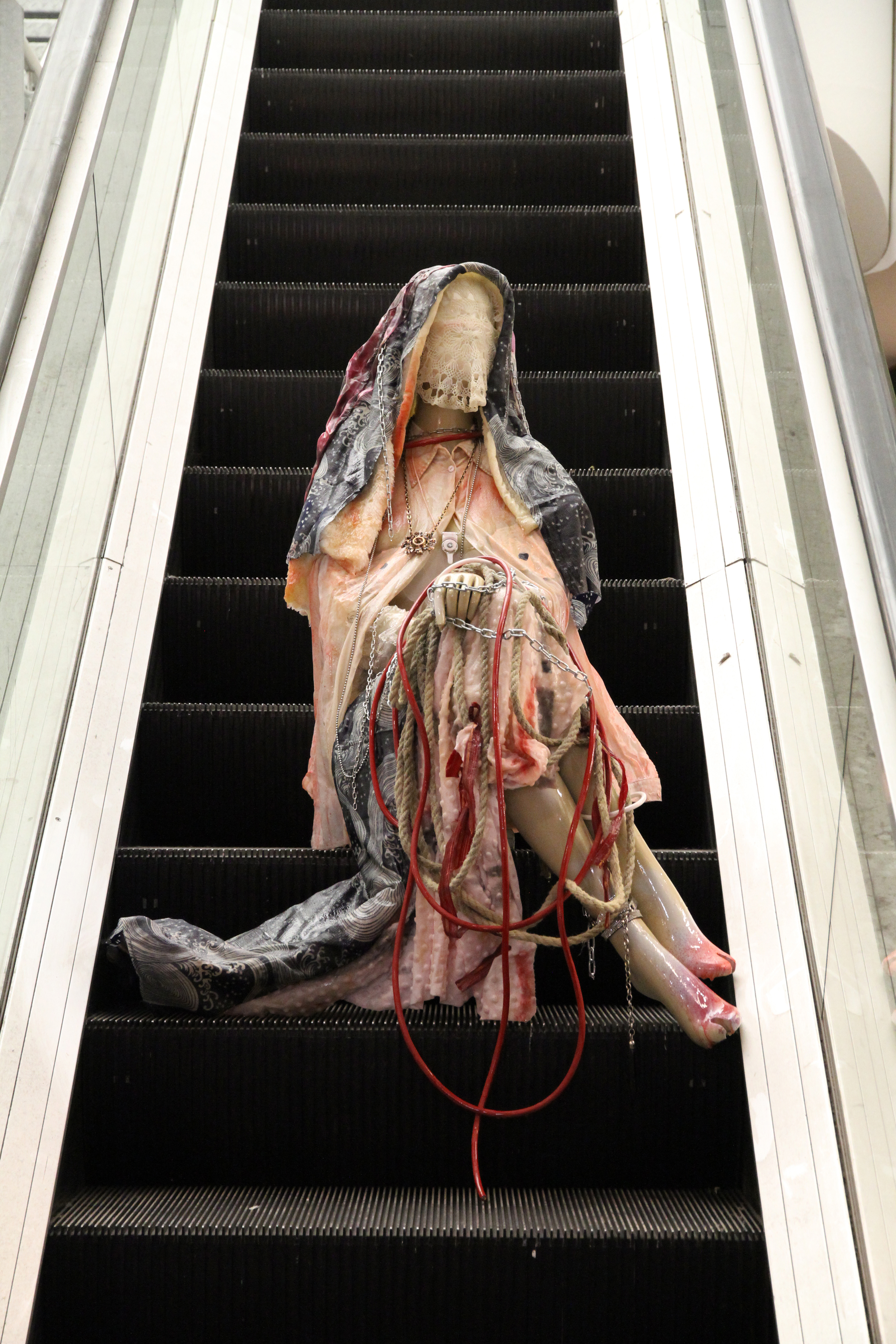
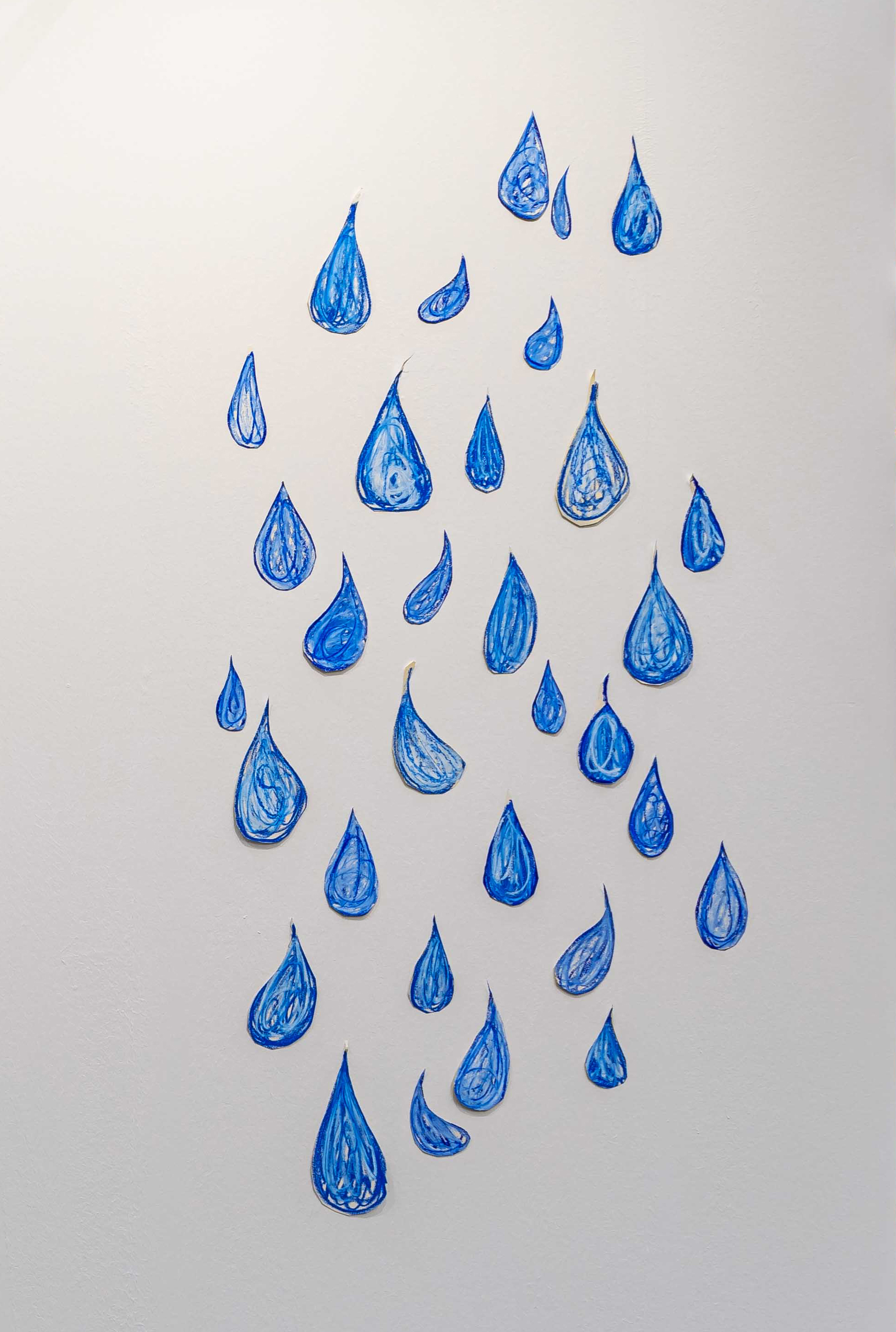
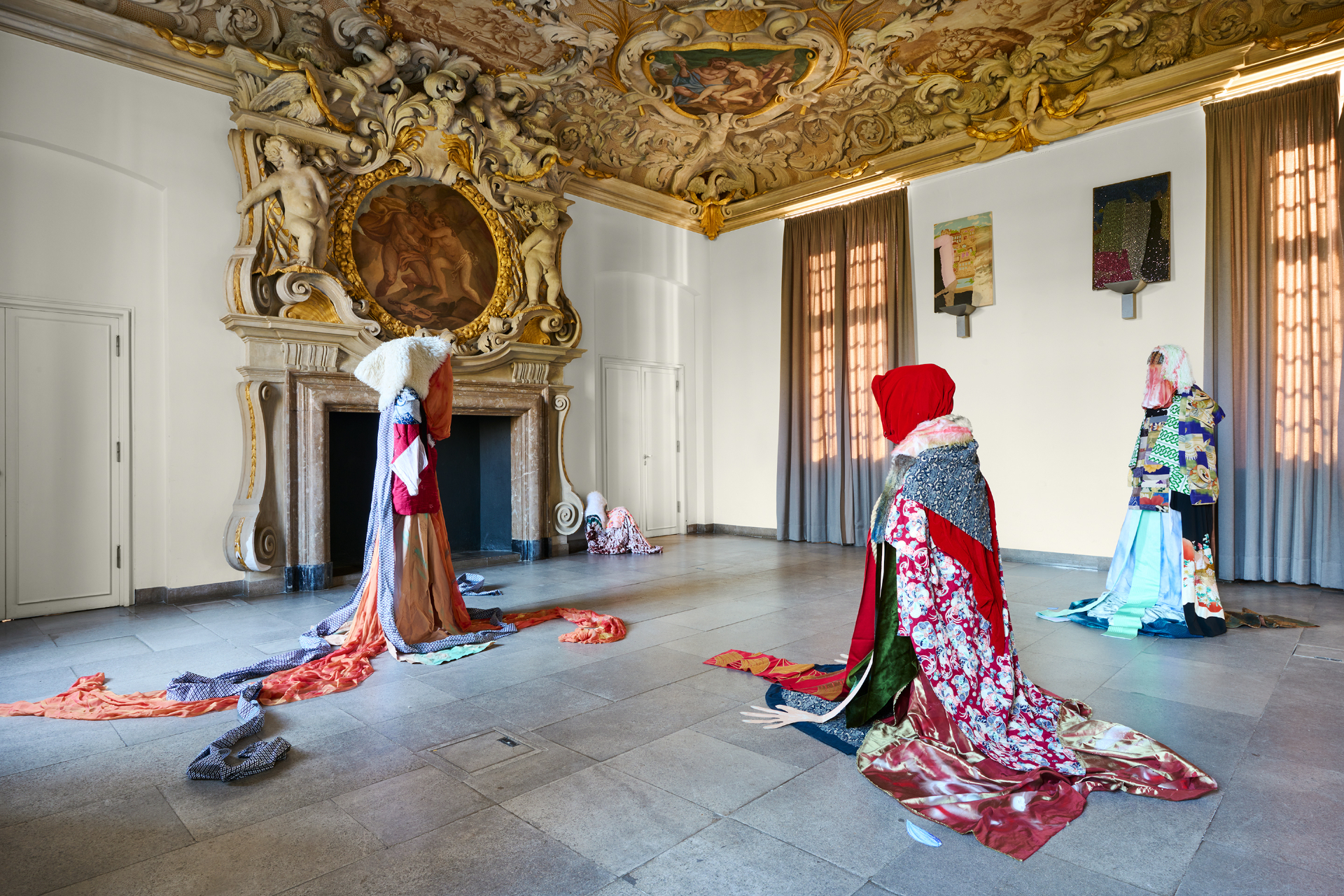
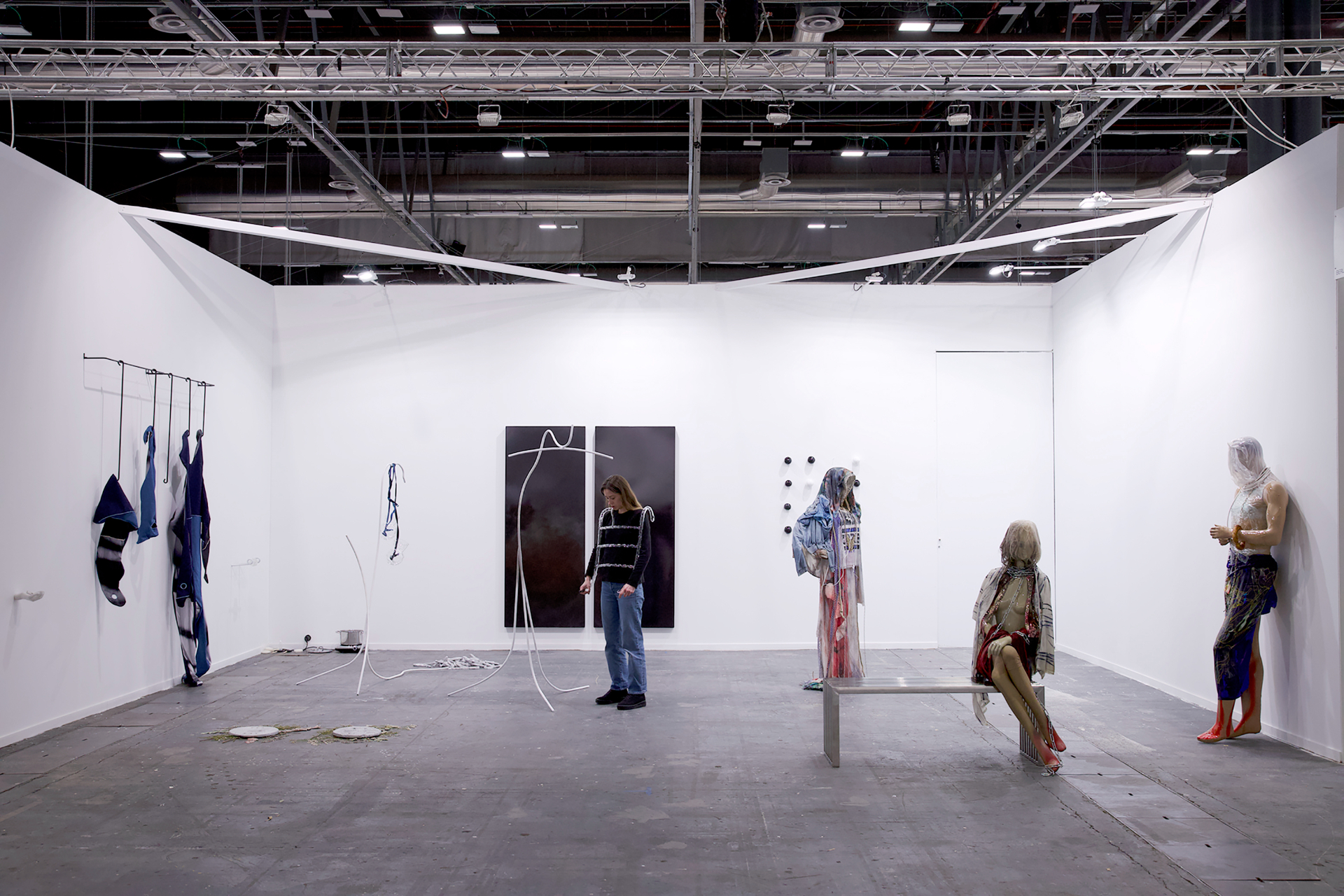
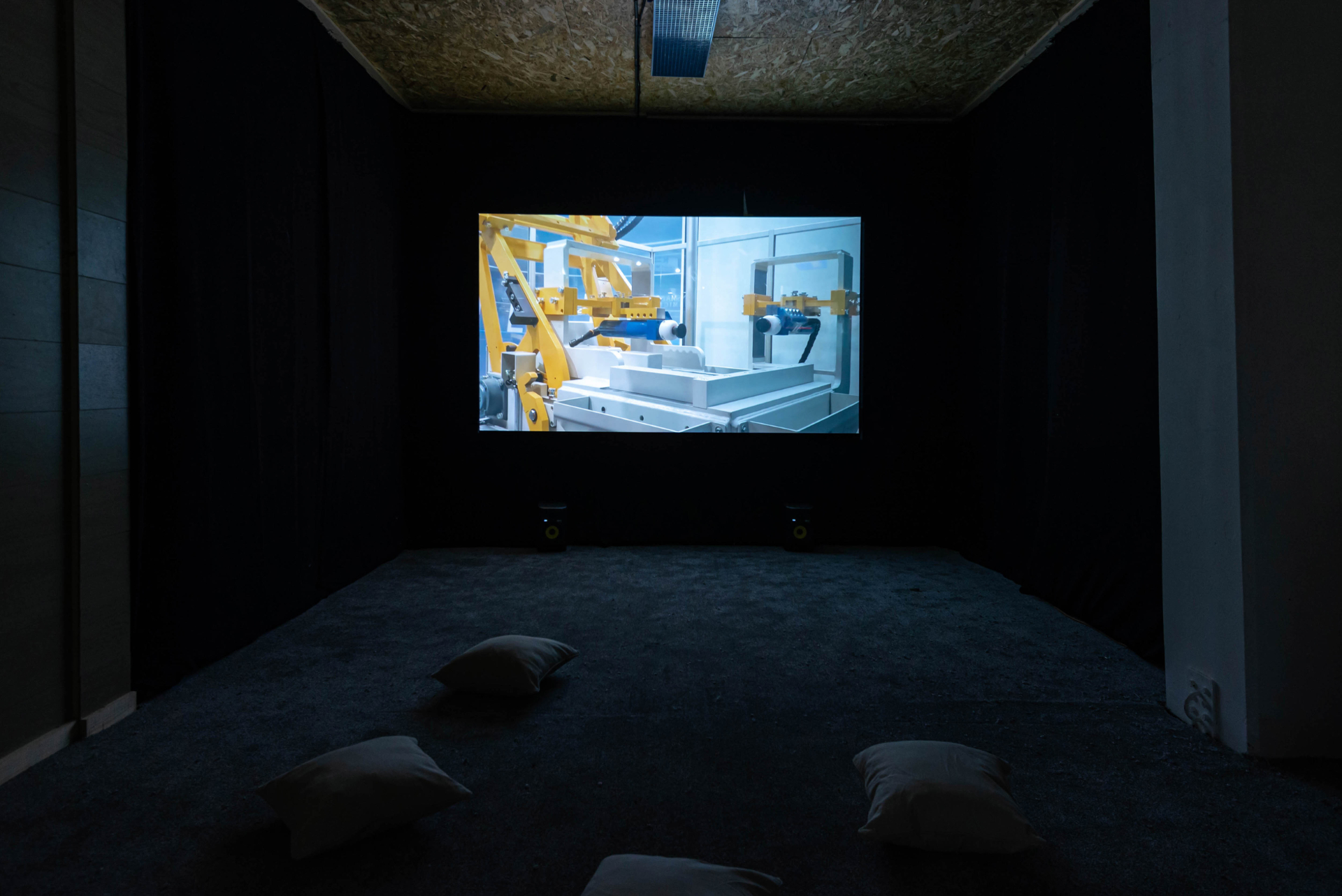

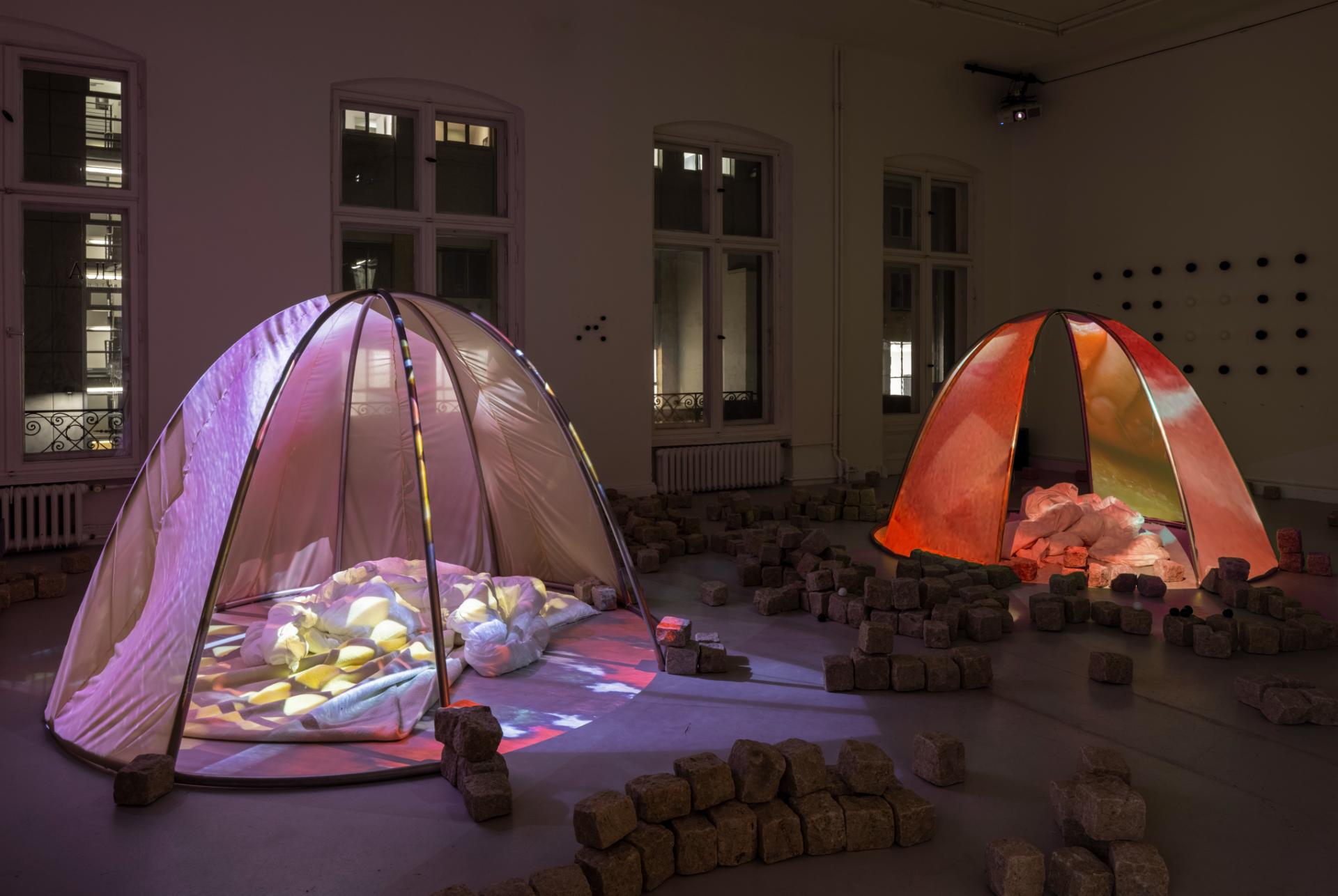
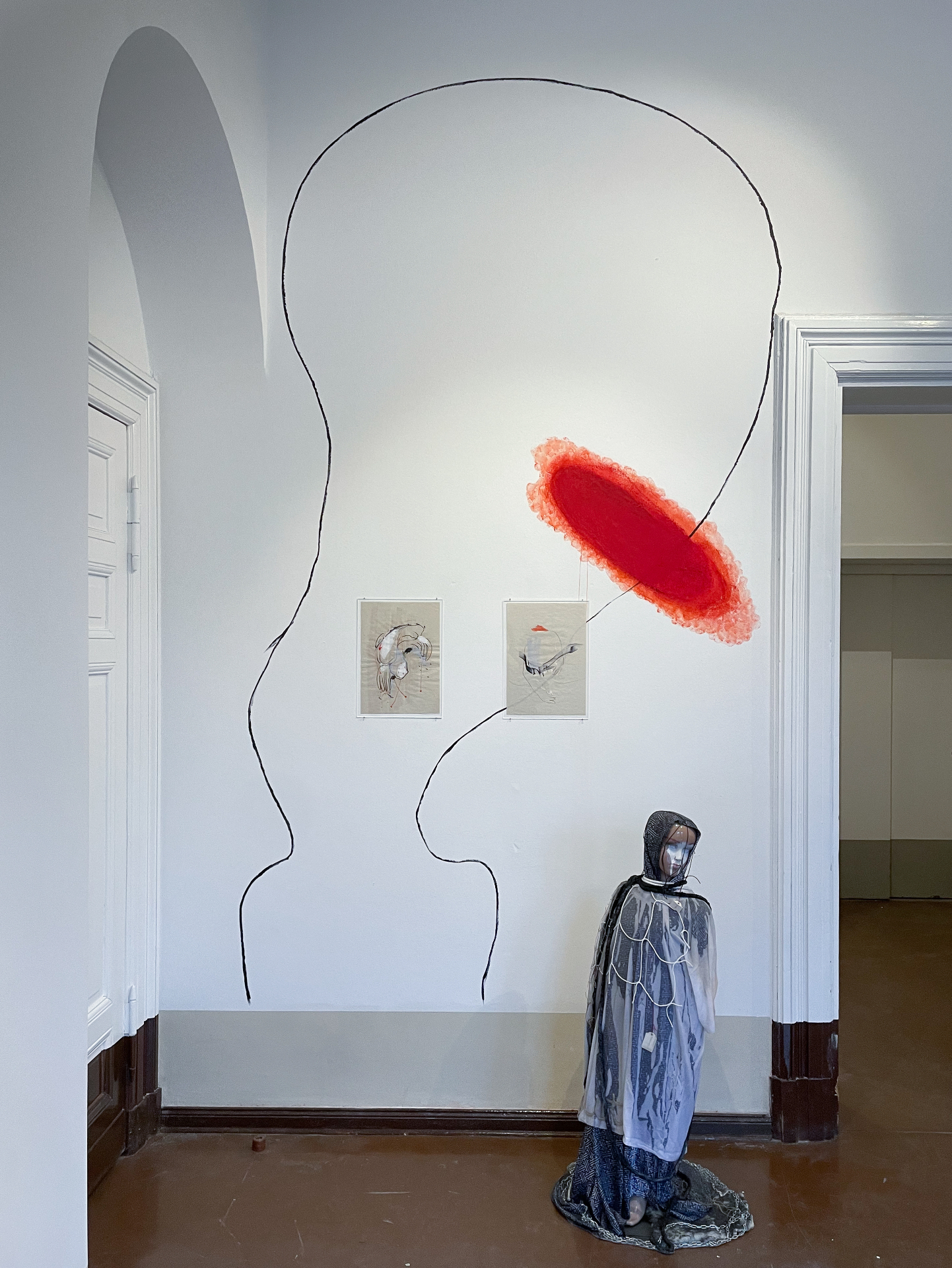

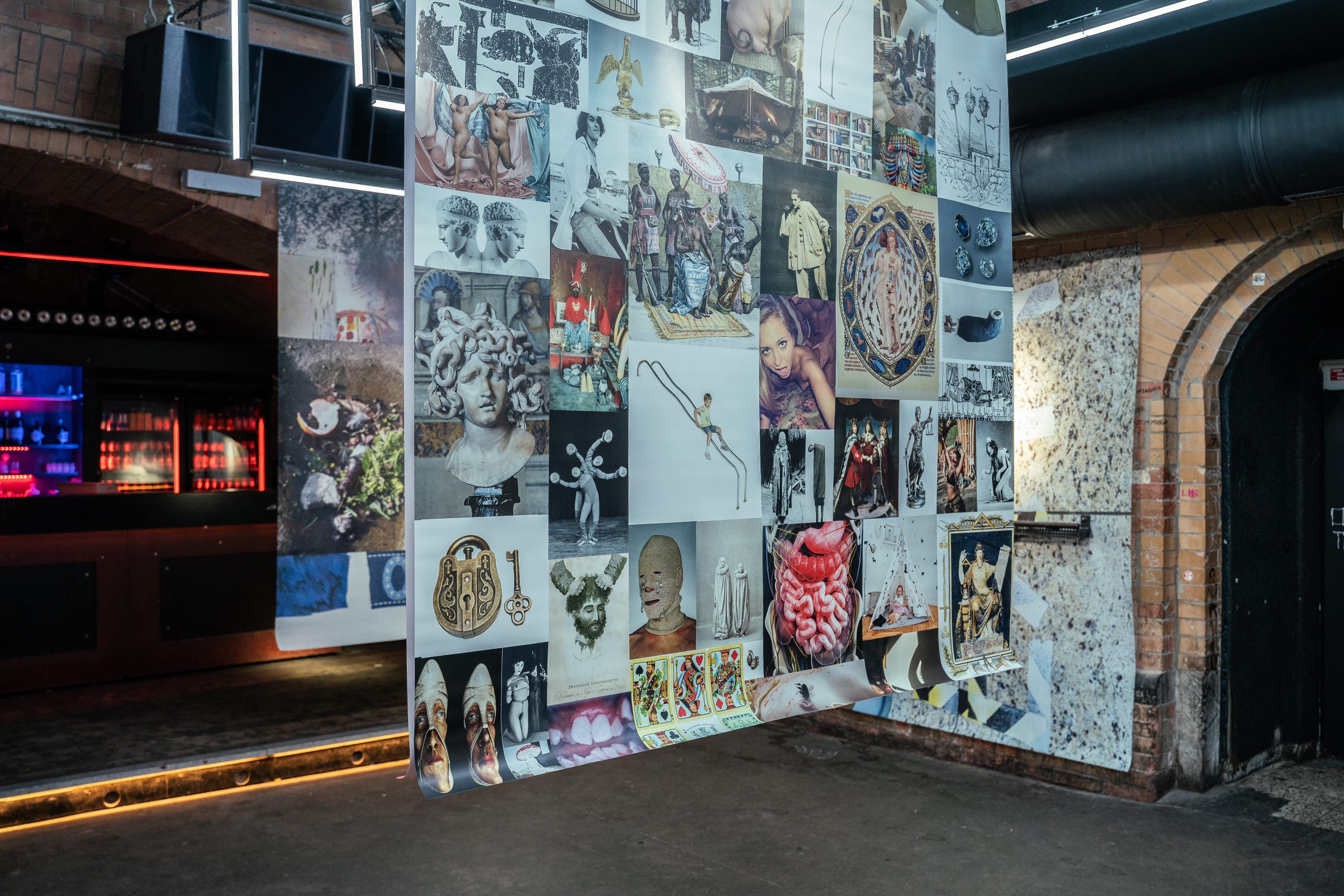
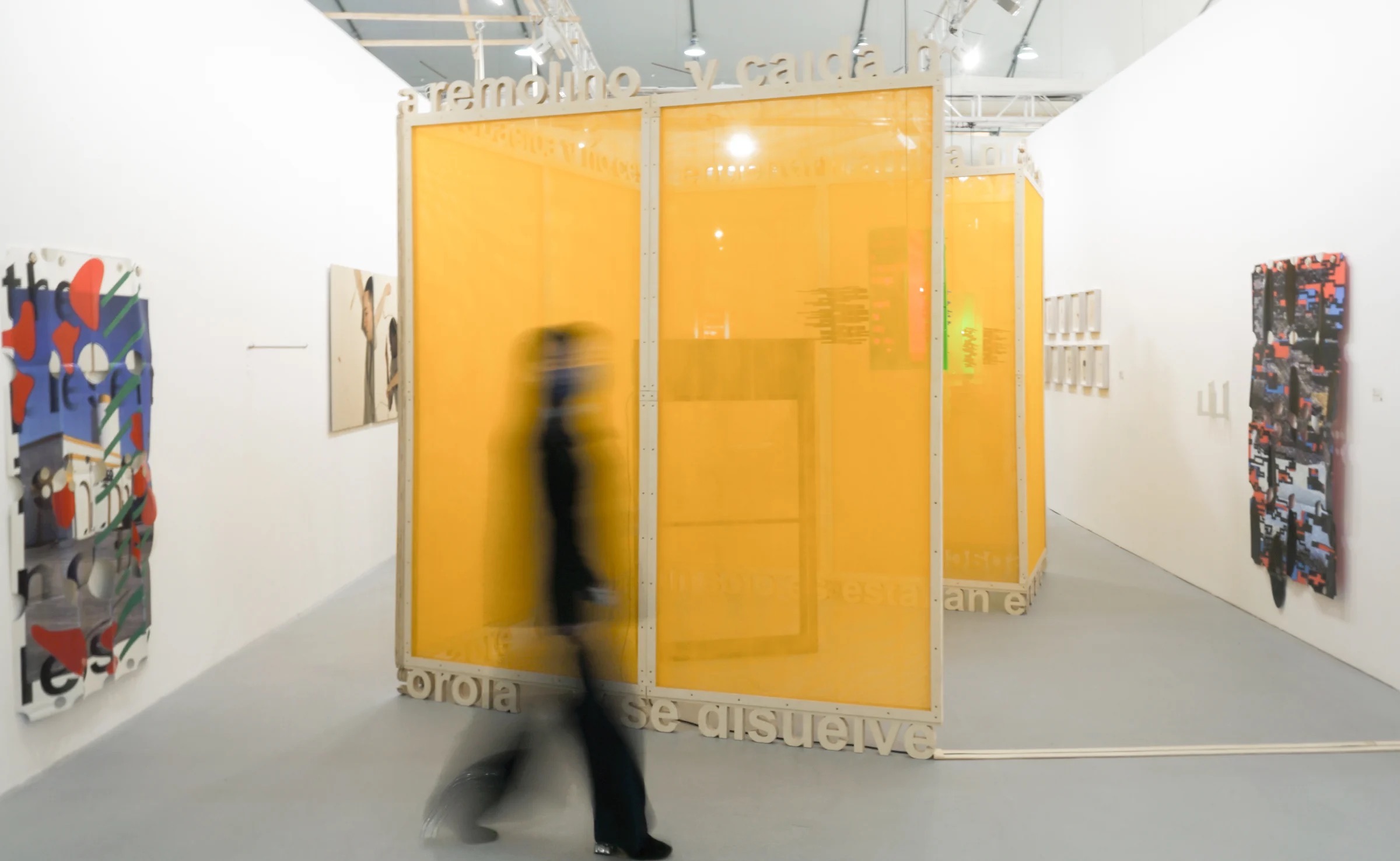
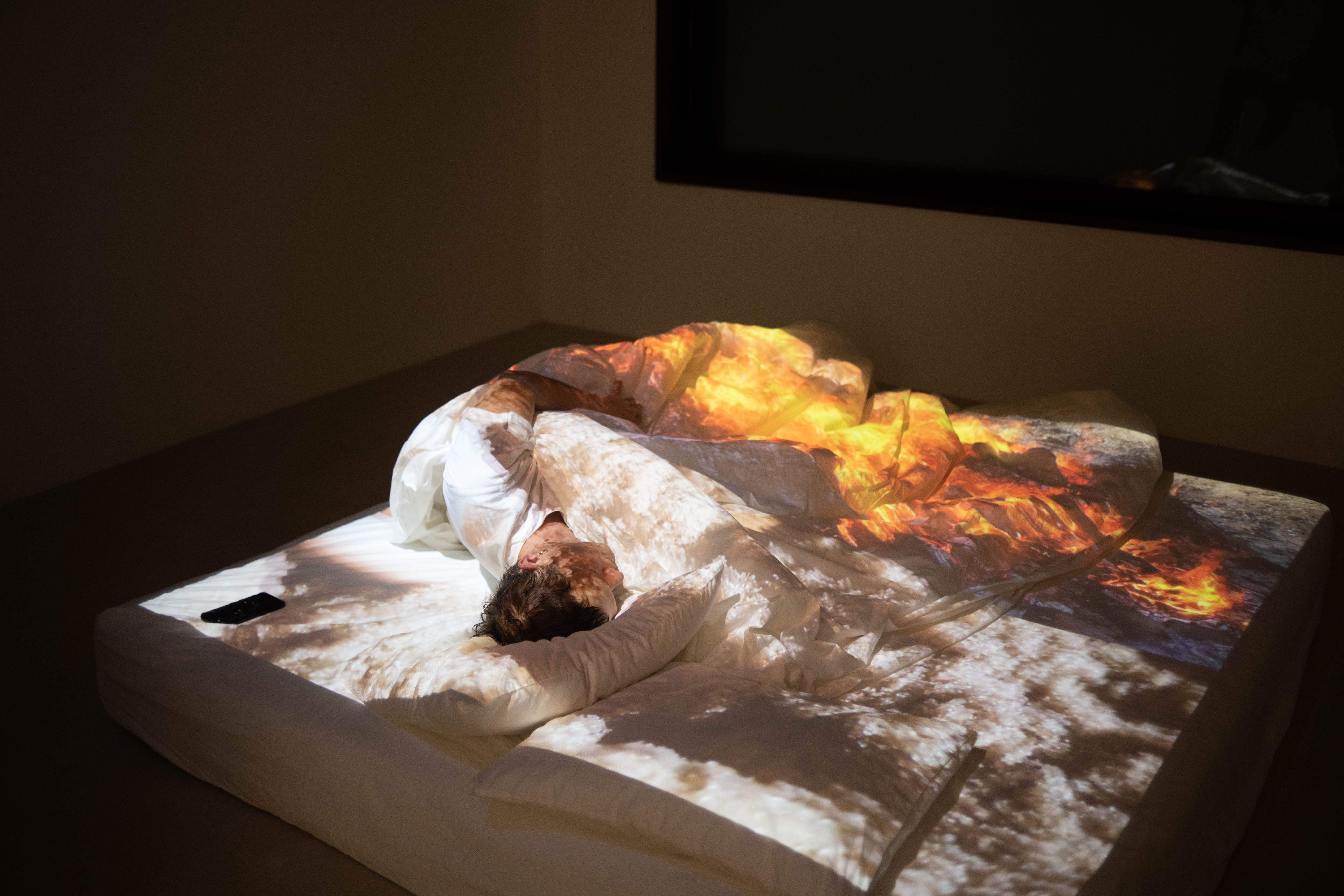
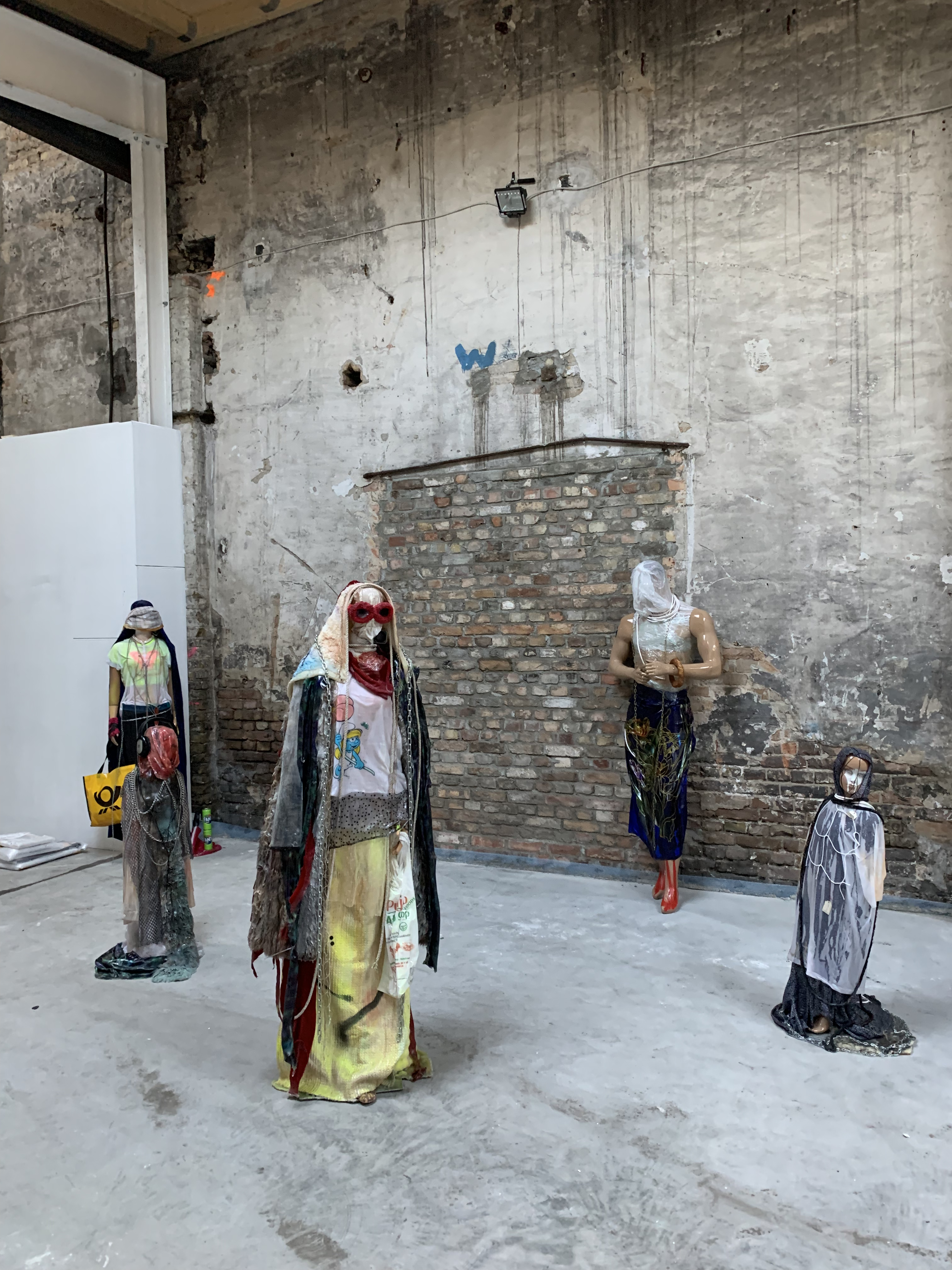

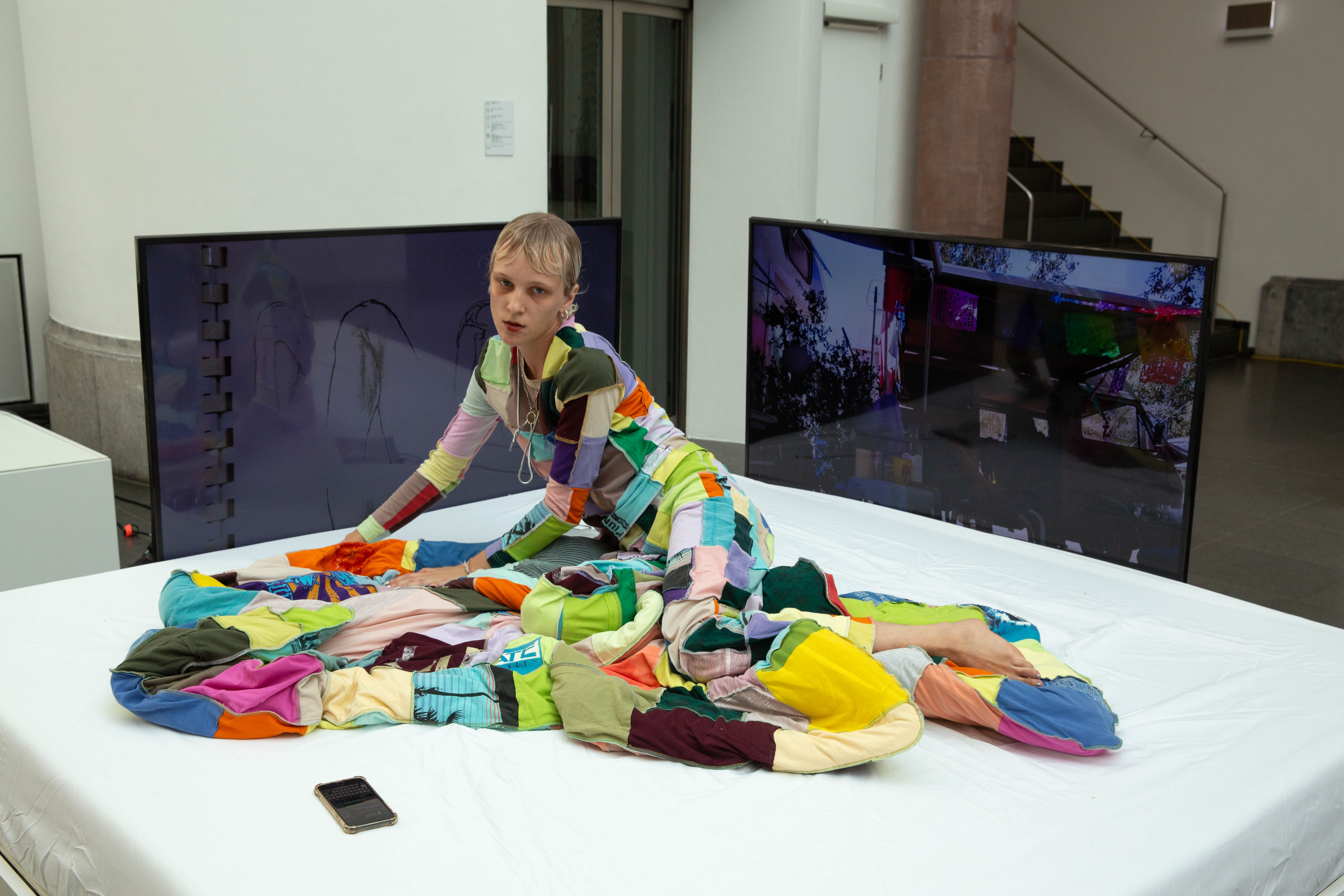

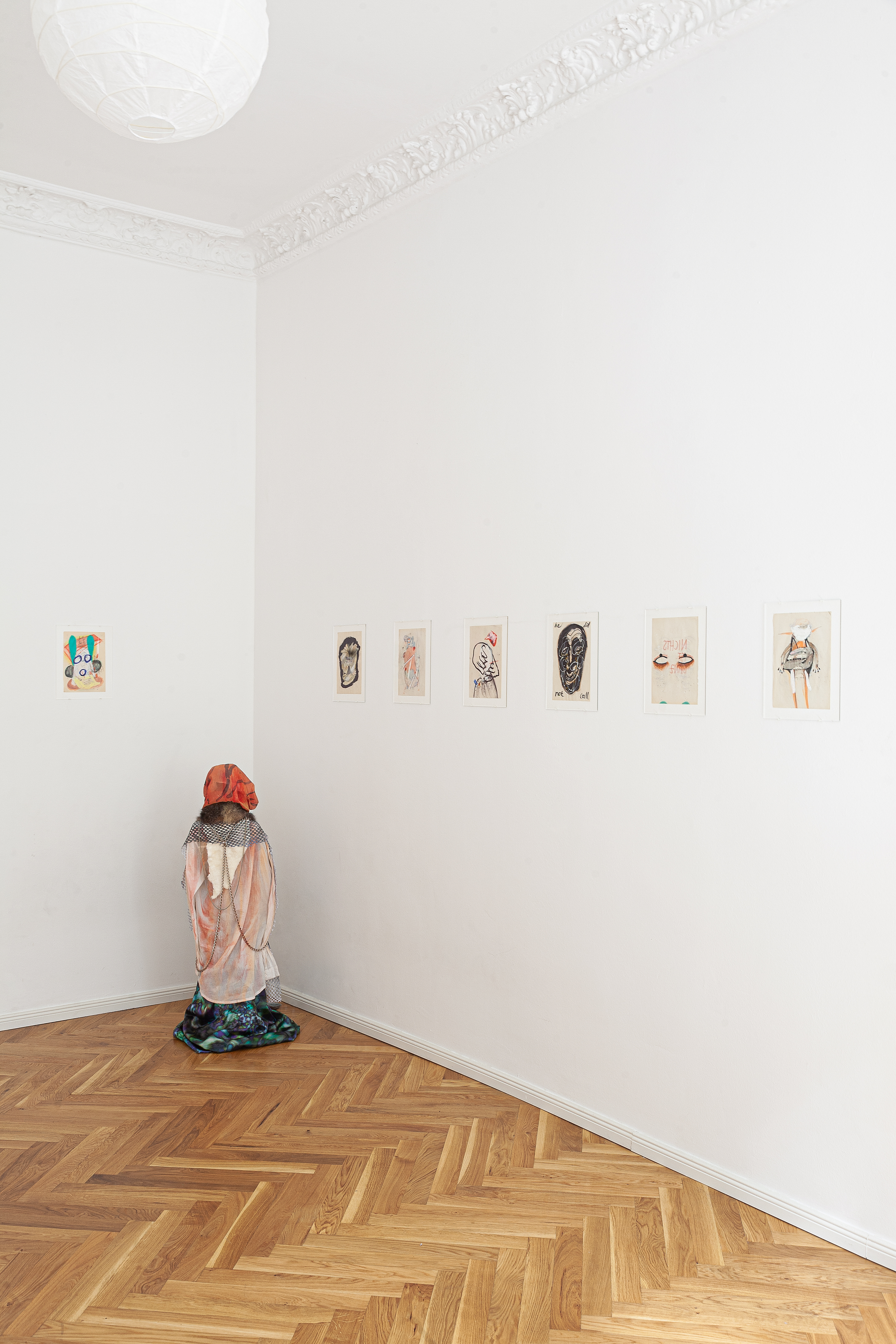
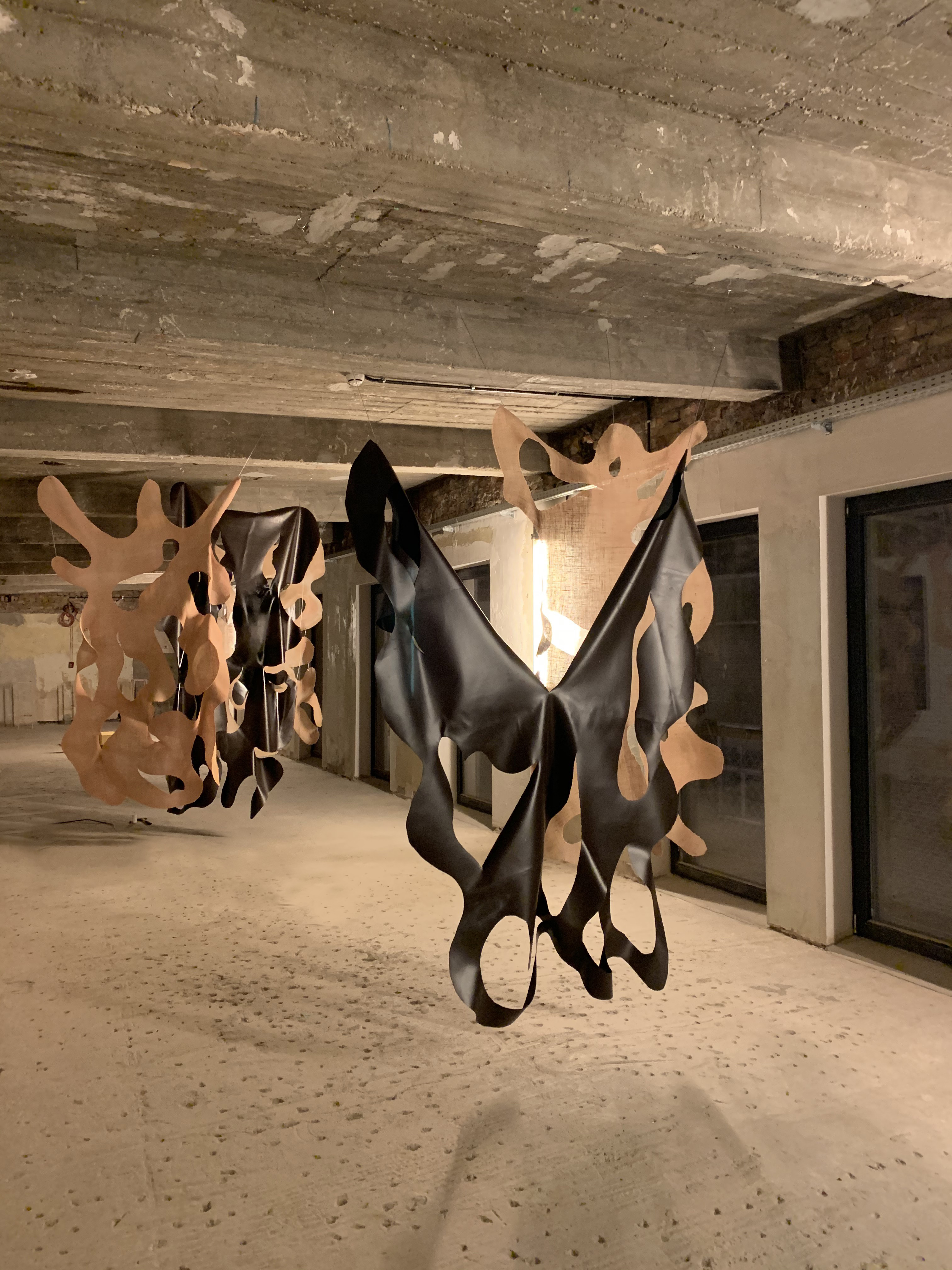
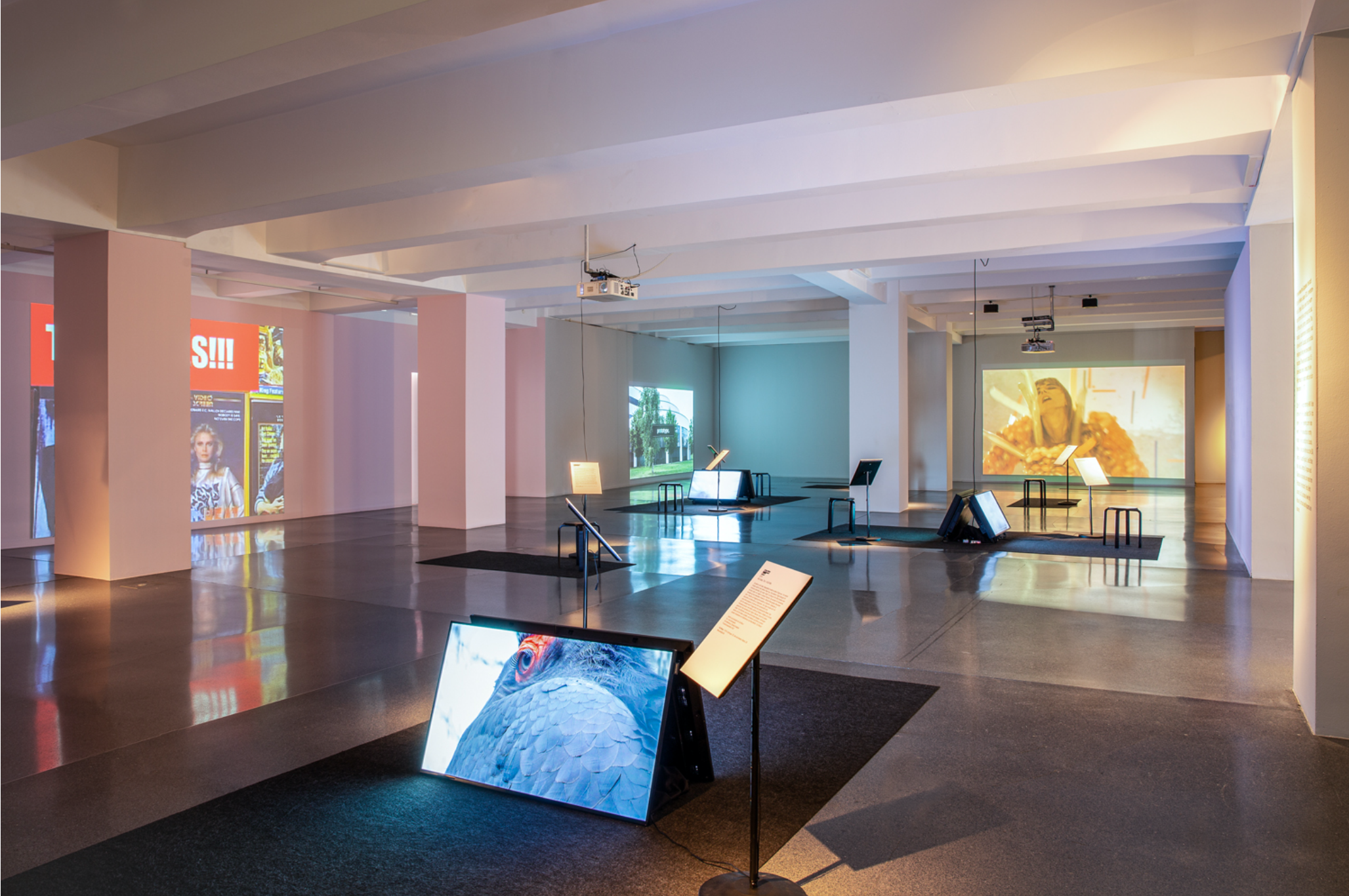

definitively_Goeben_Berlin_2020_00003.JPG)
